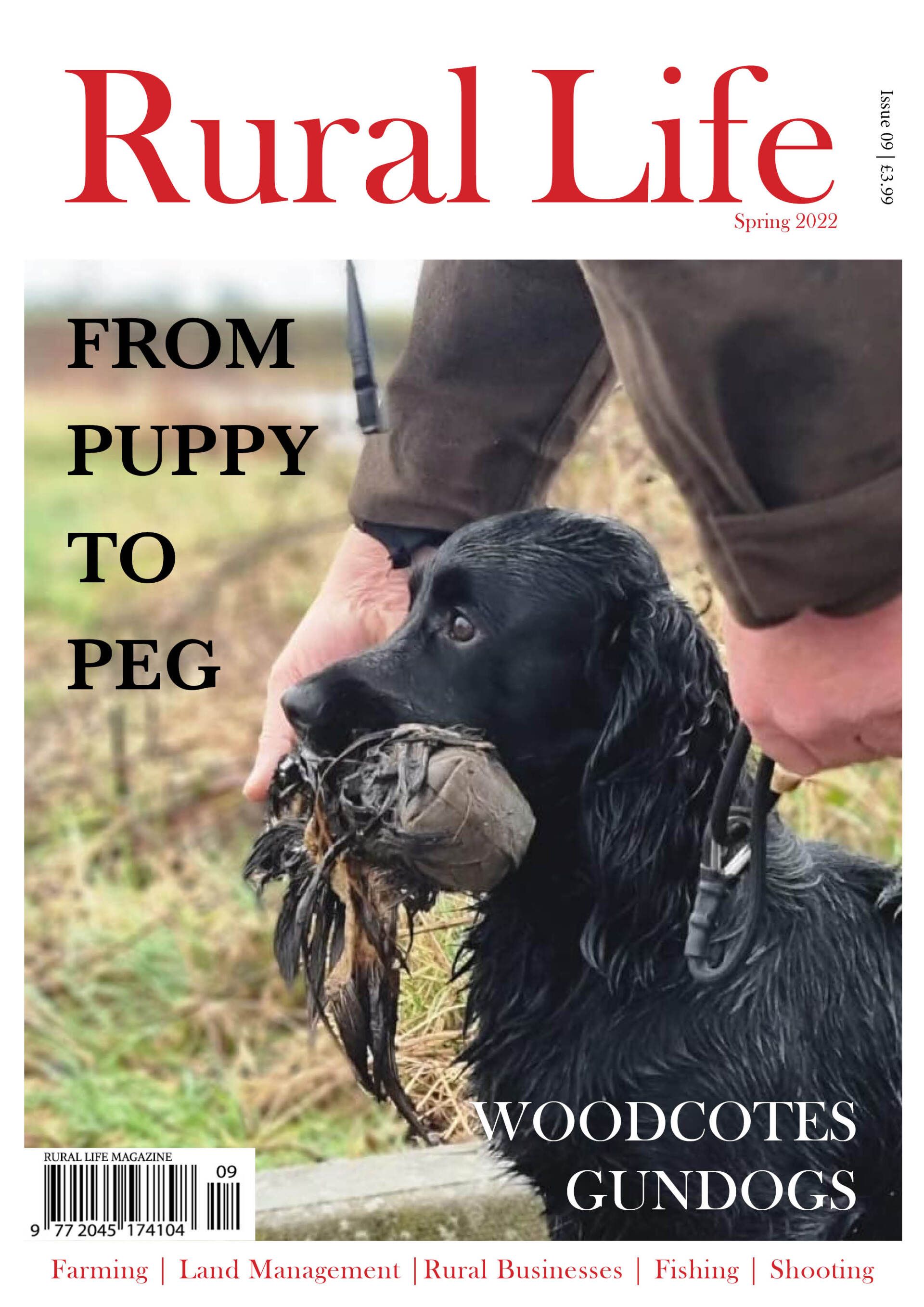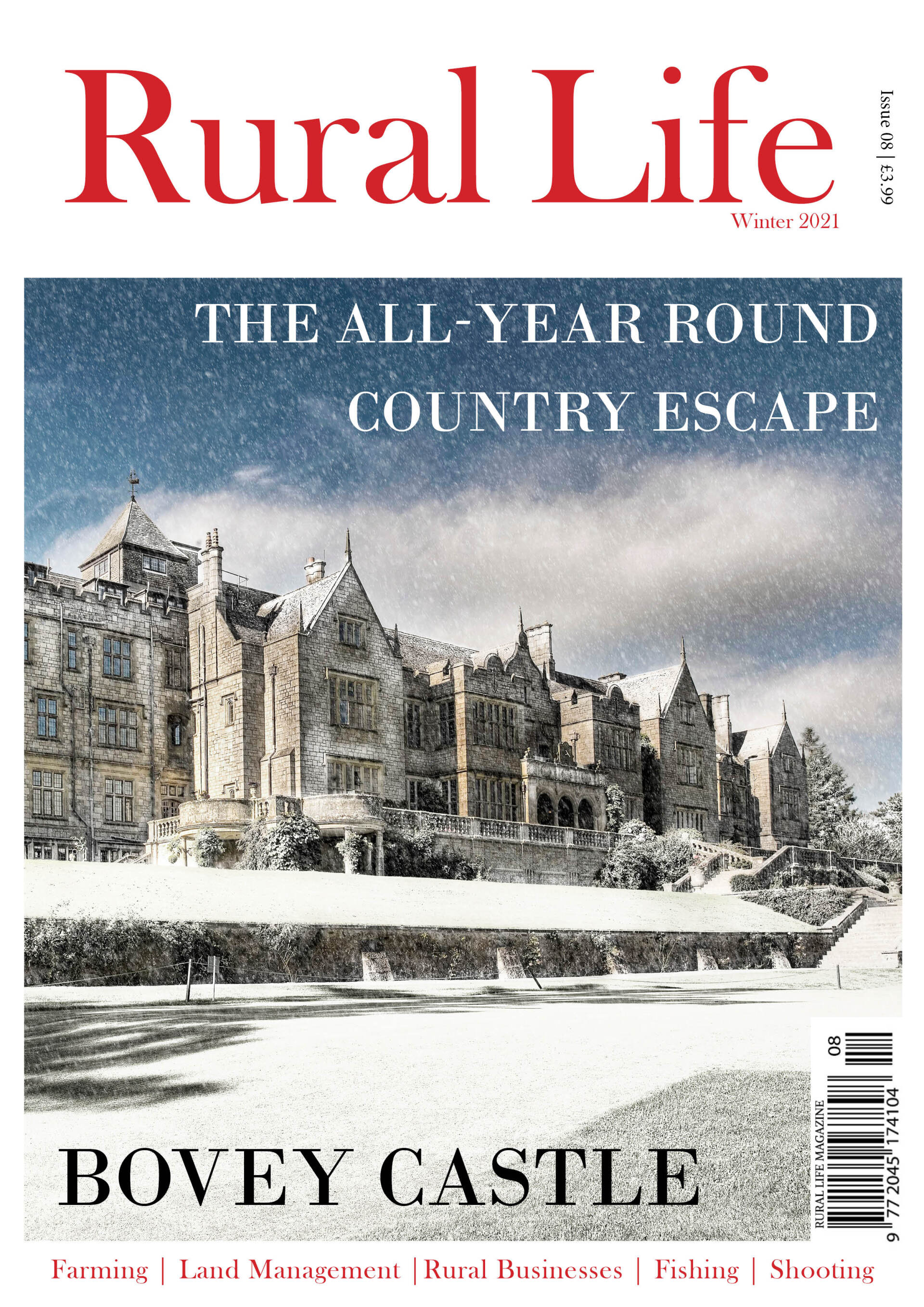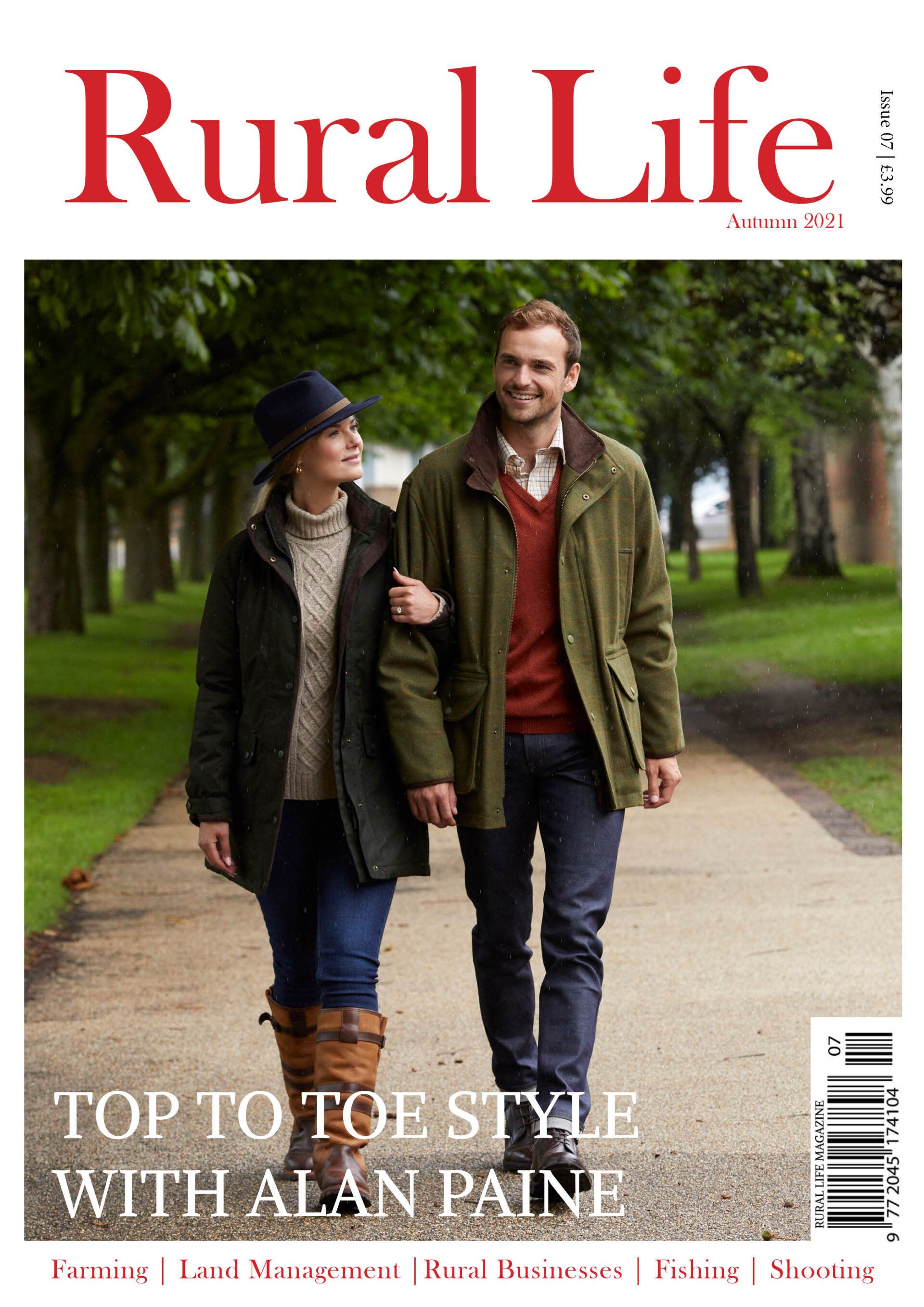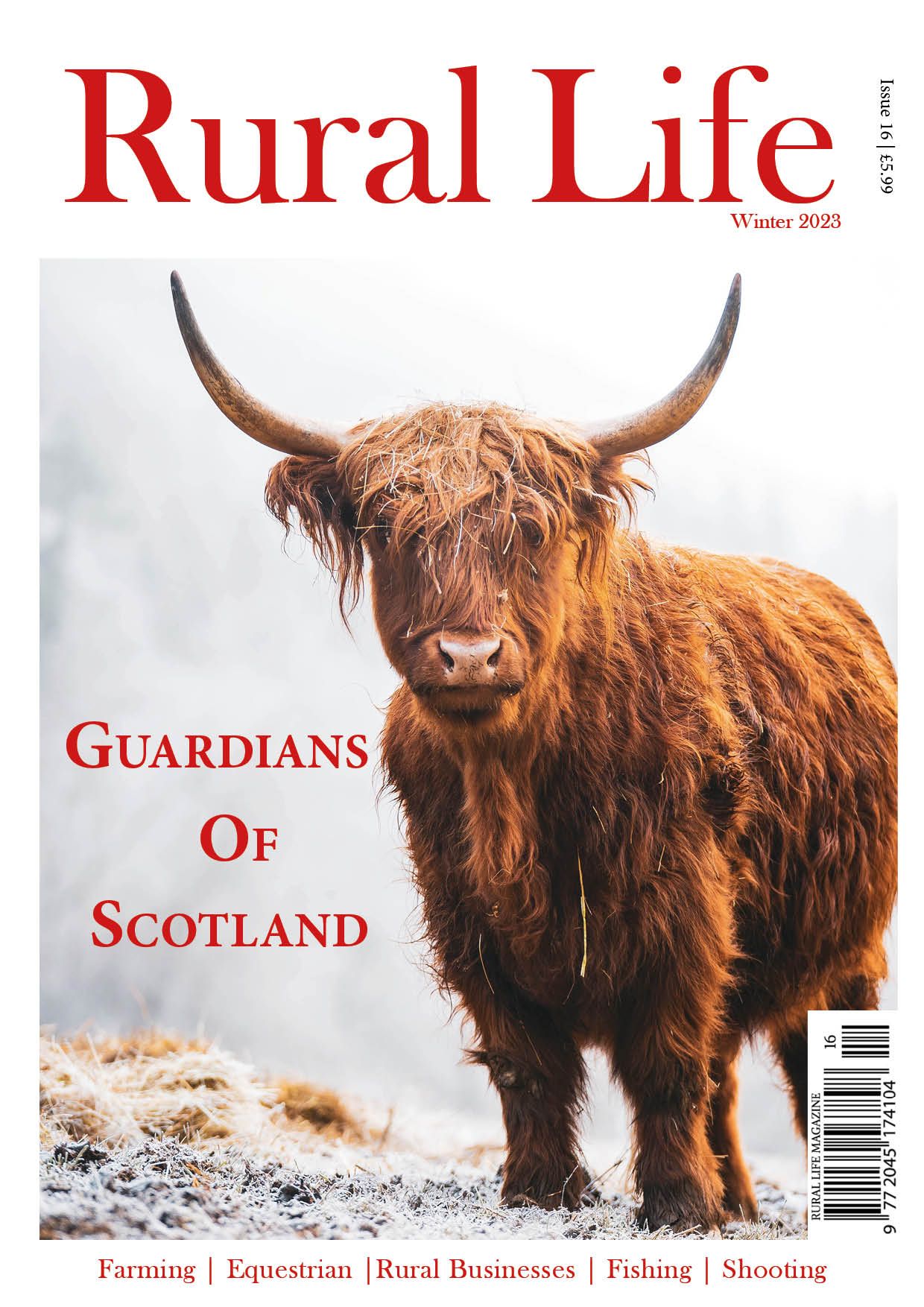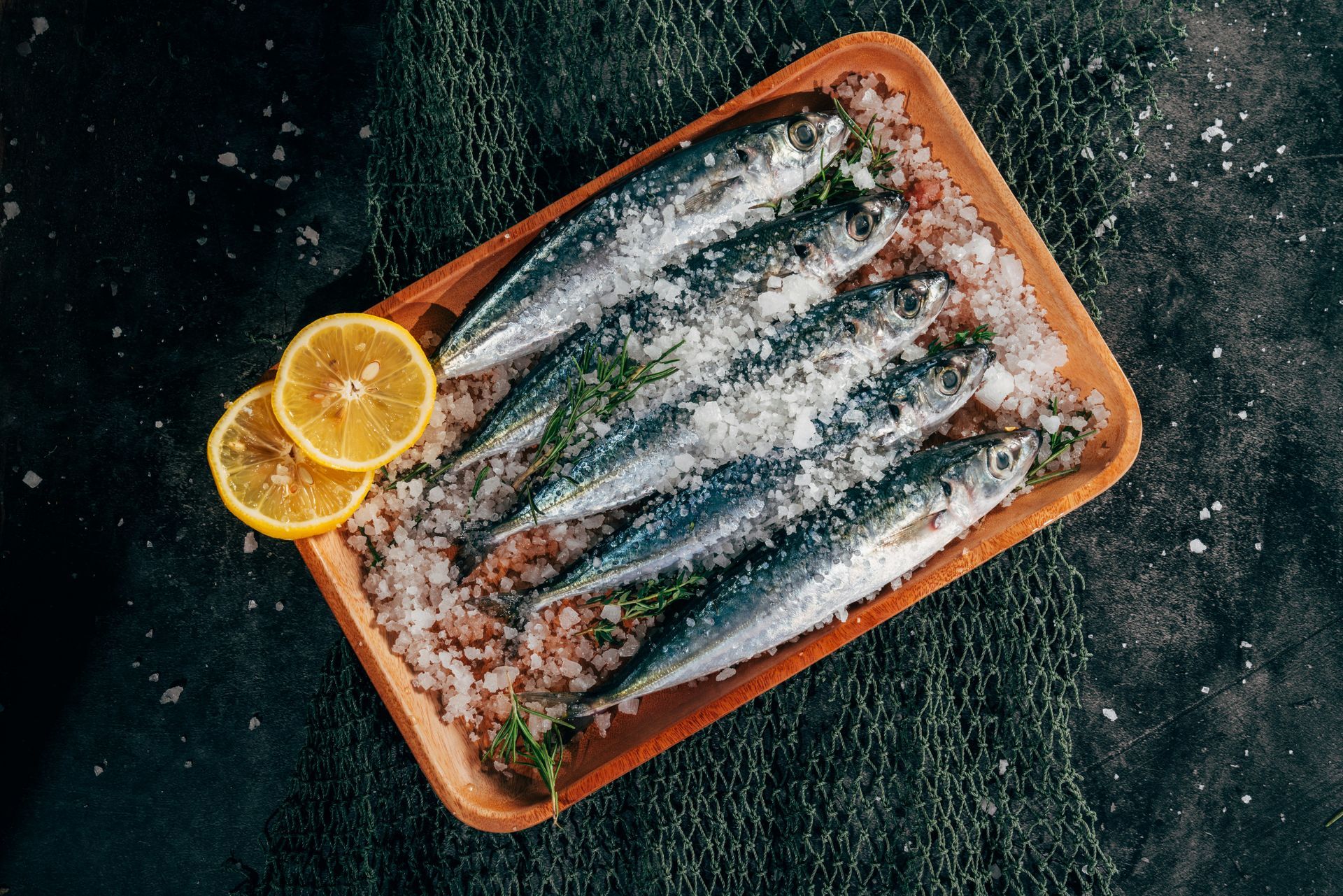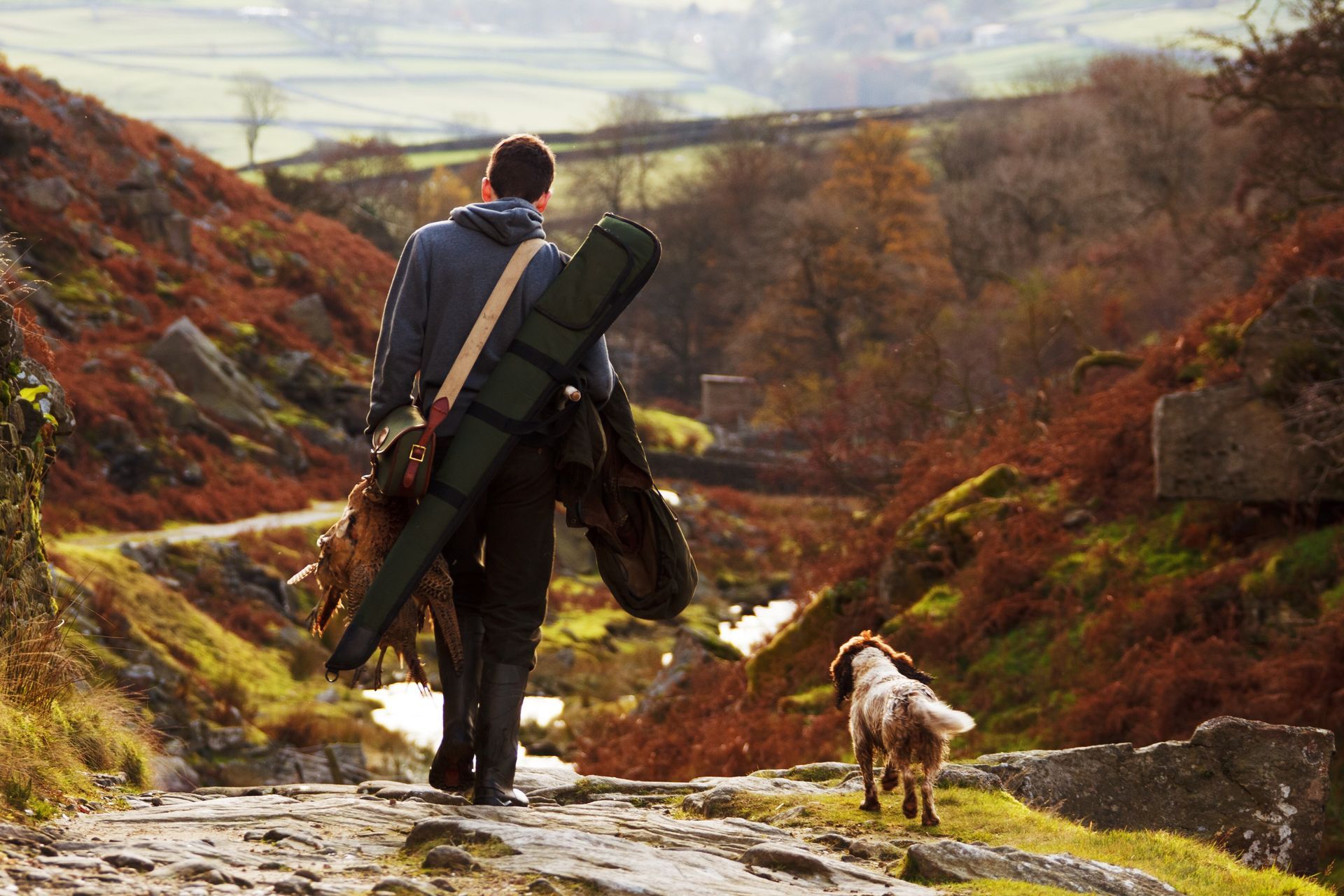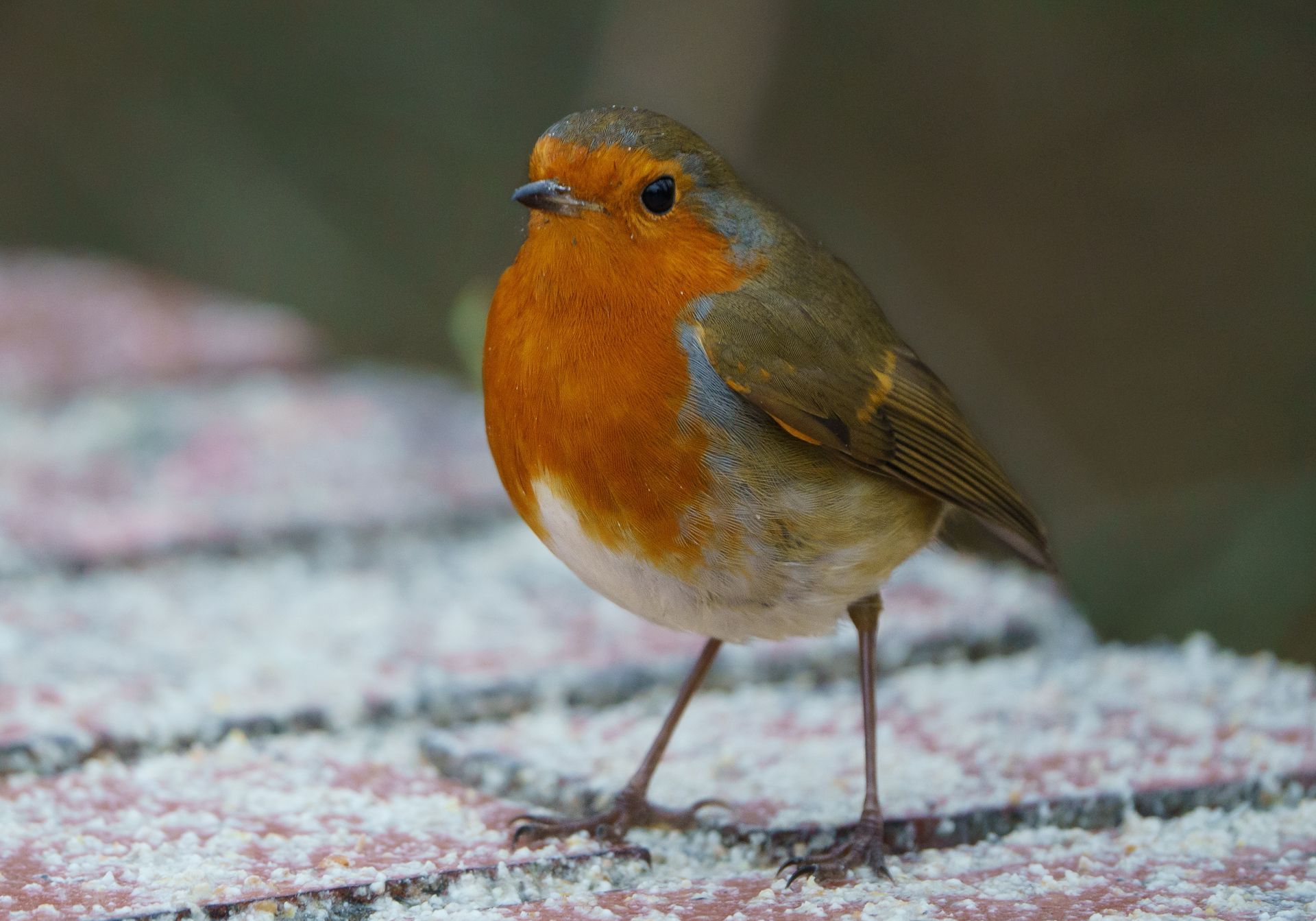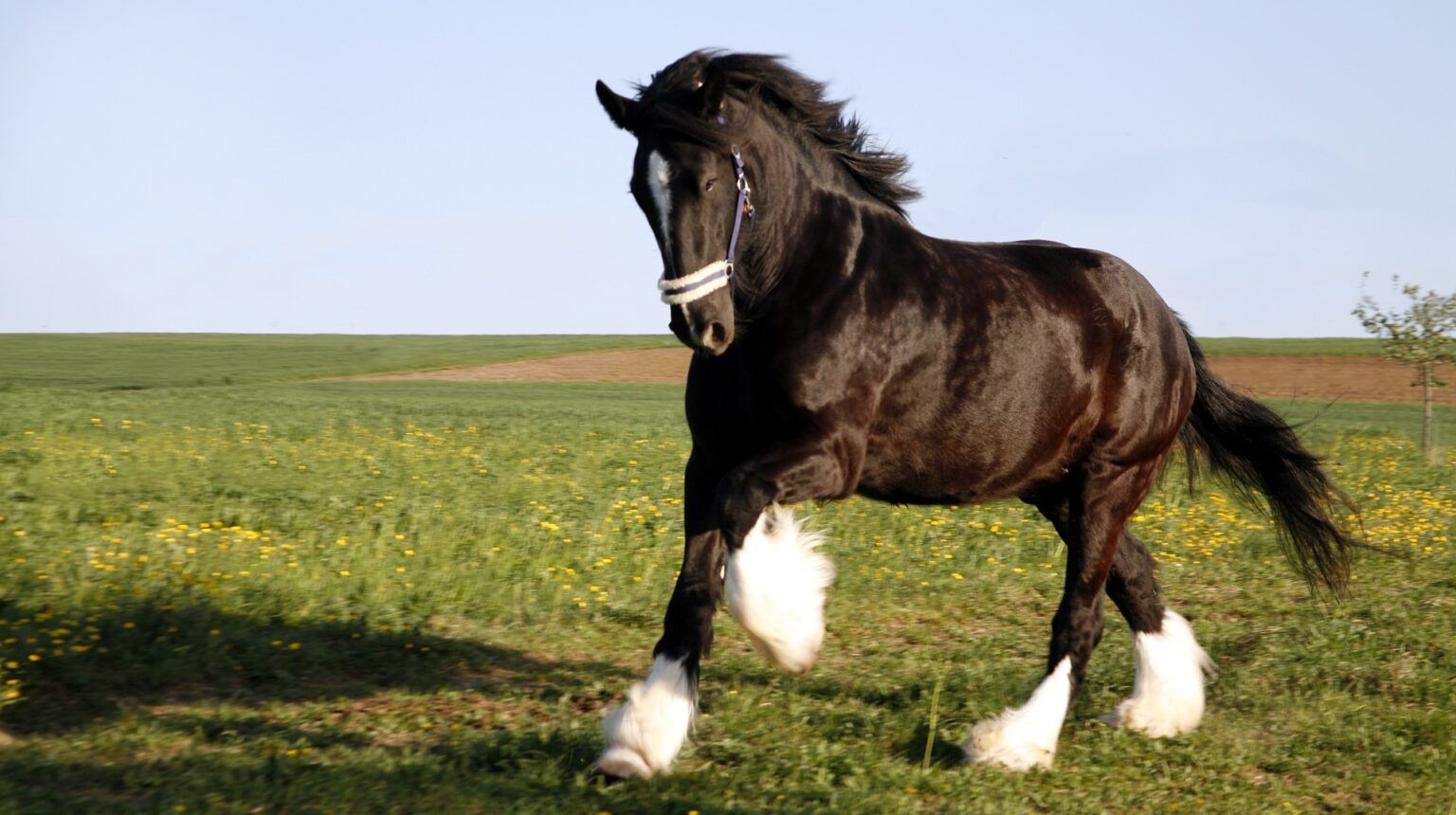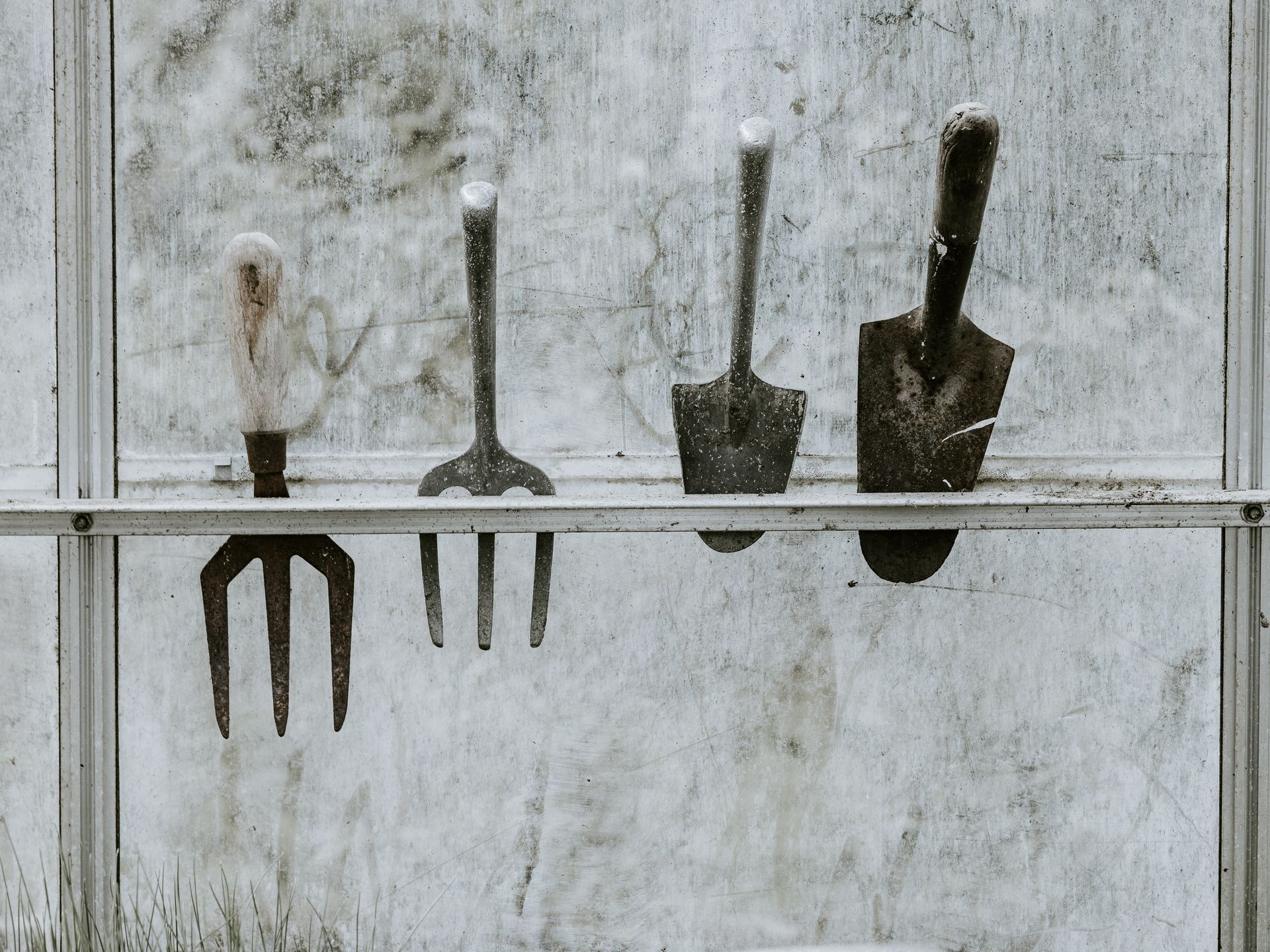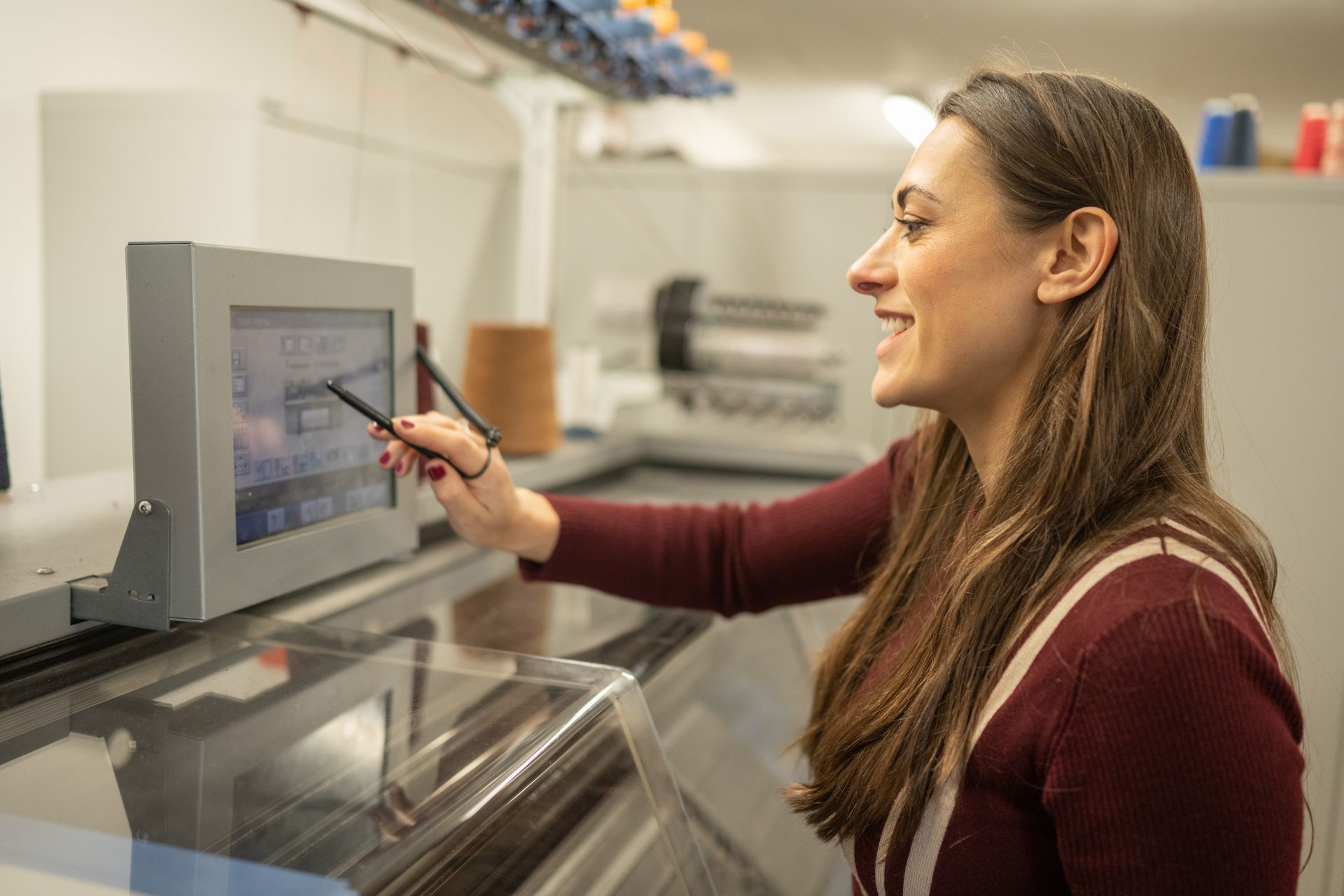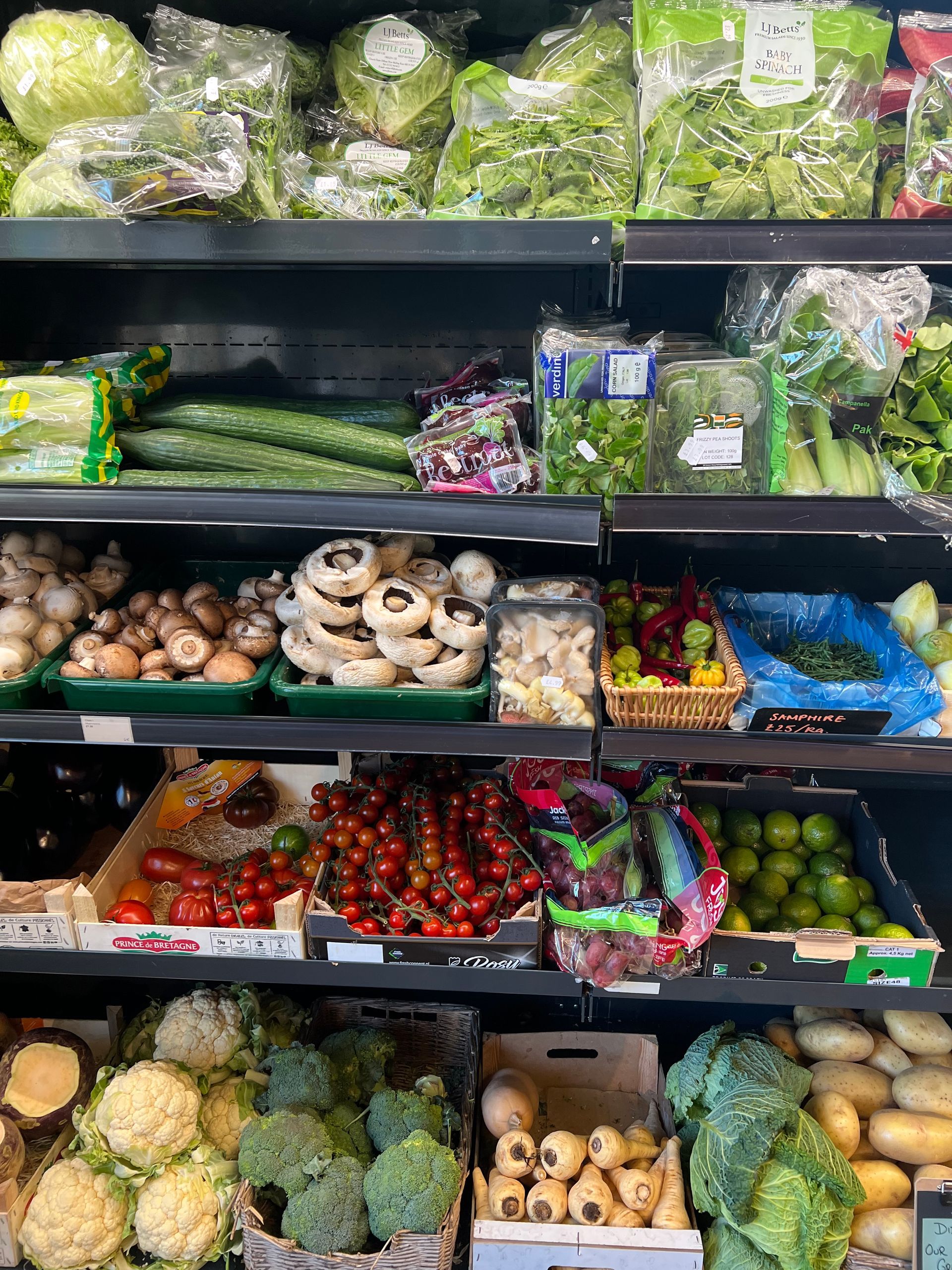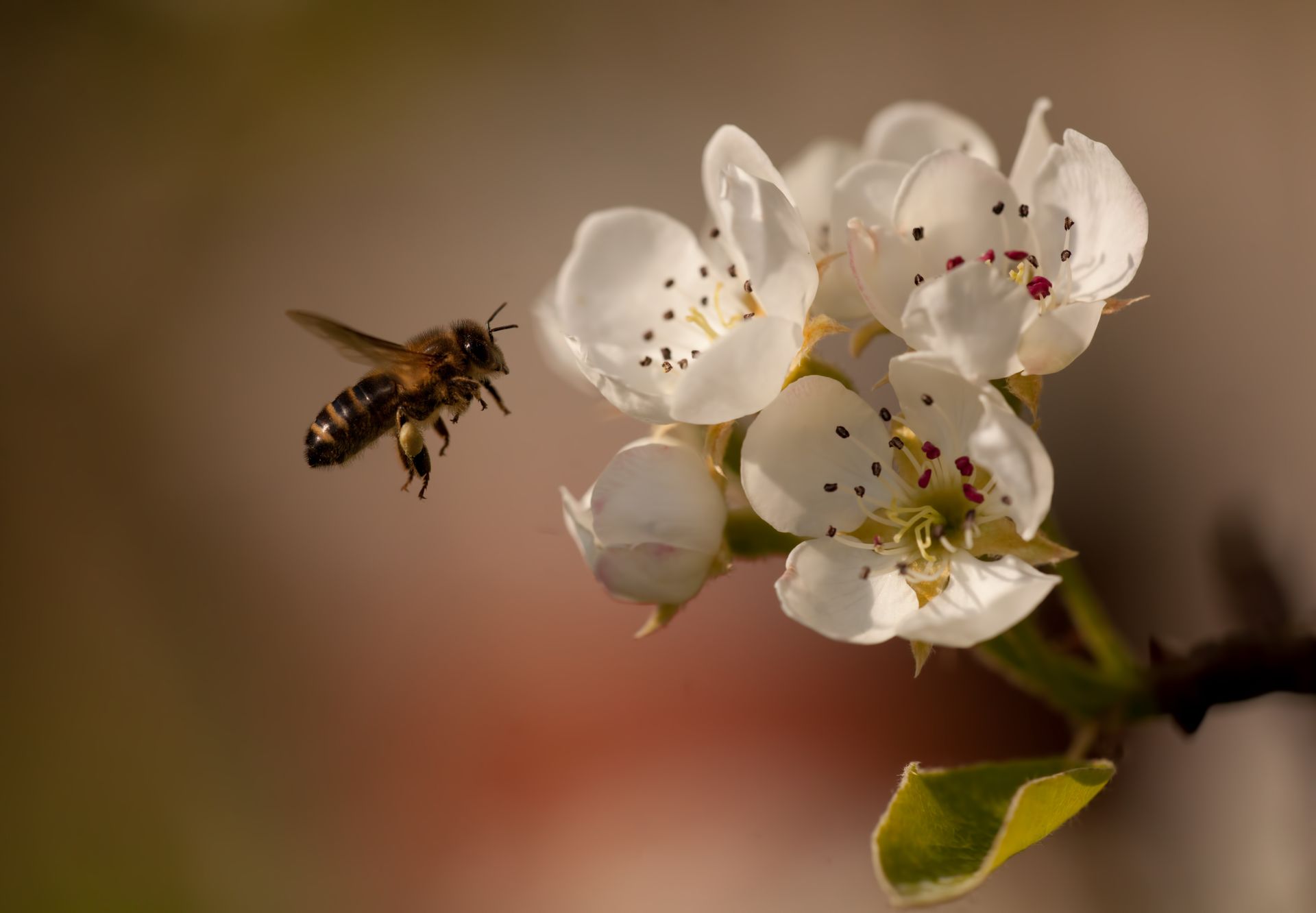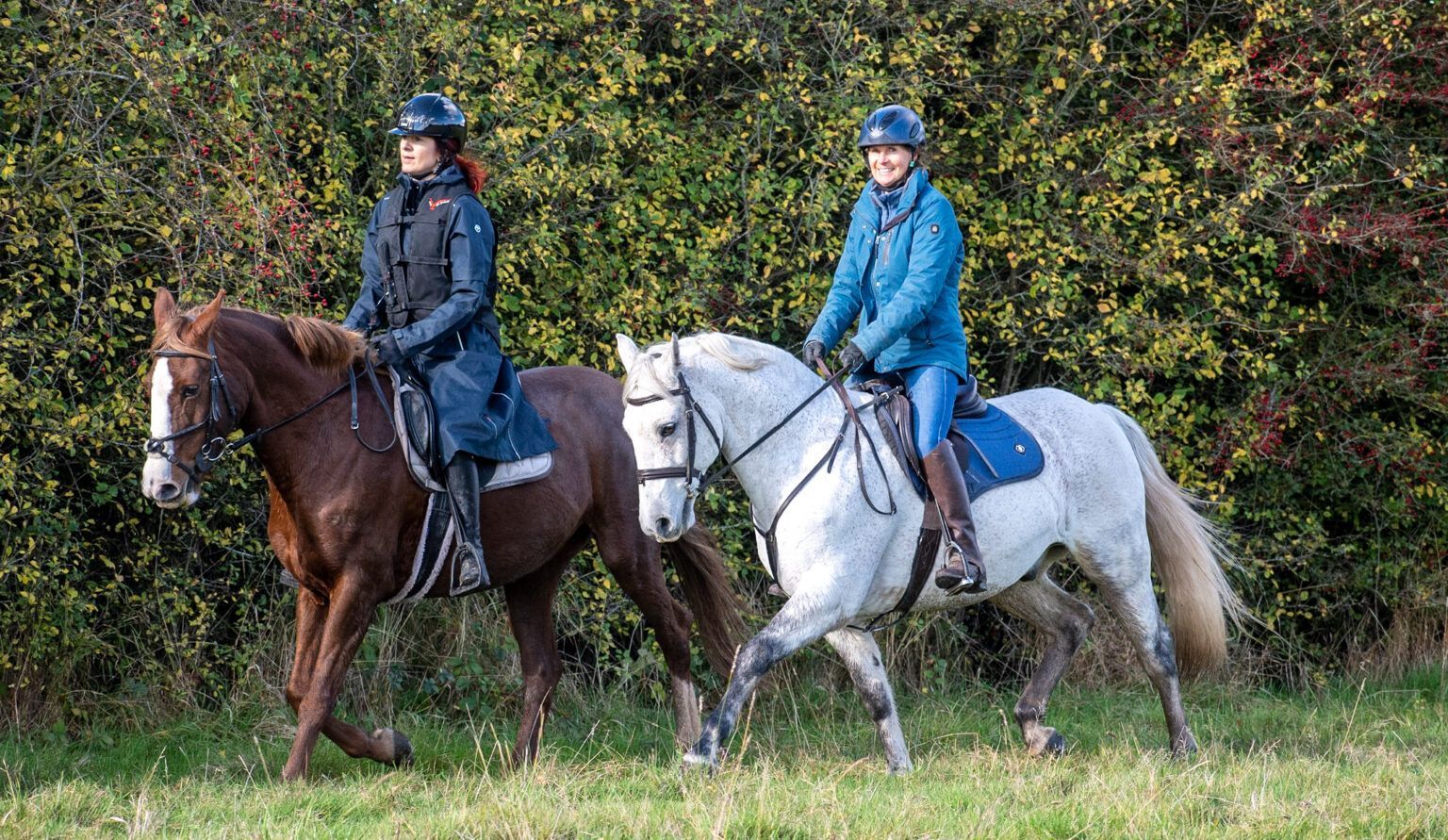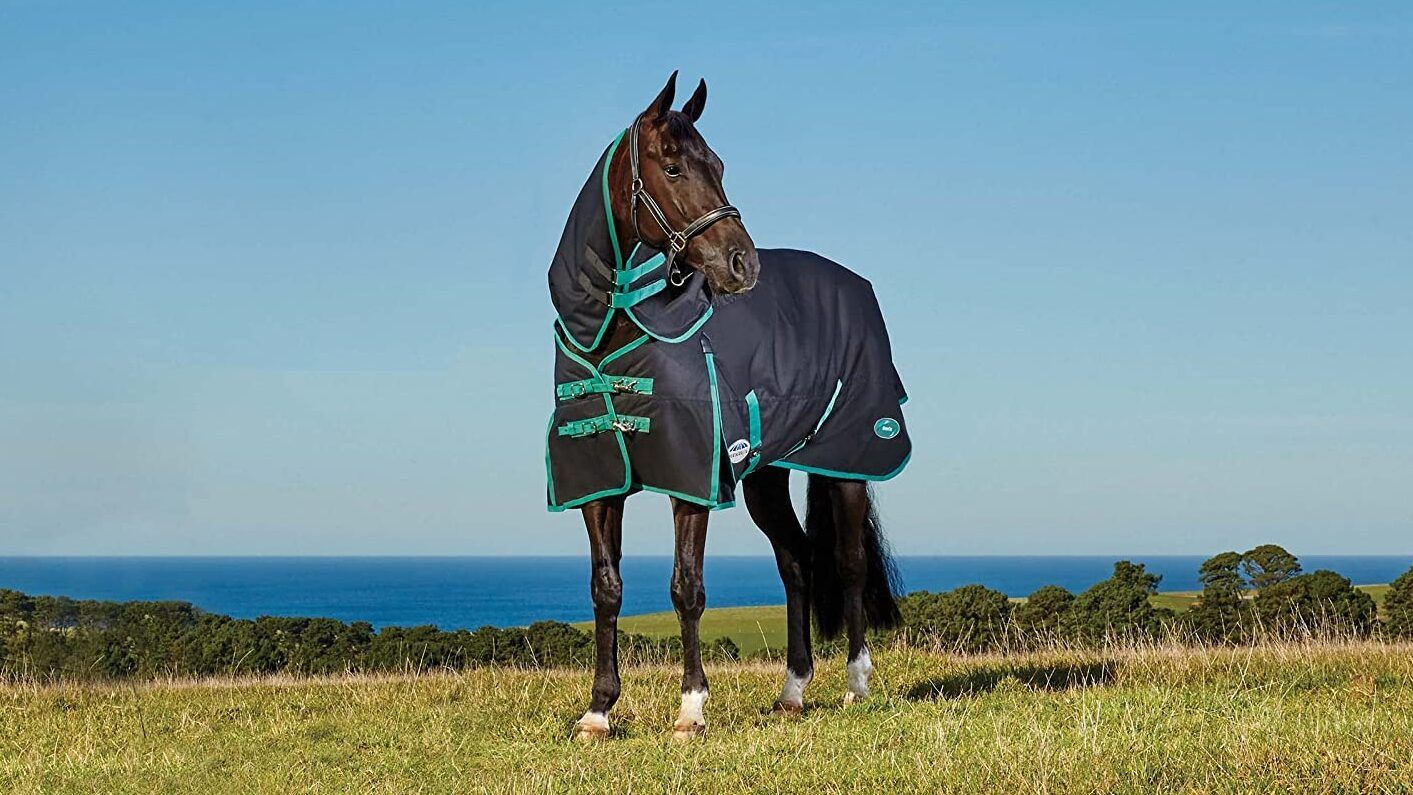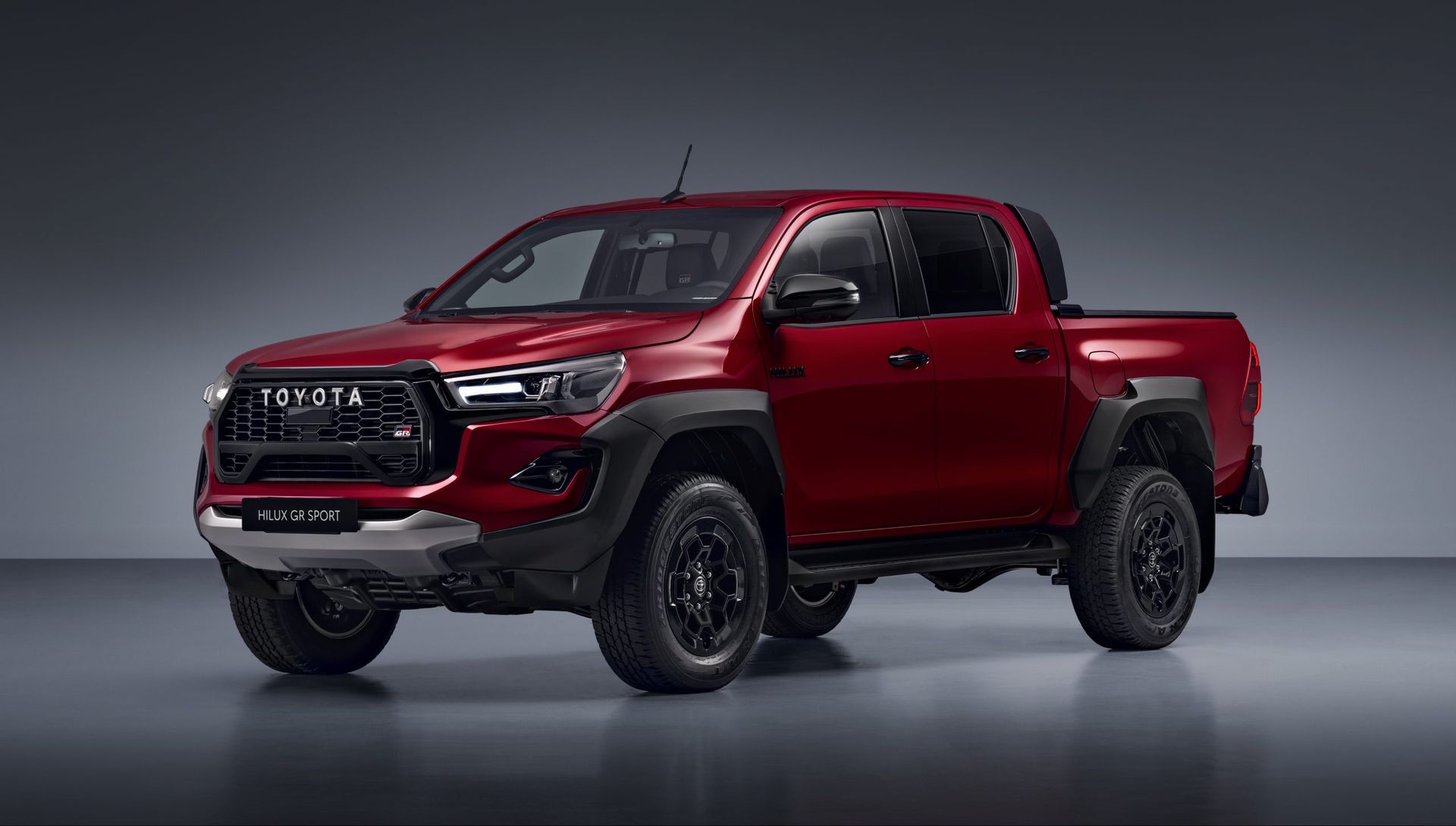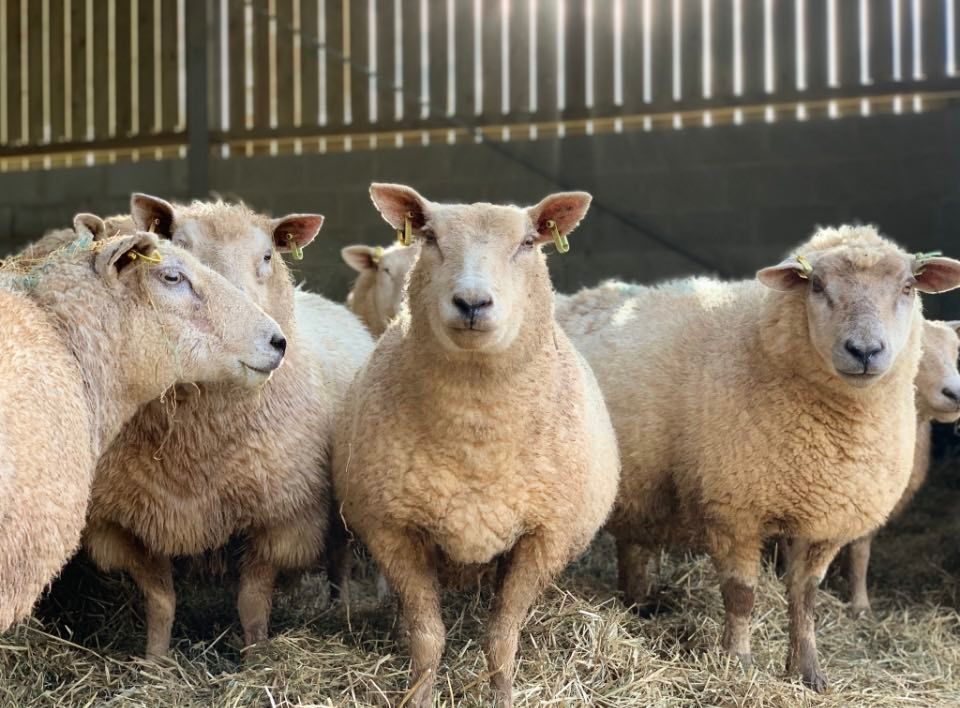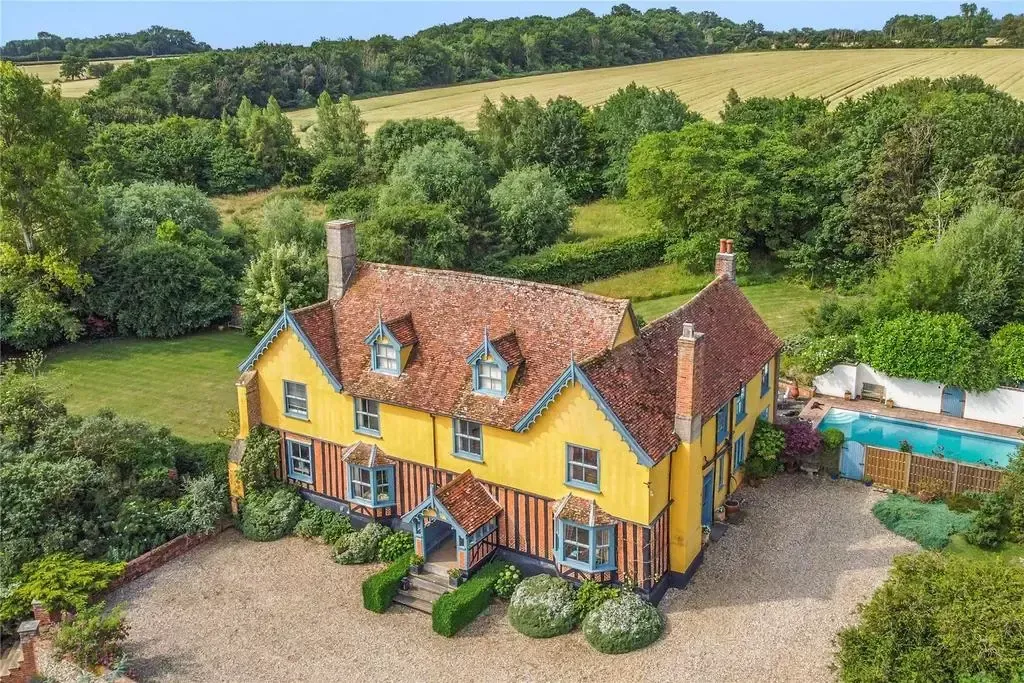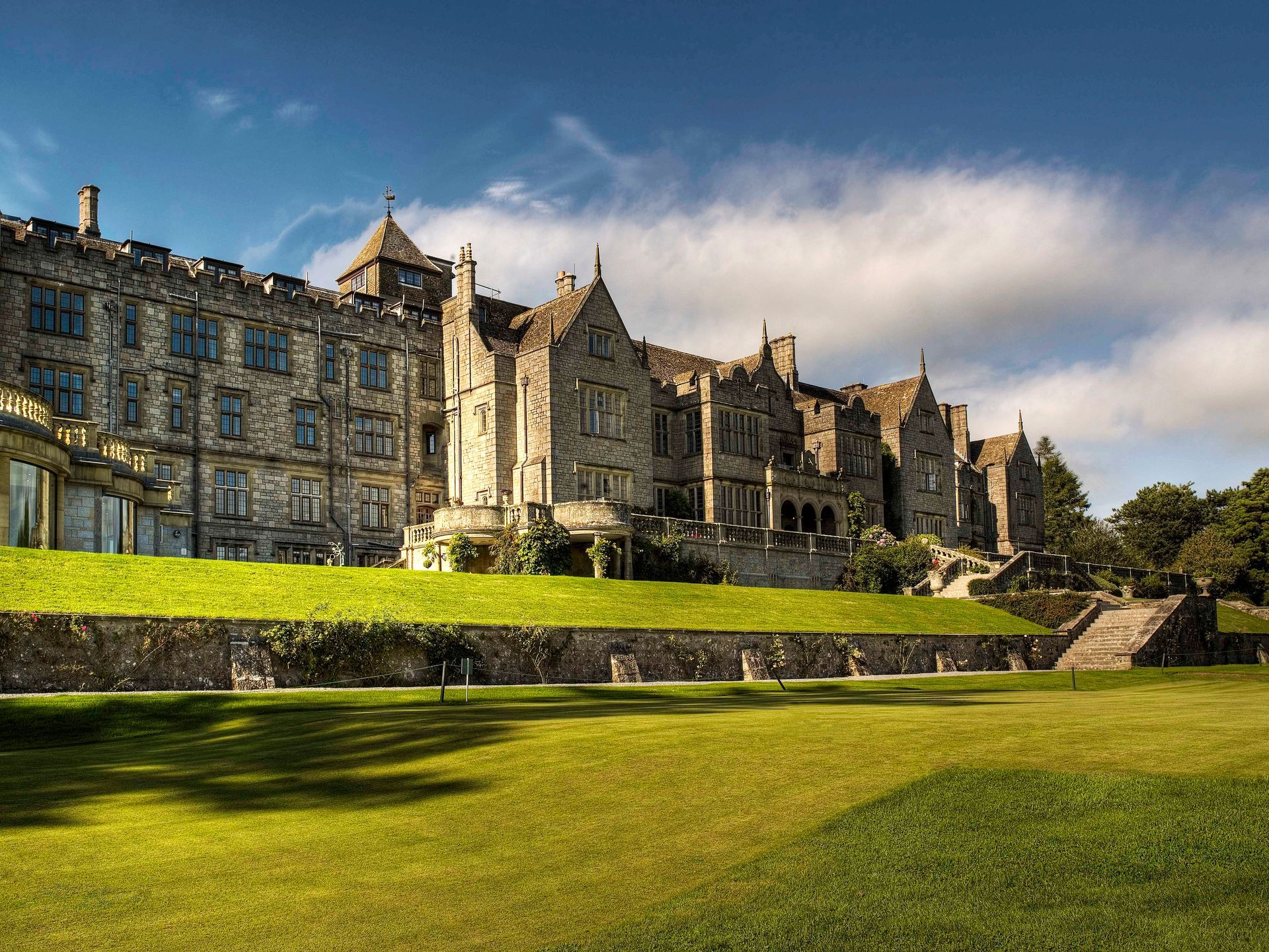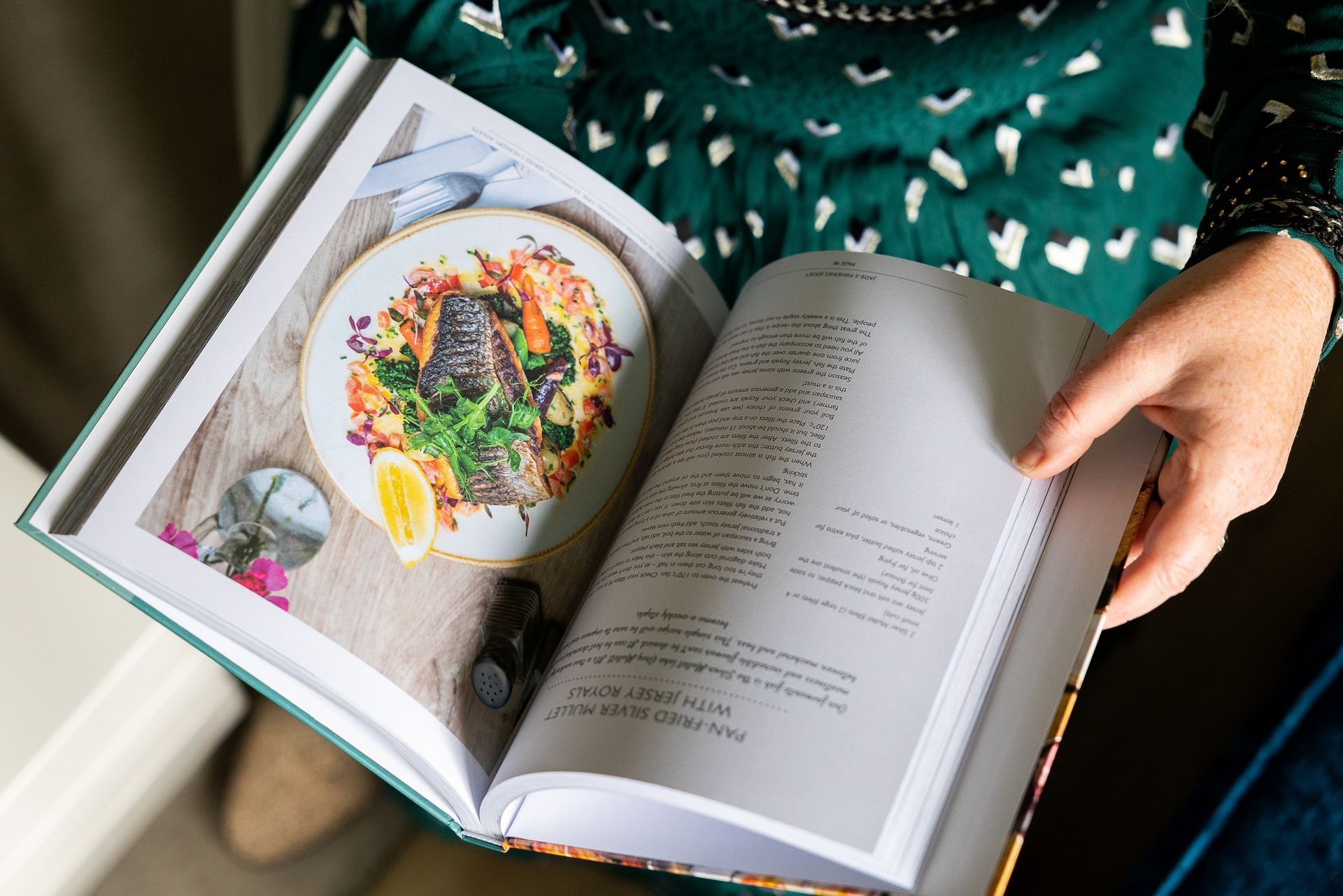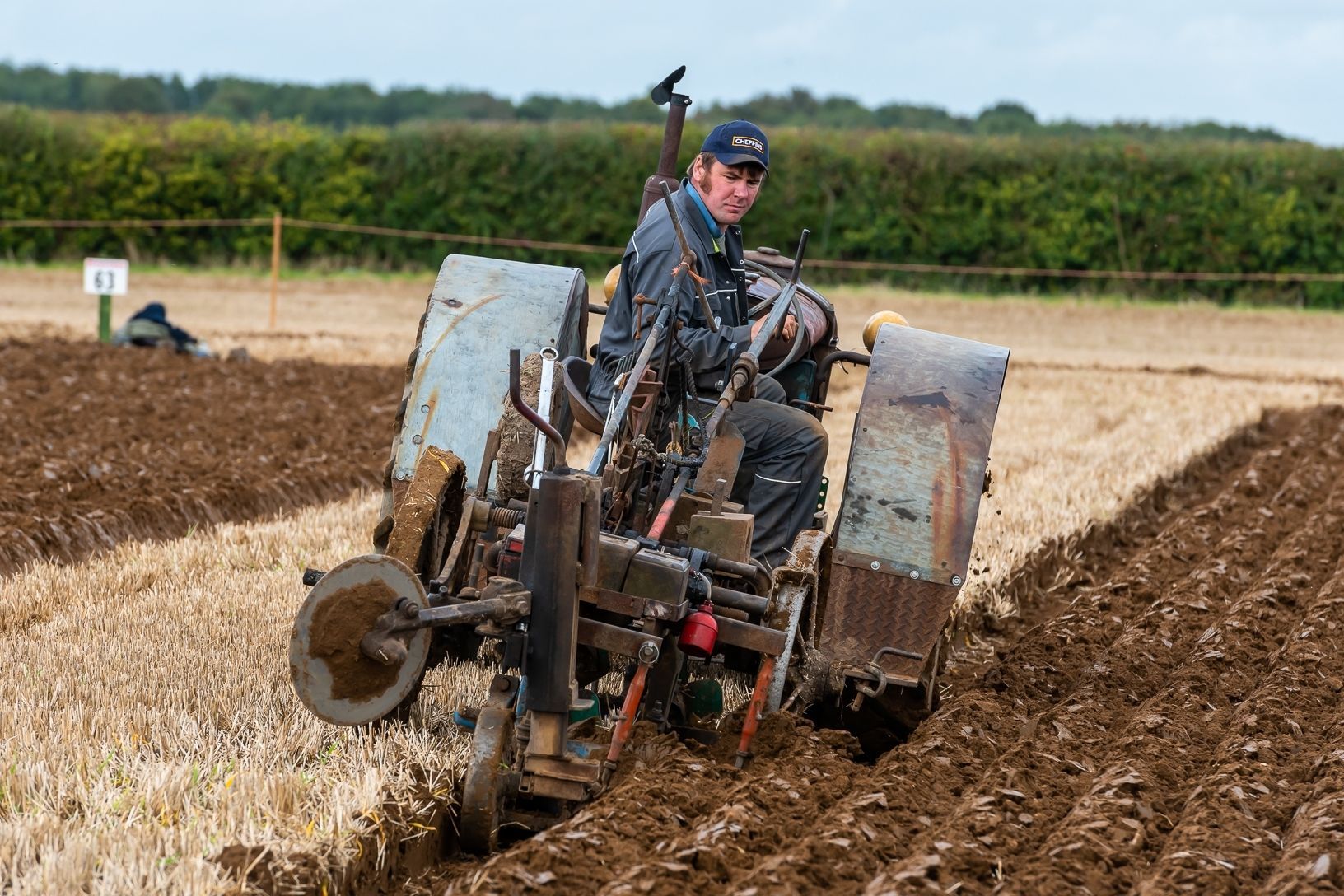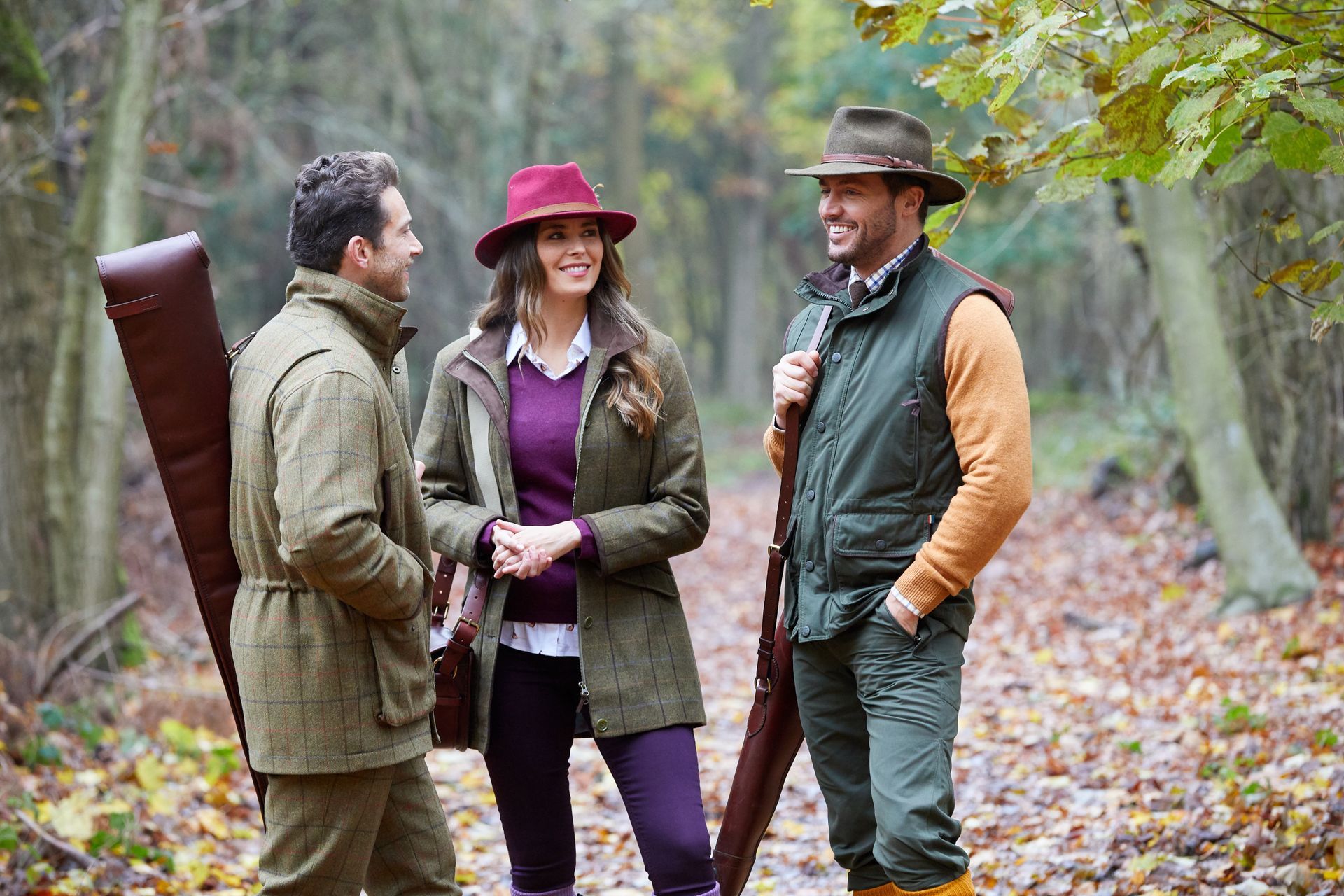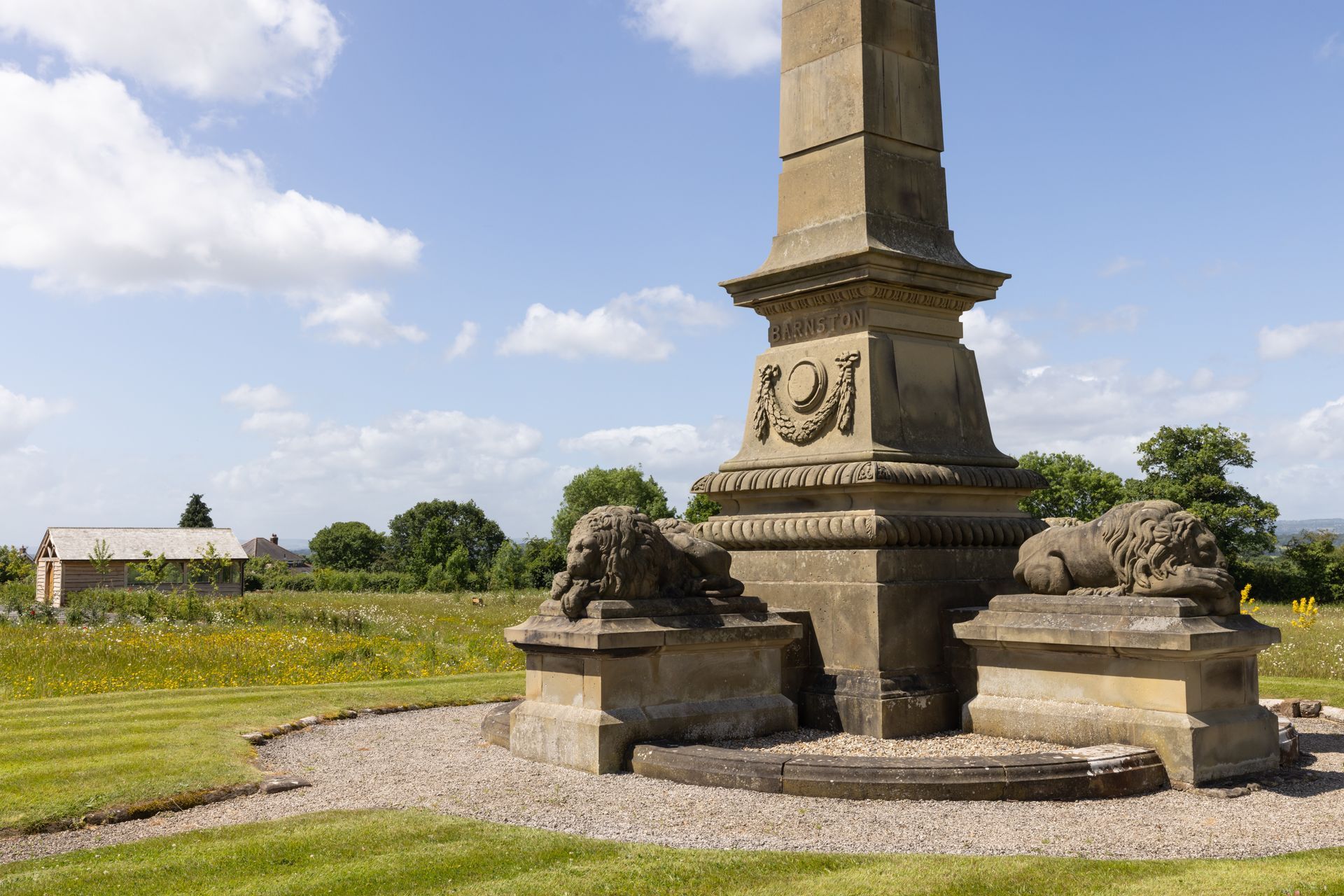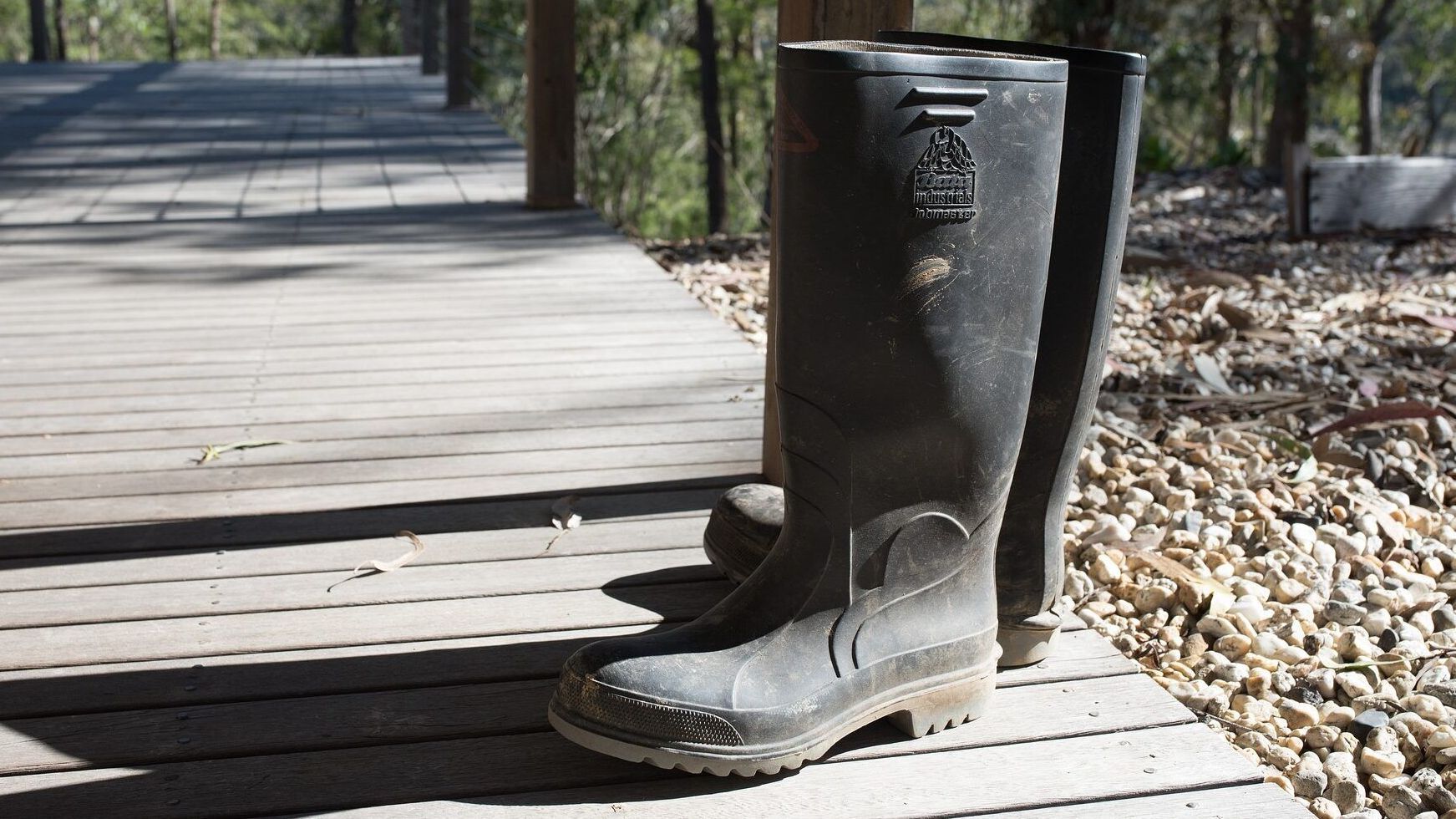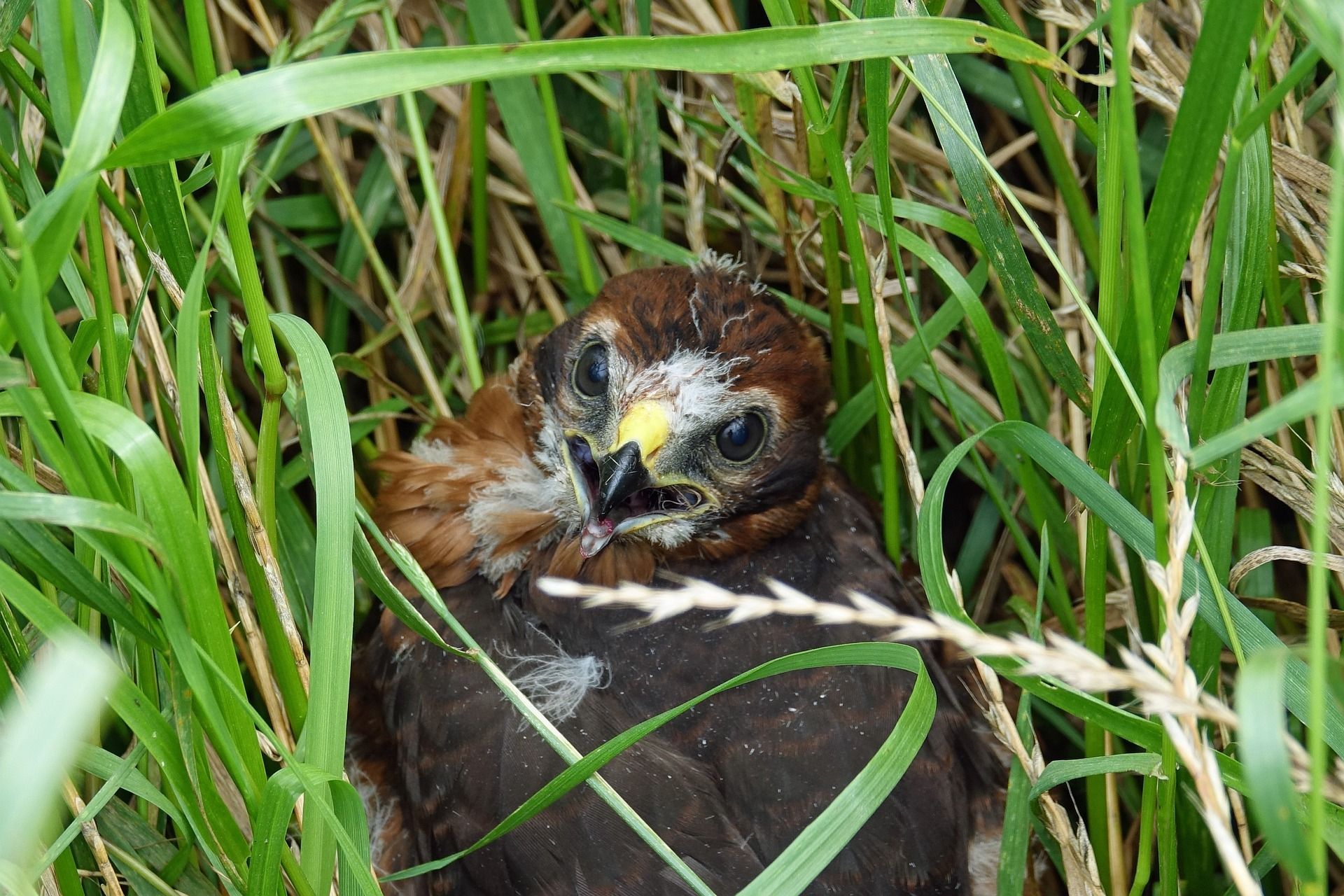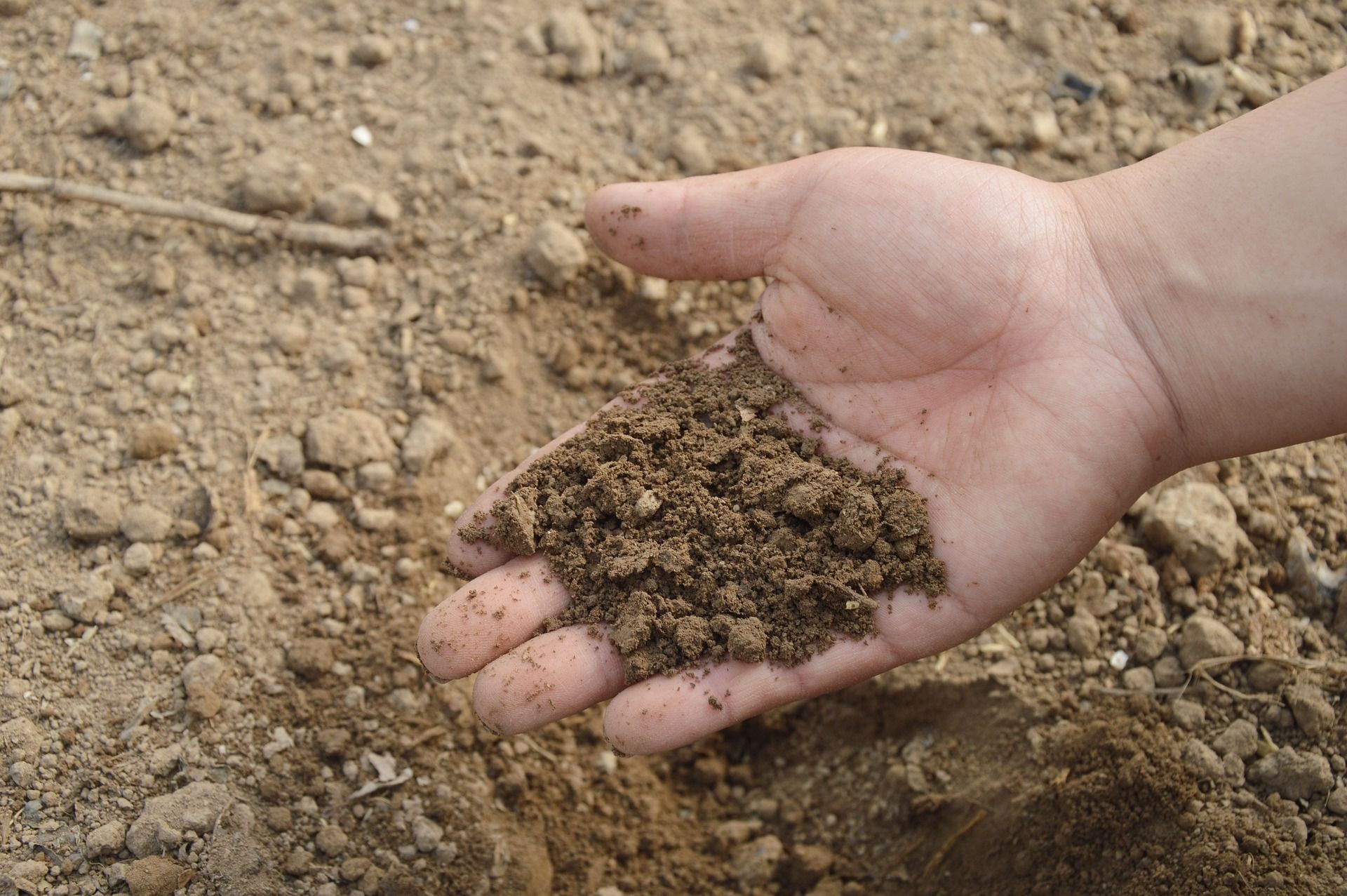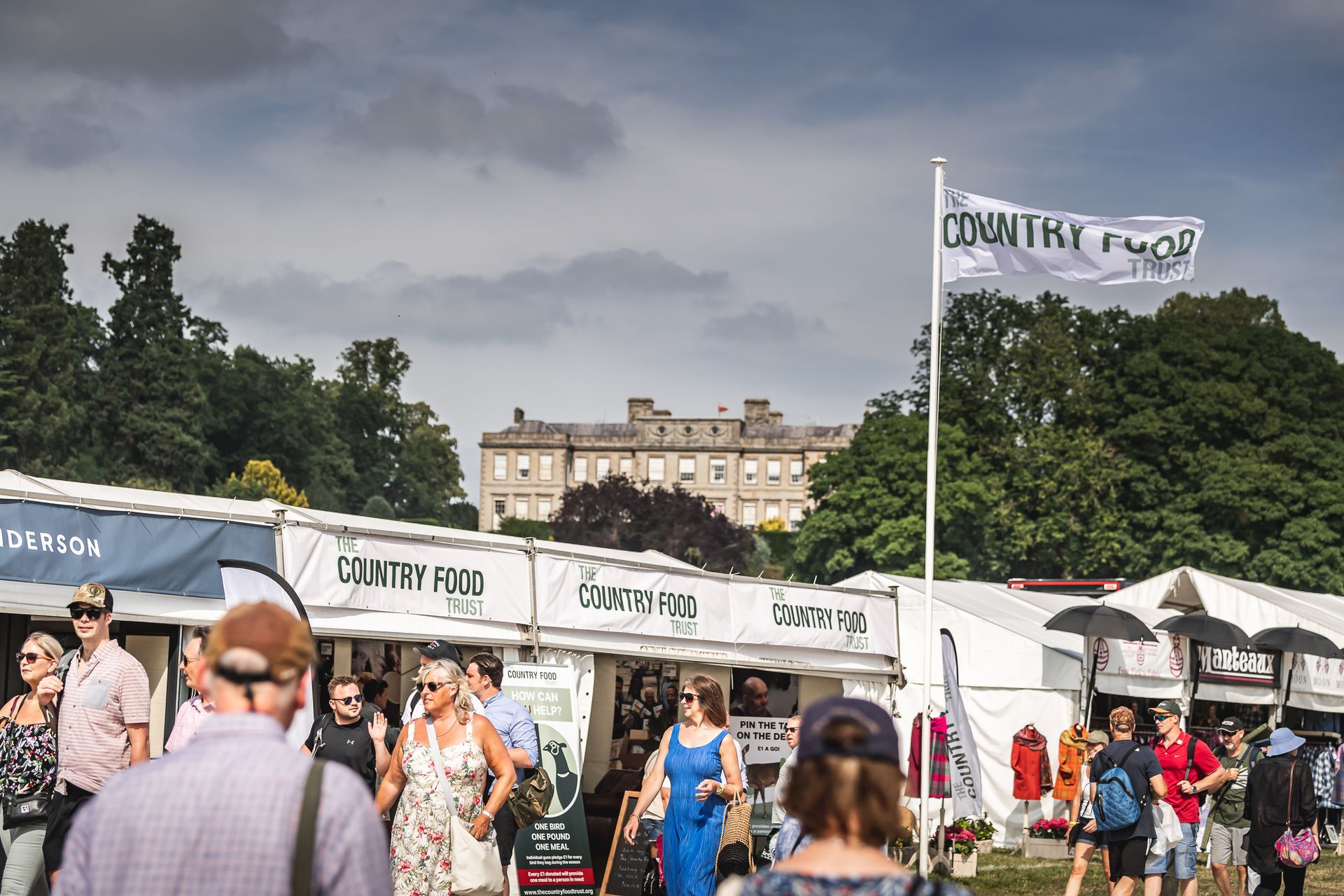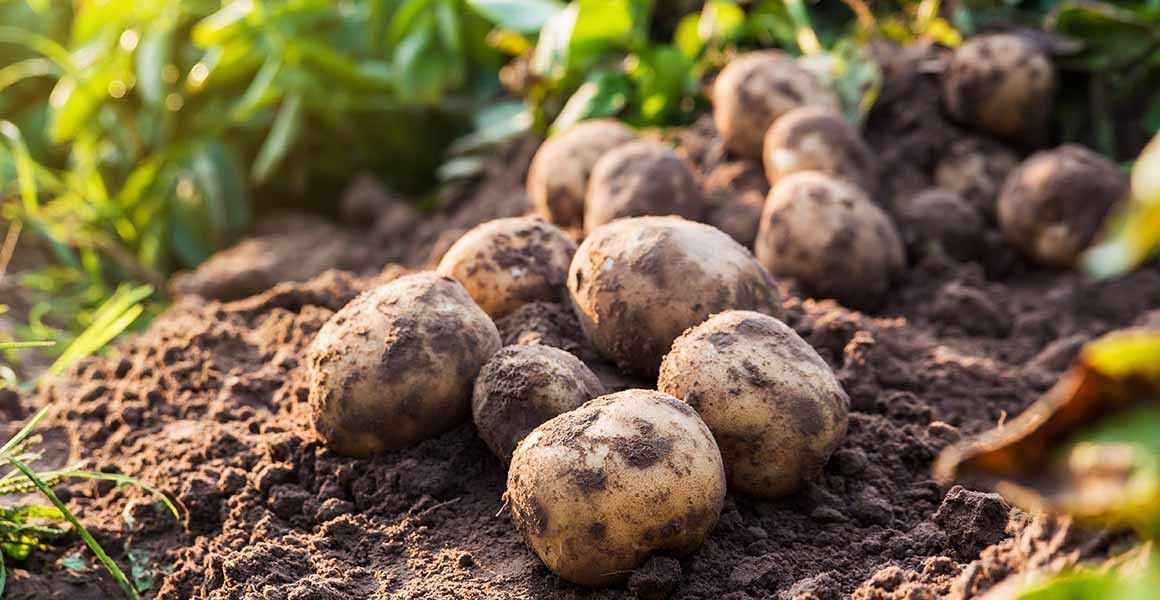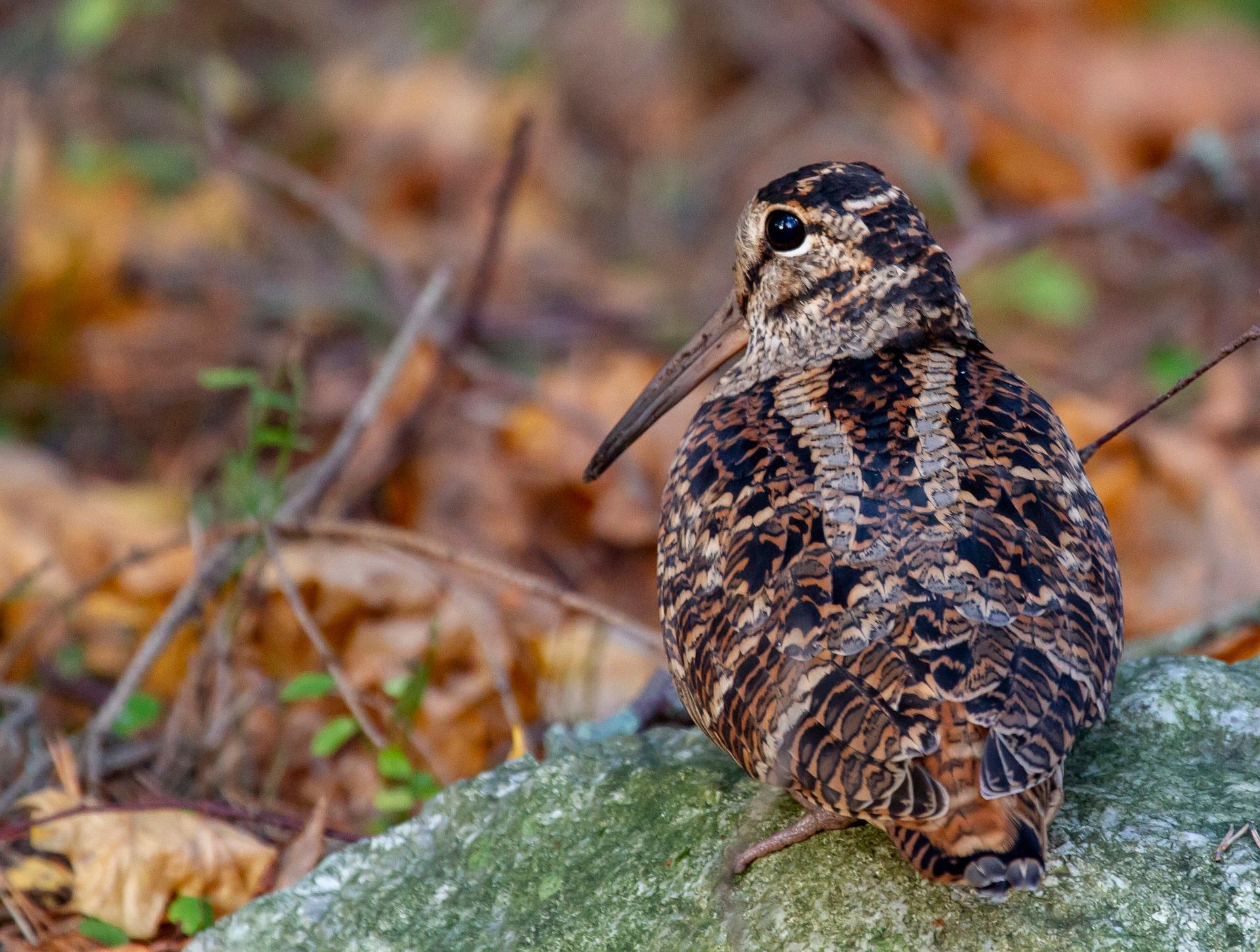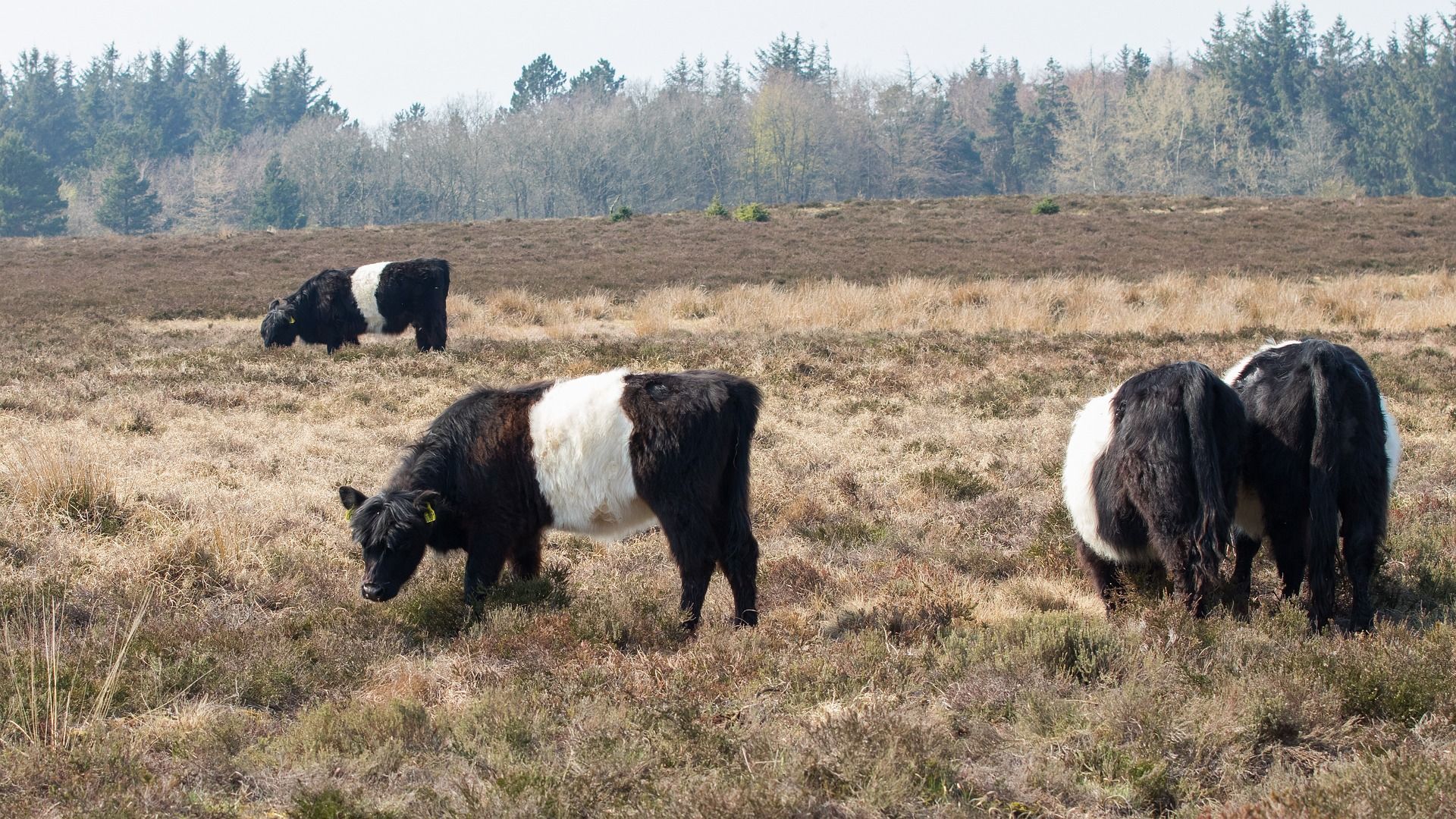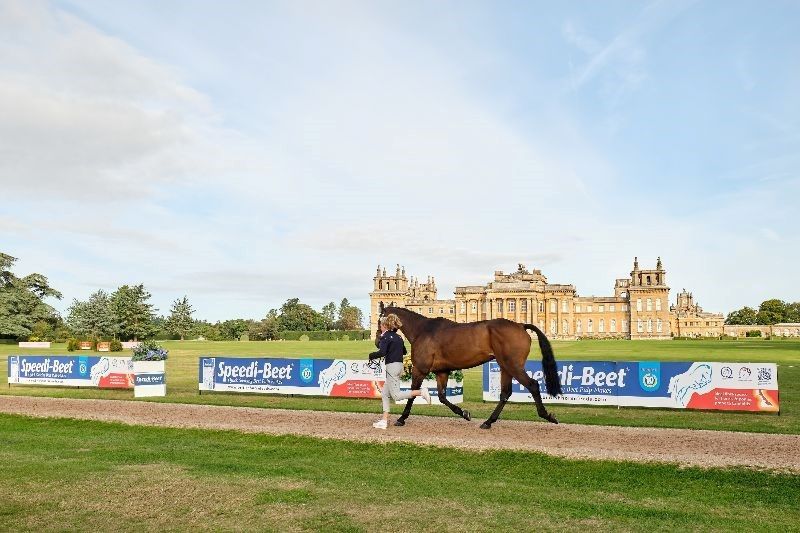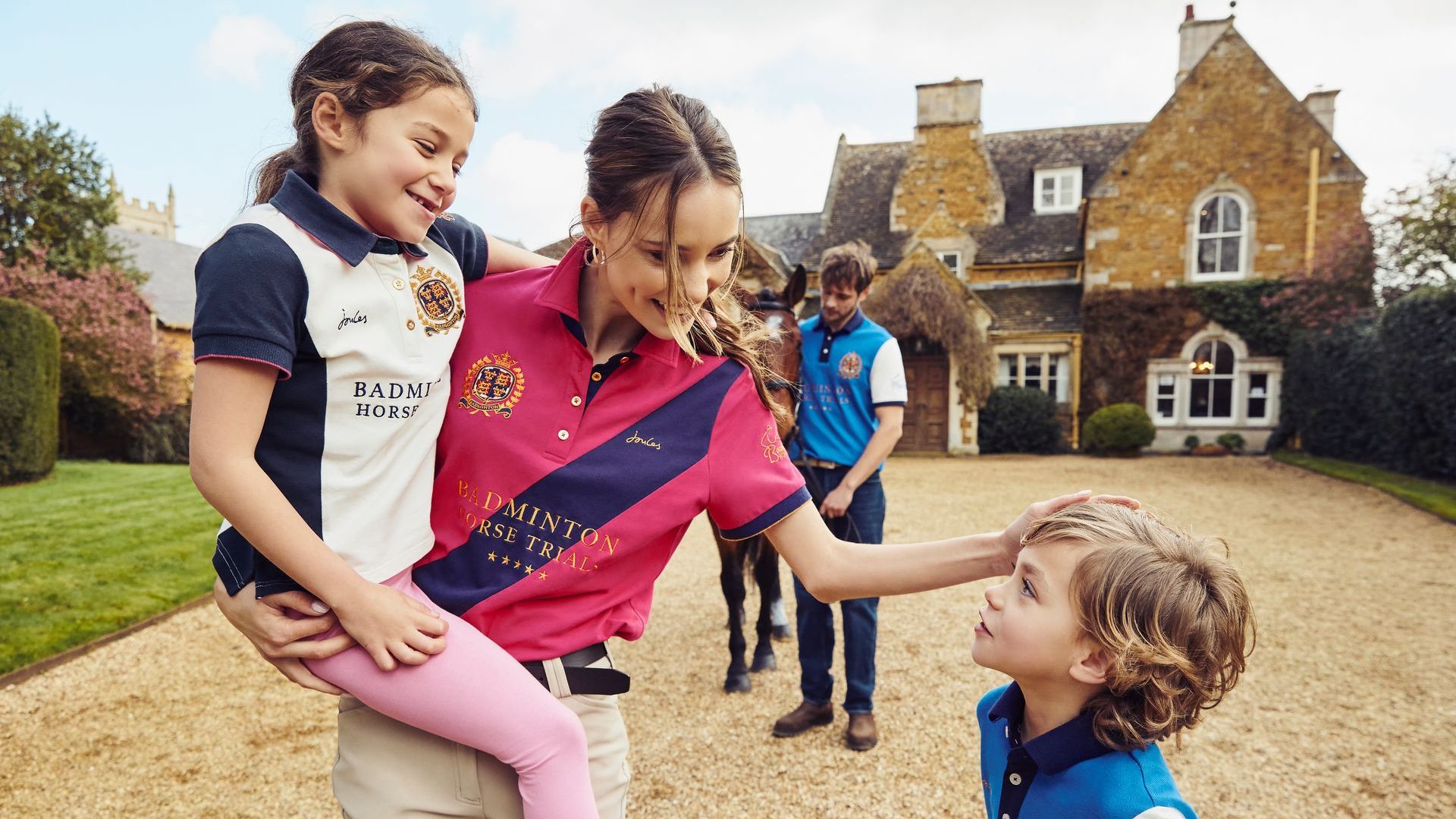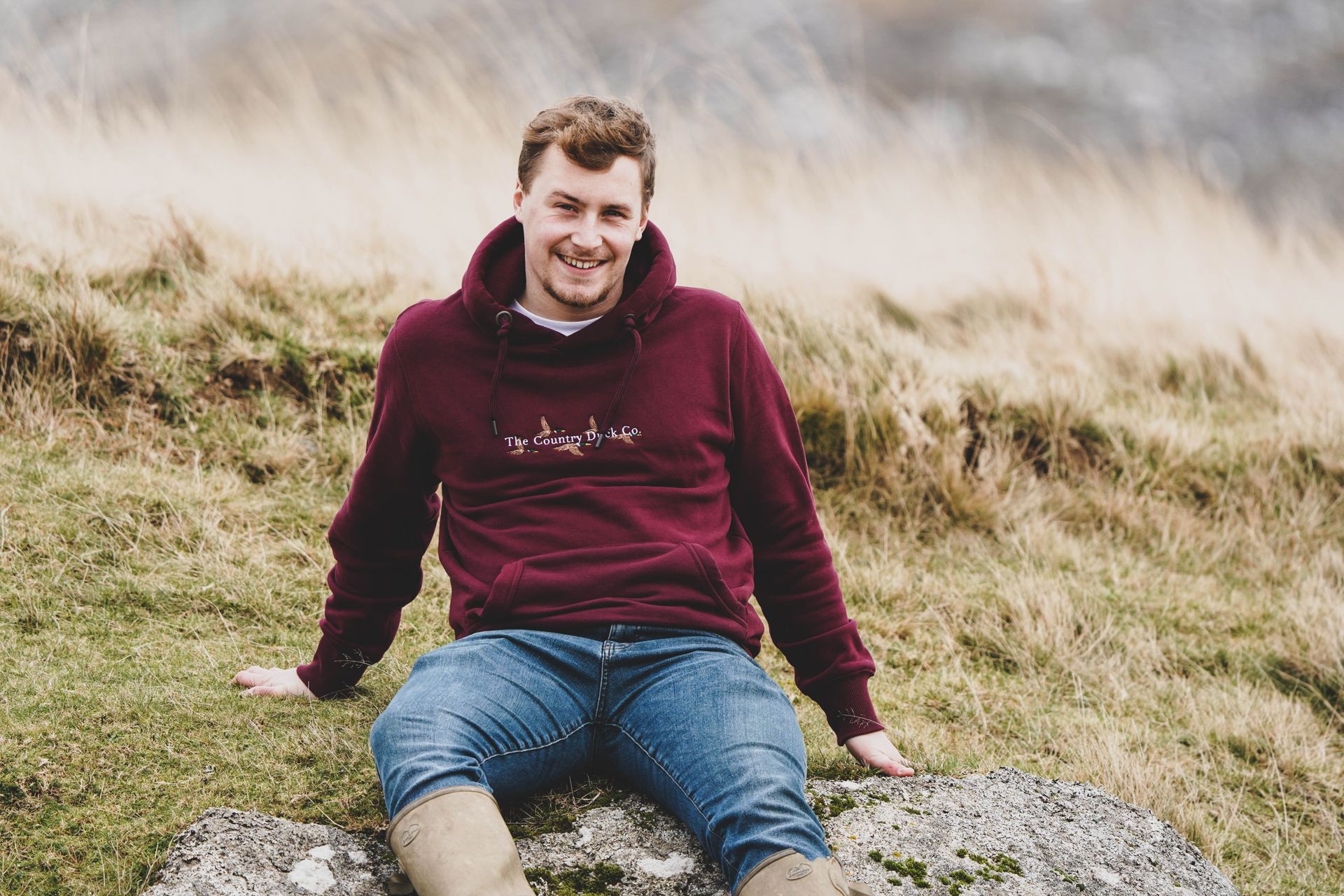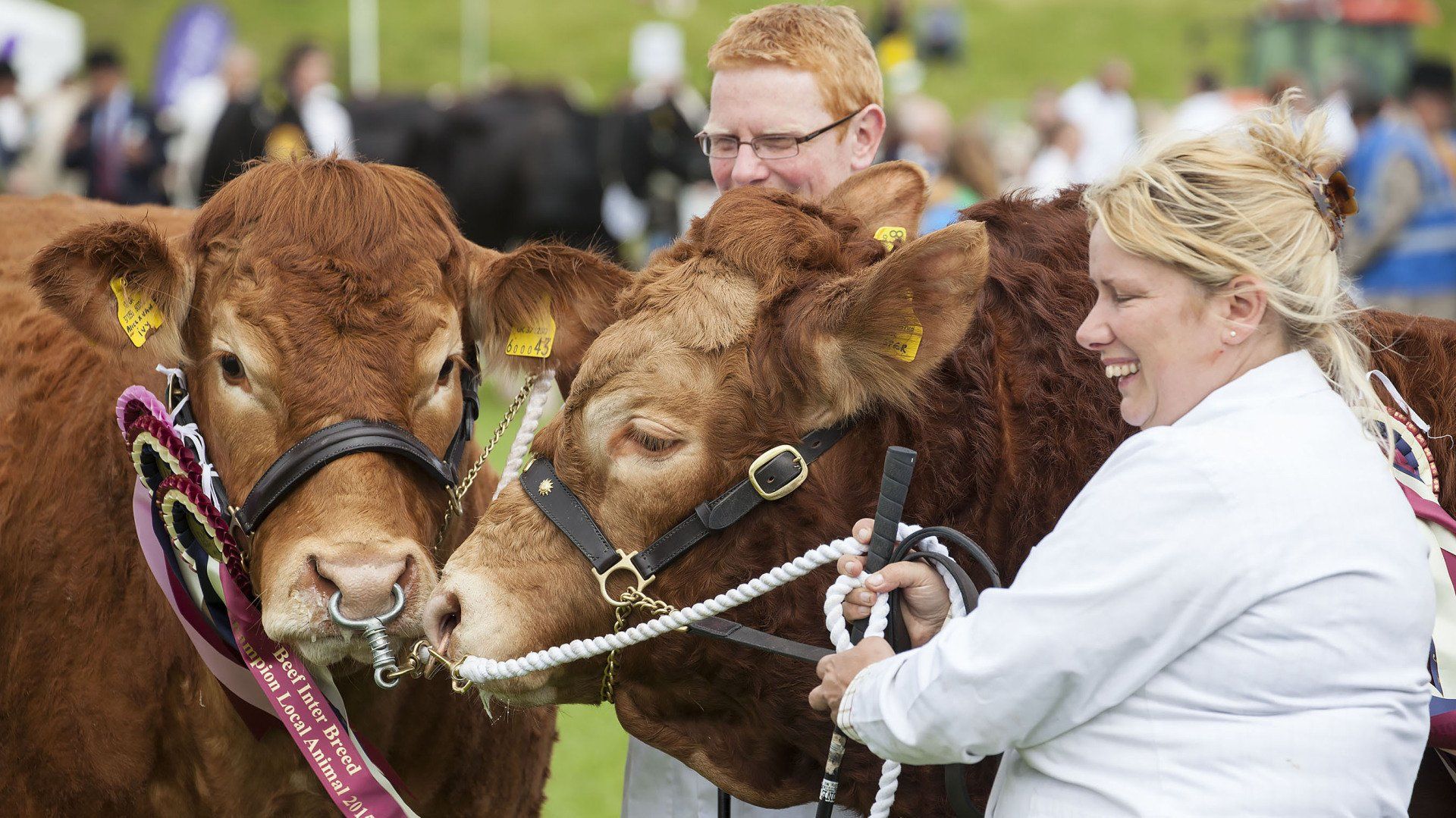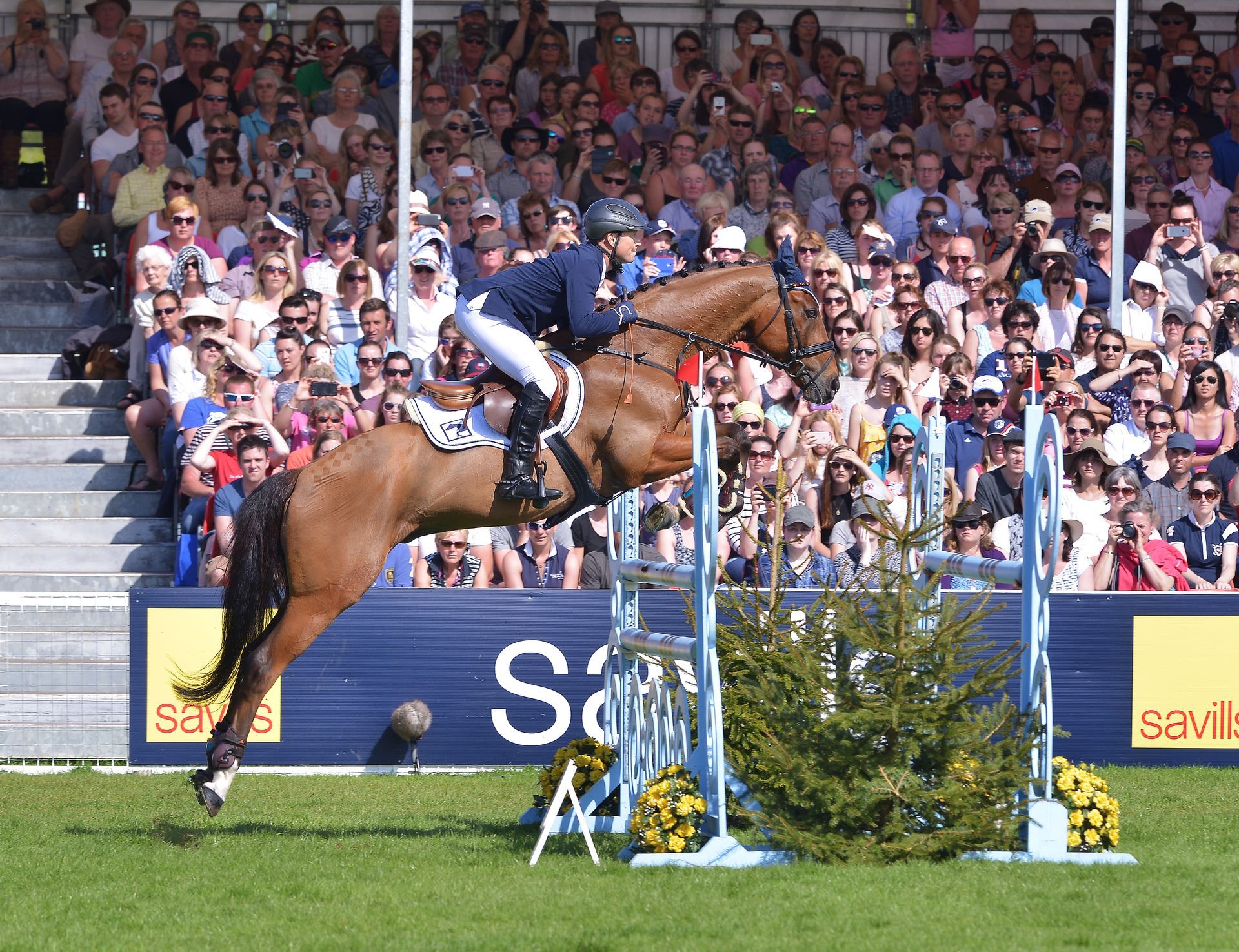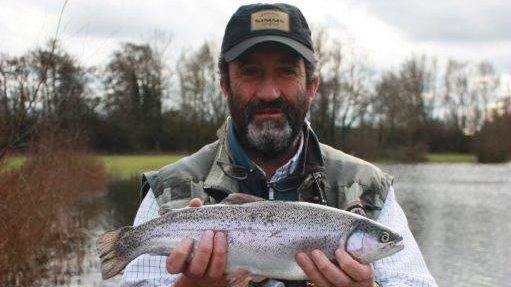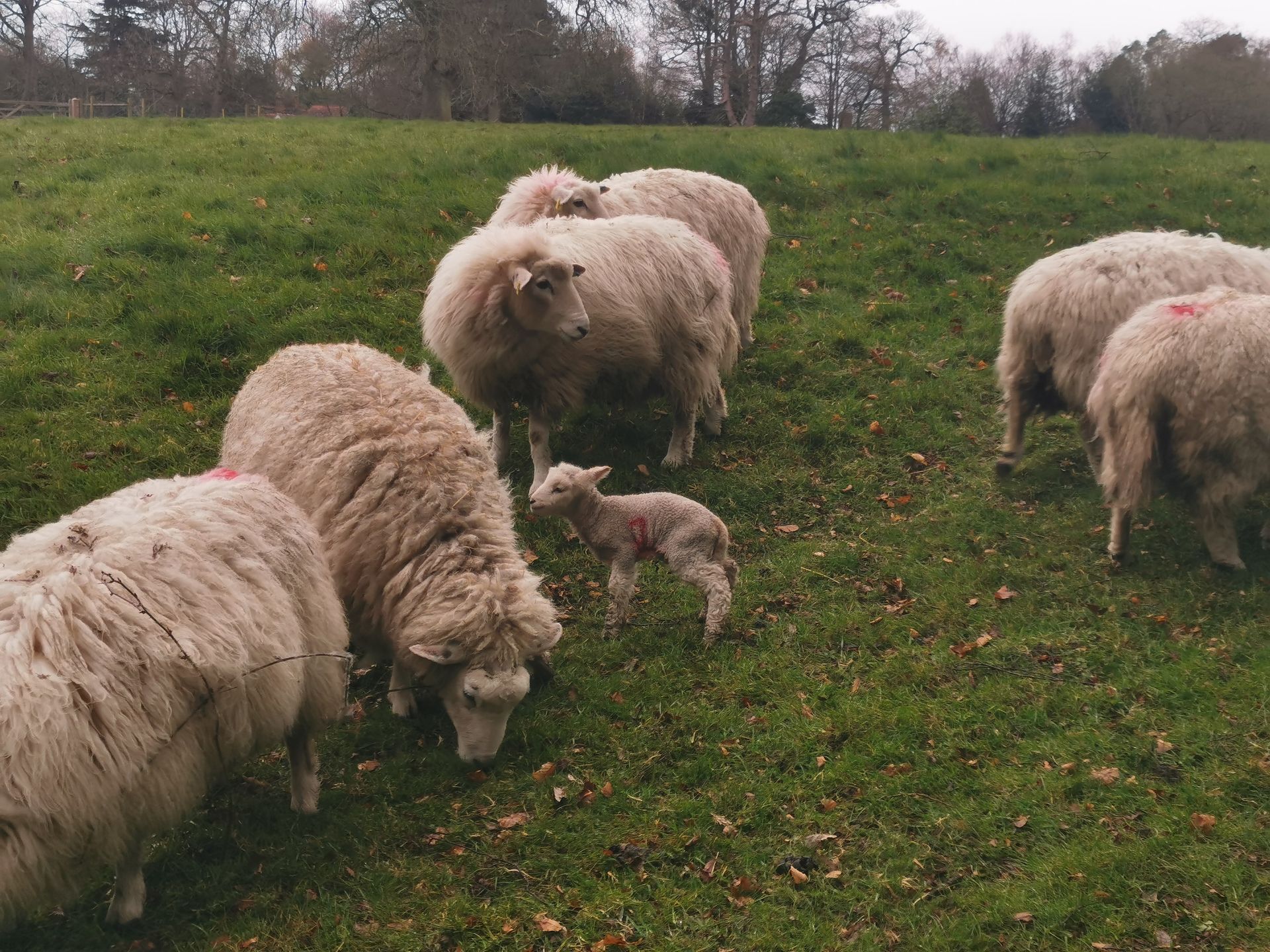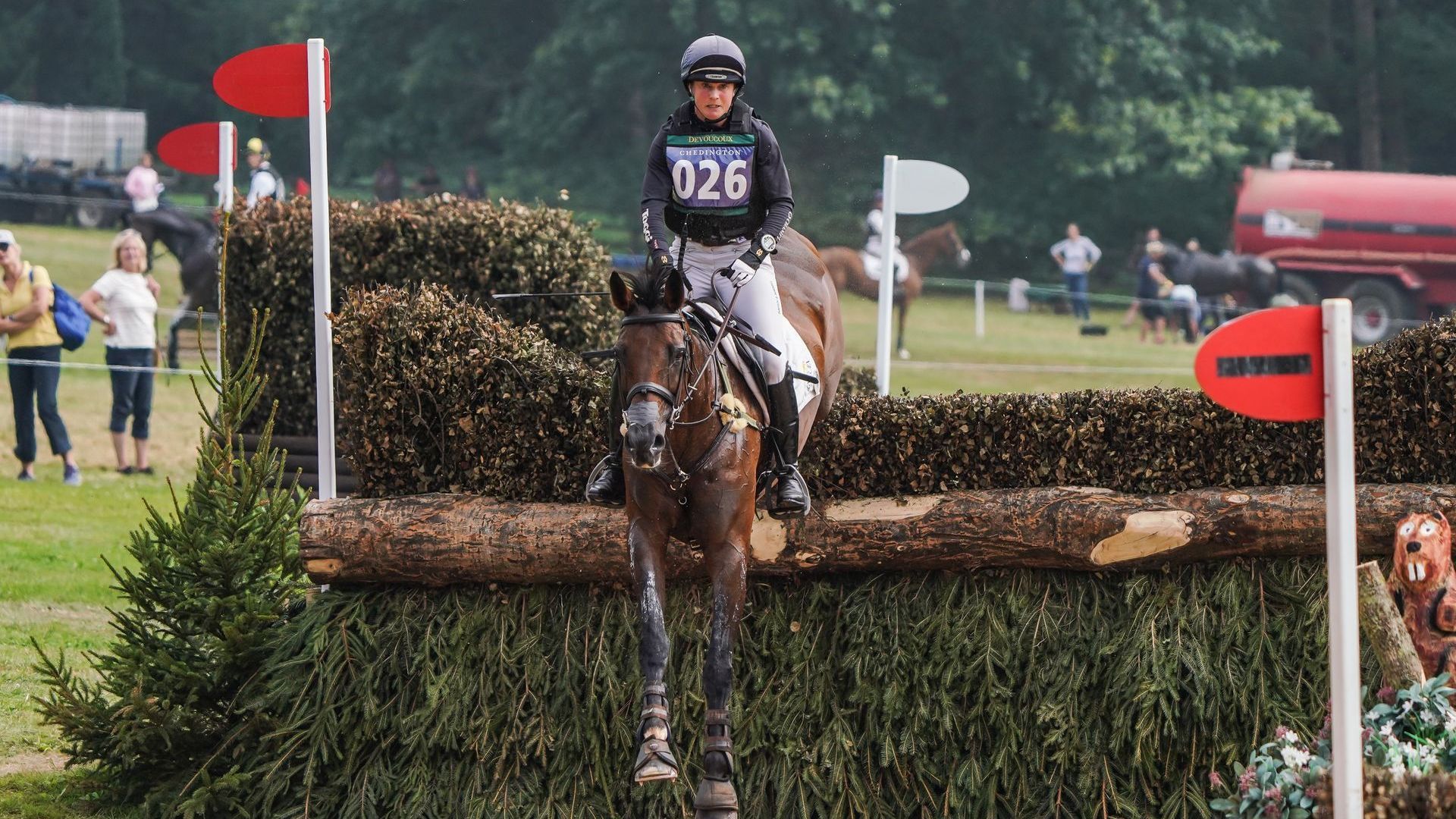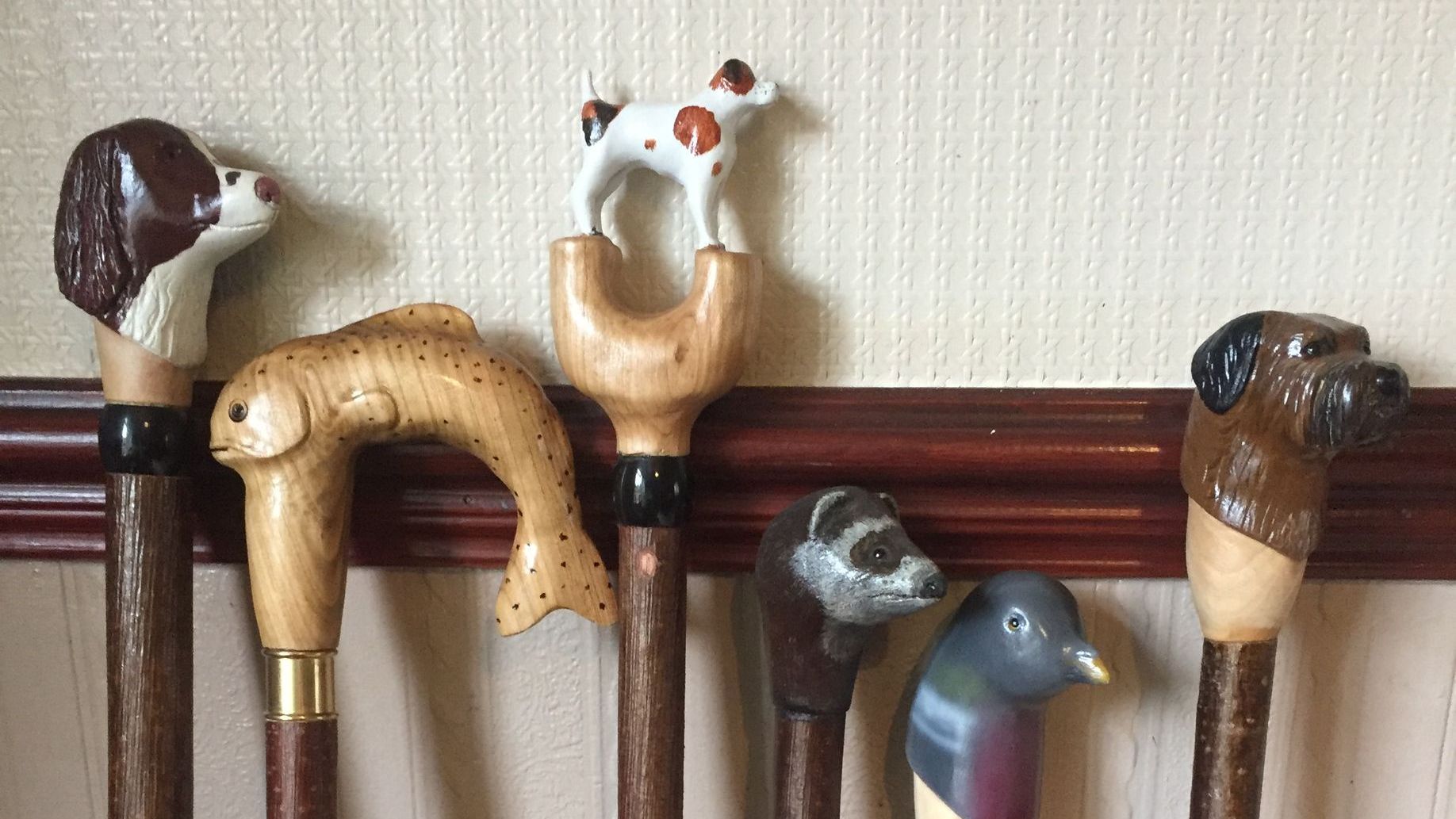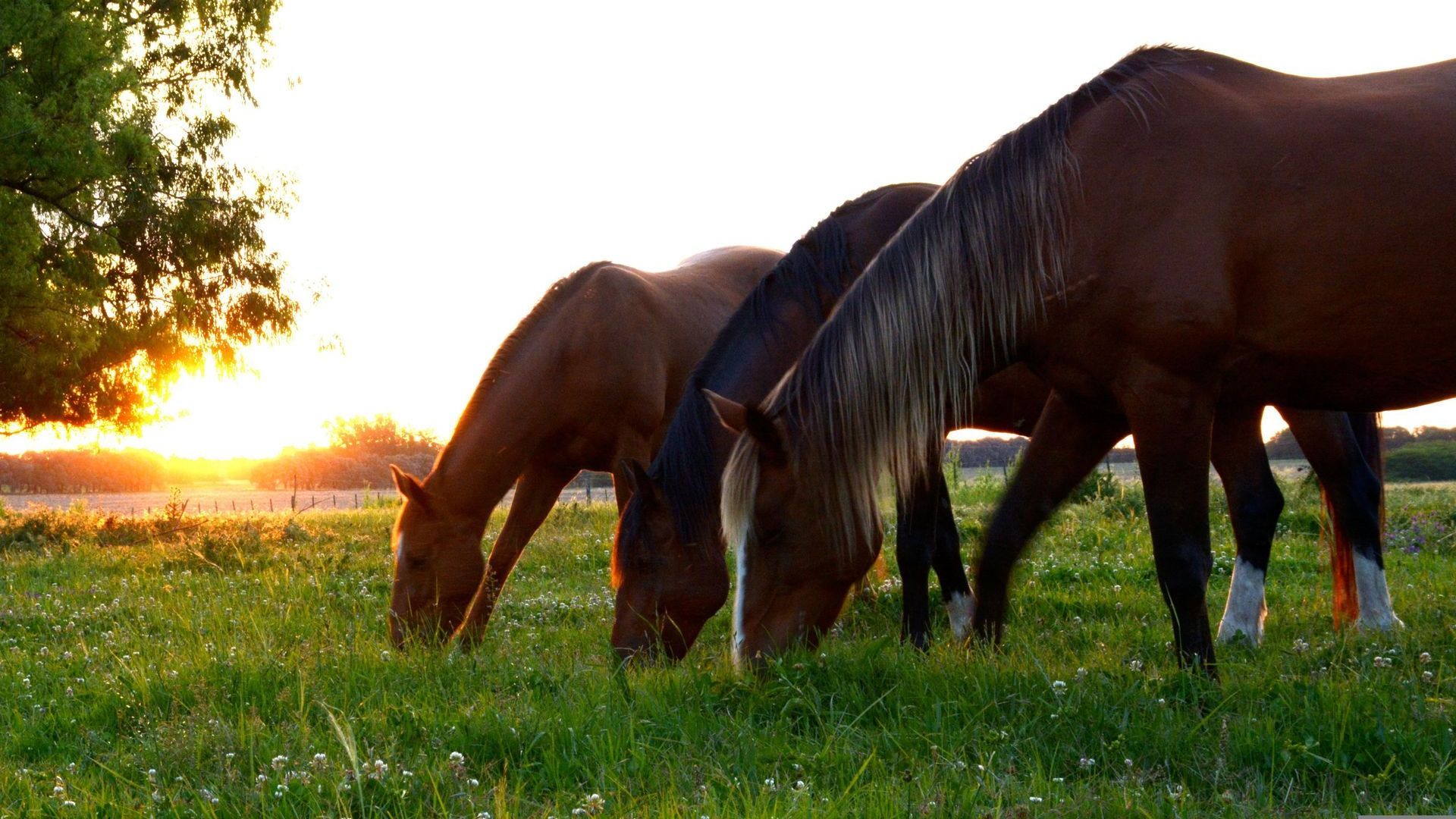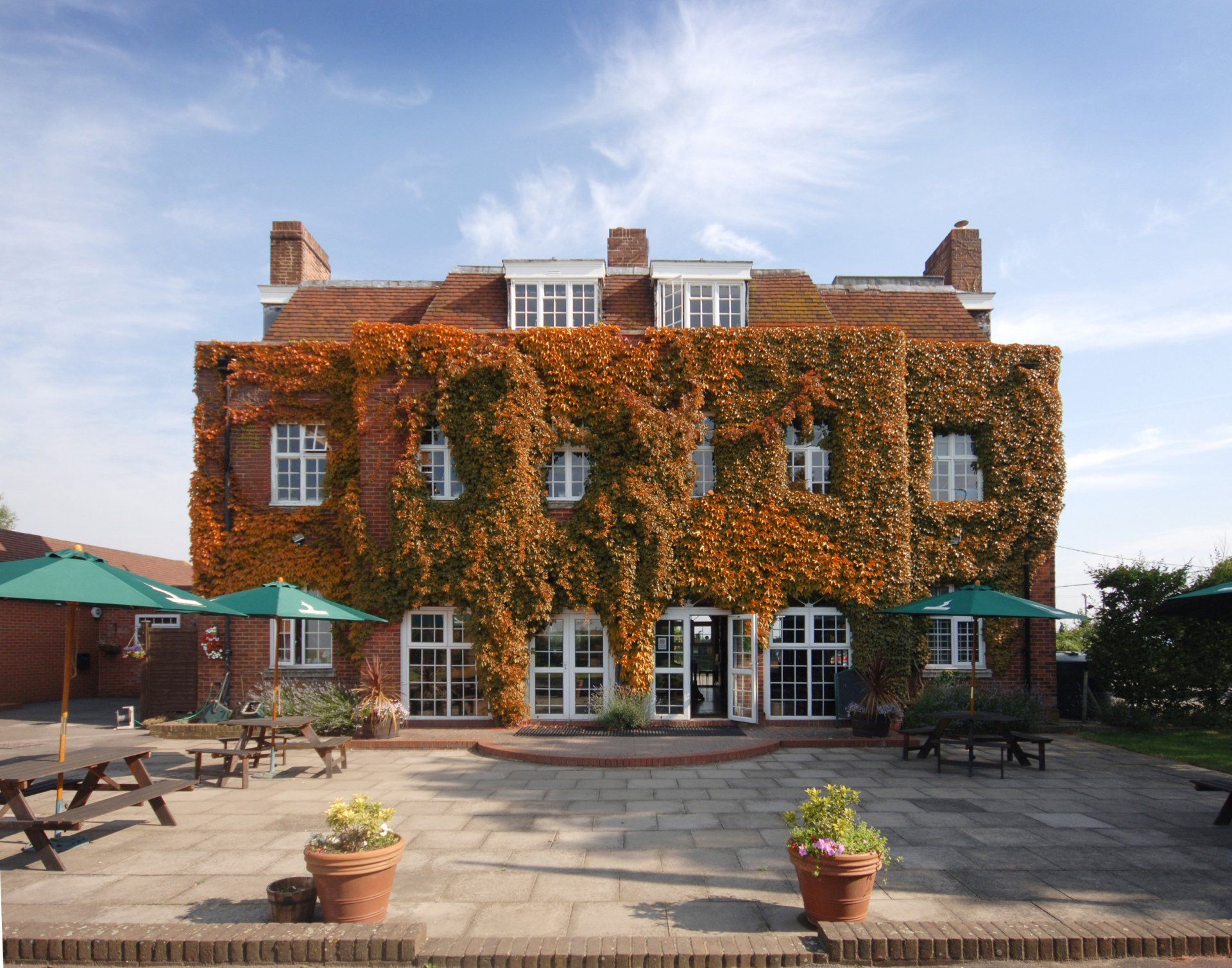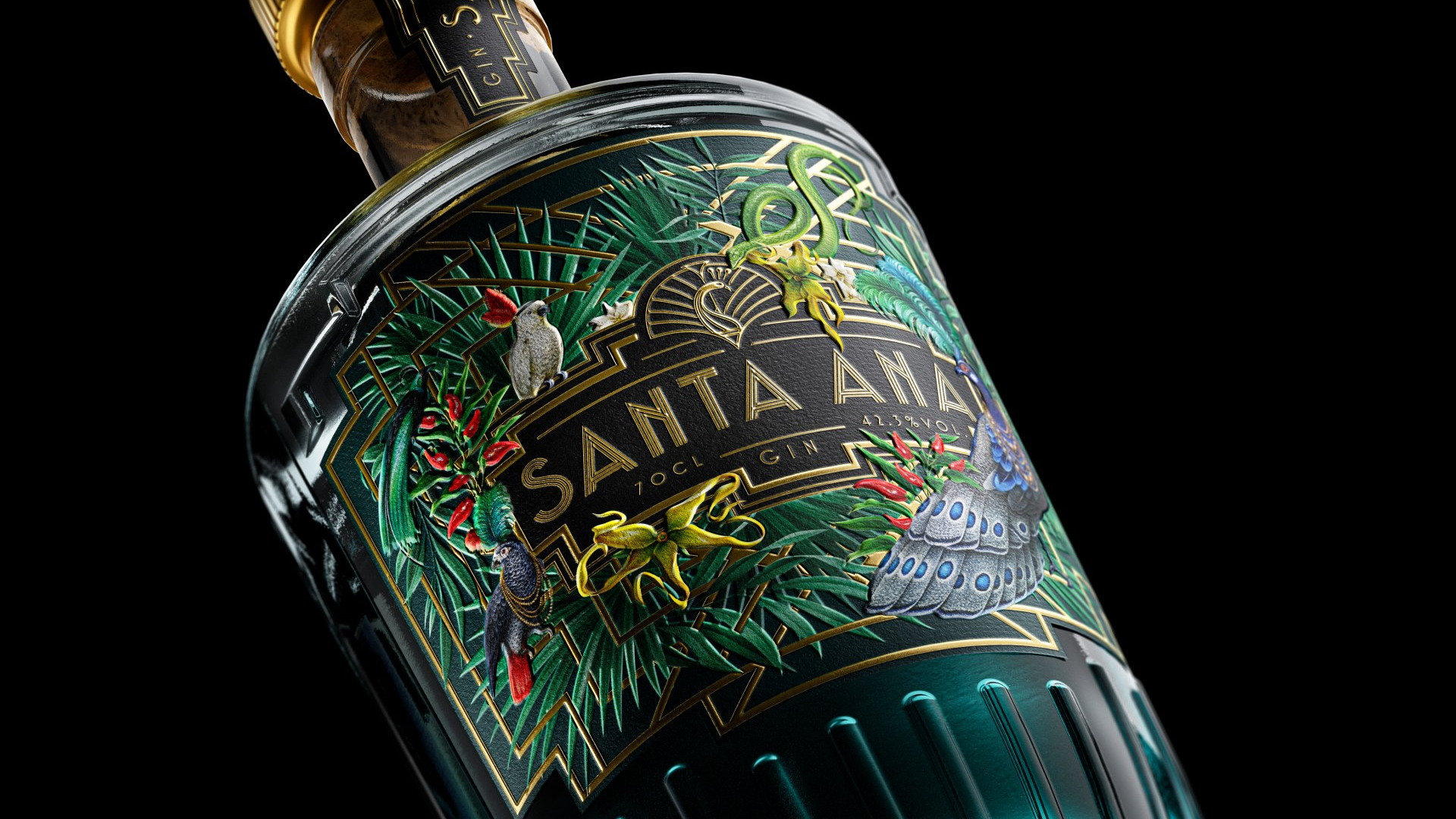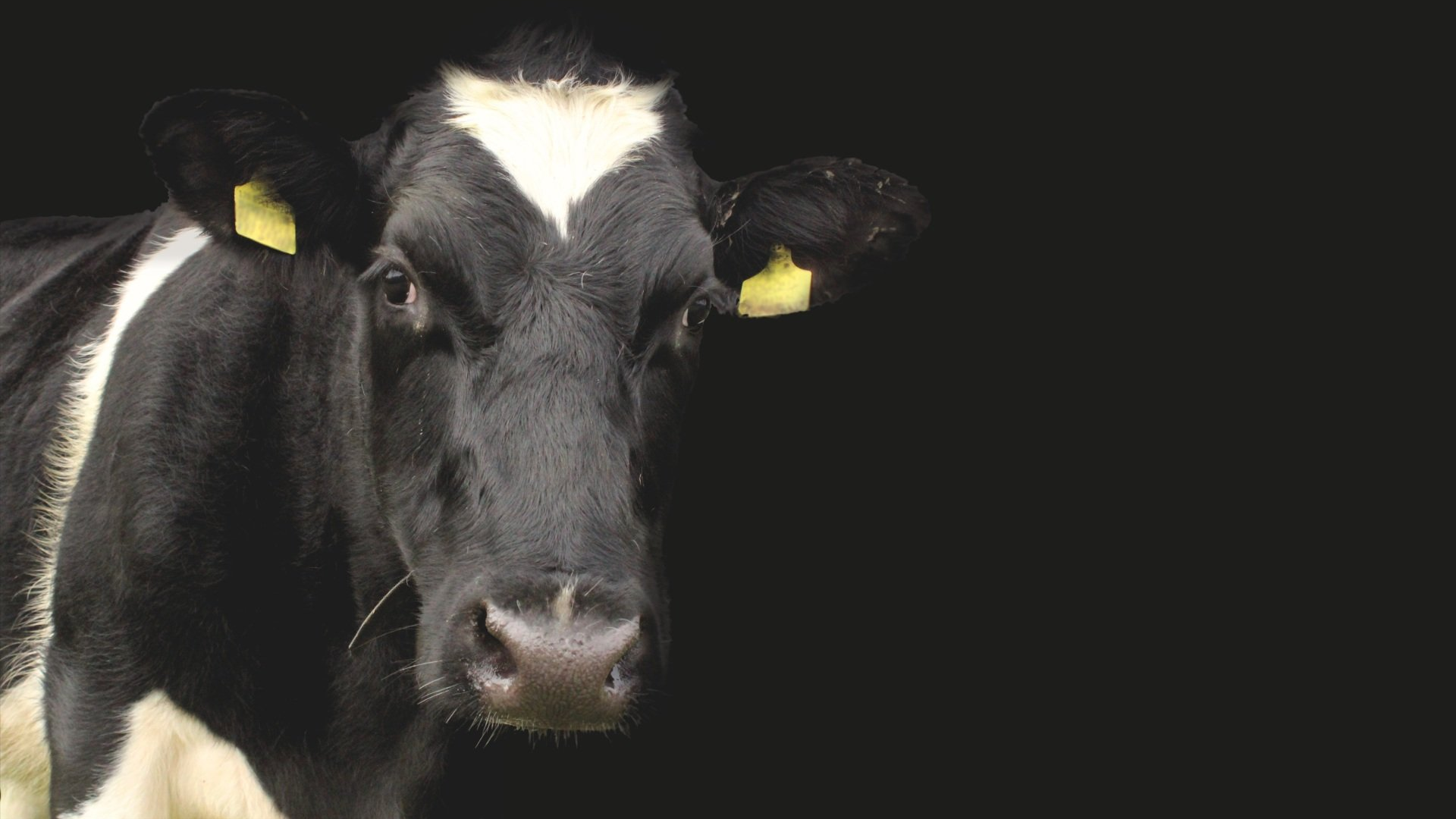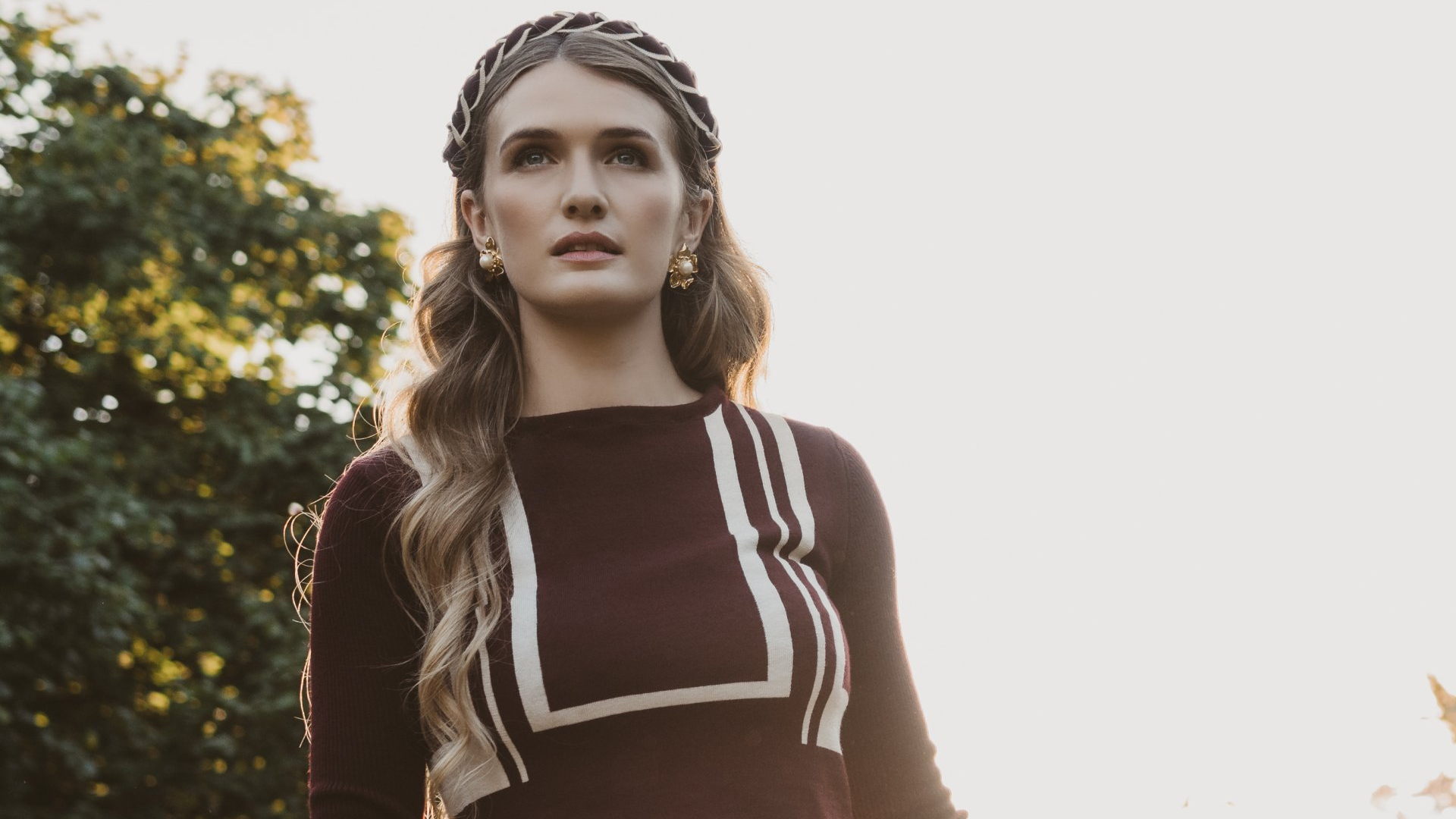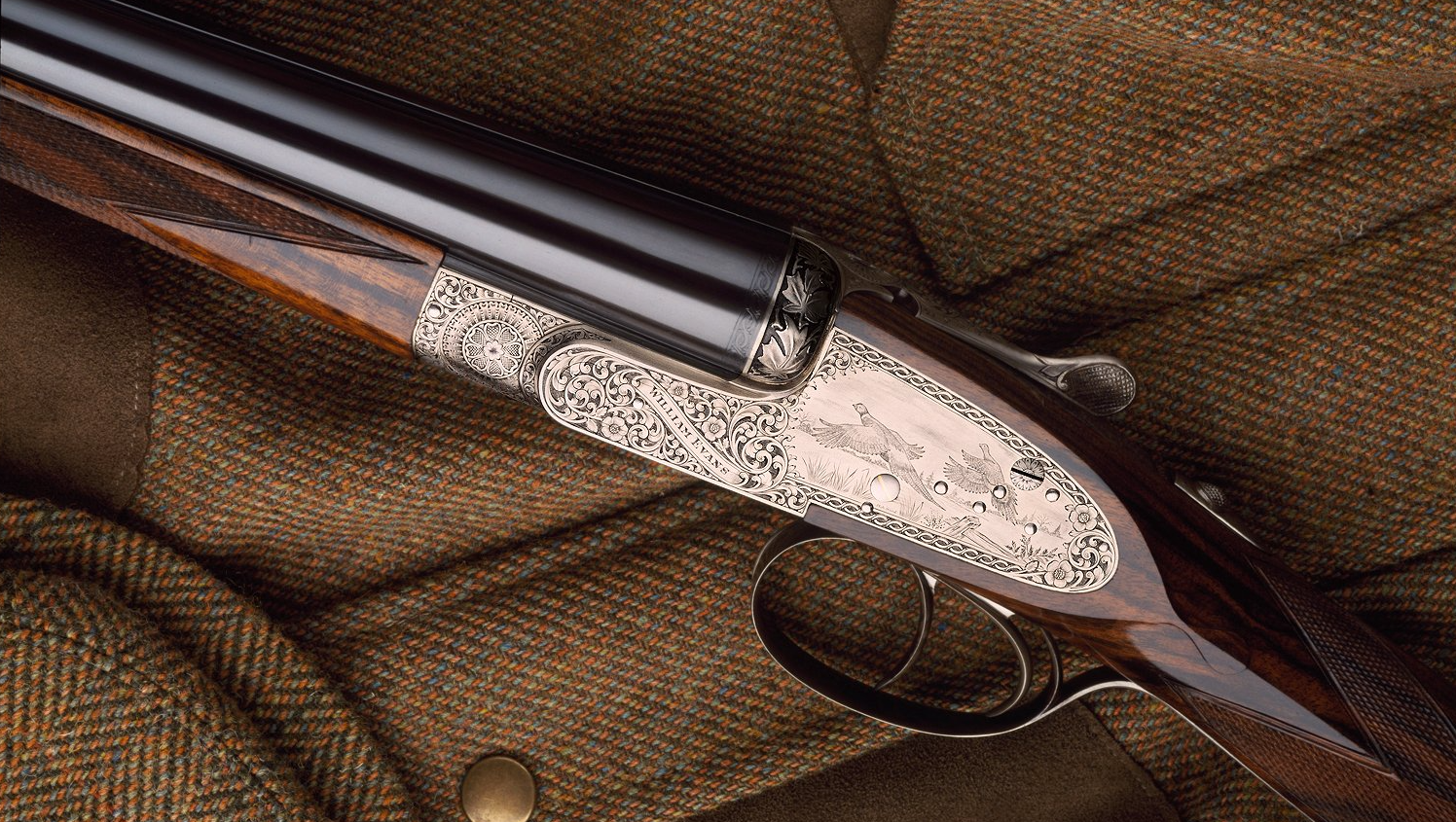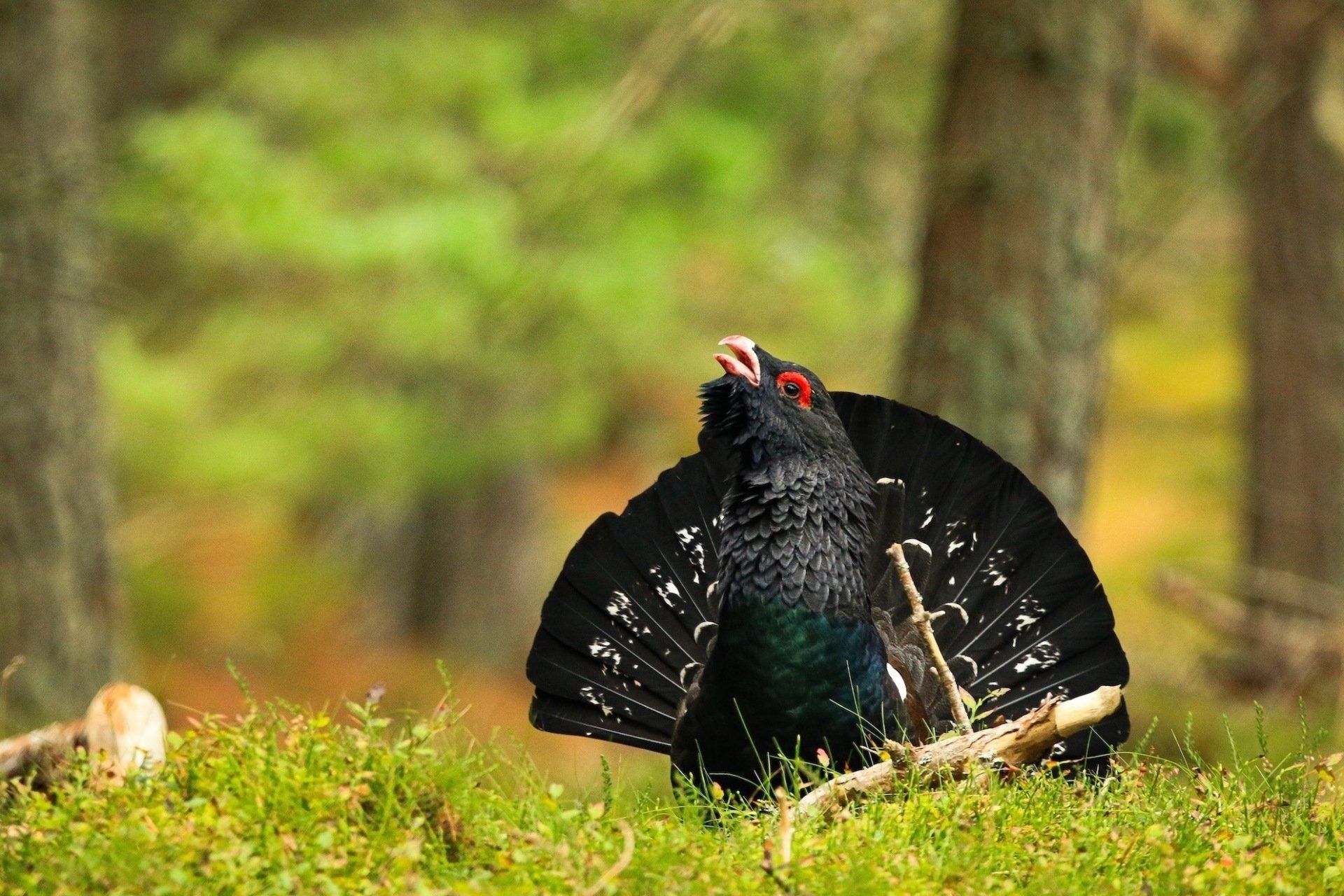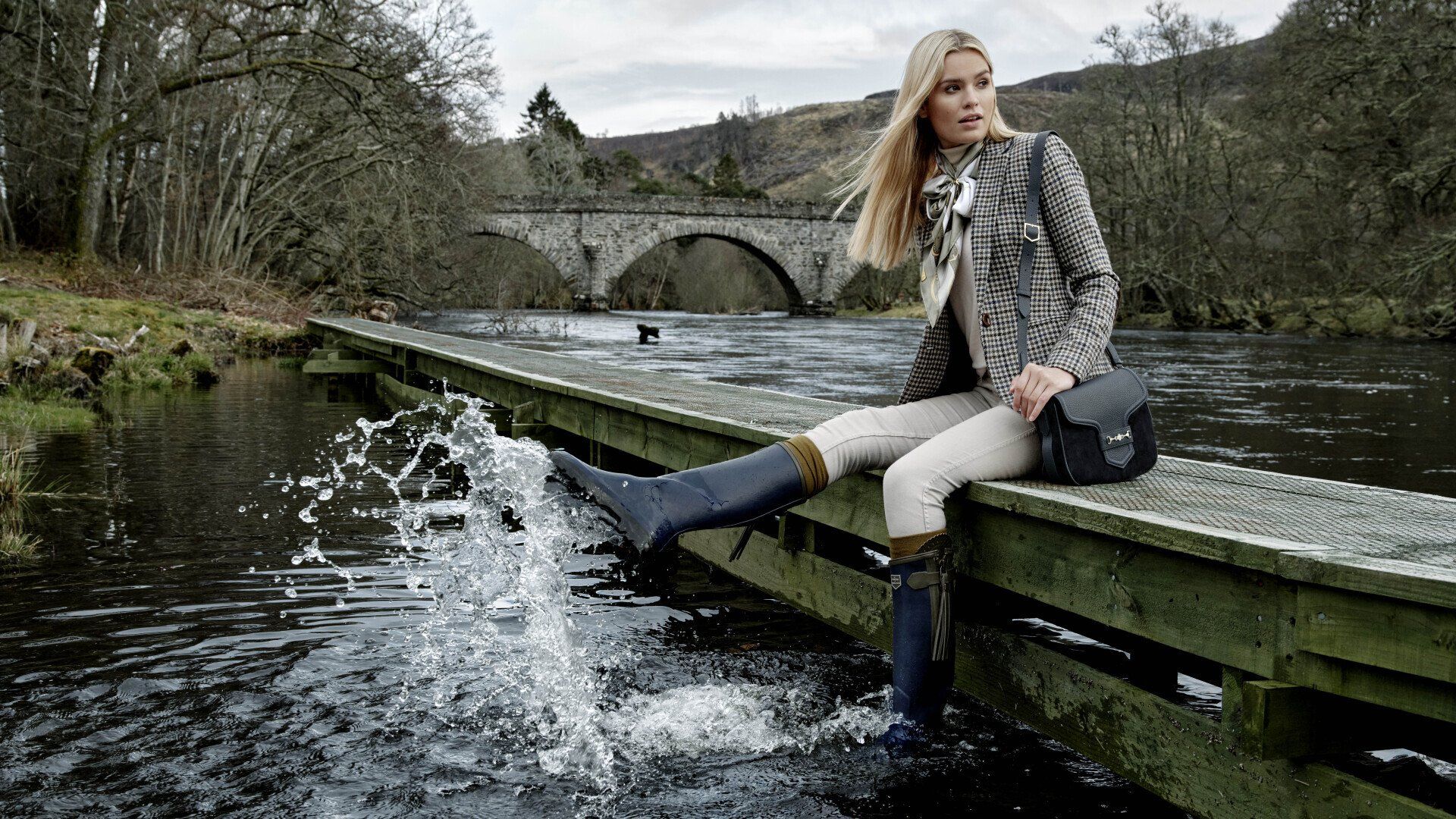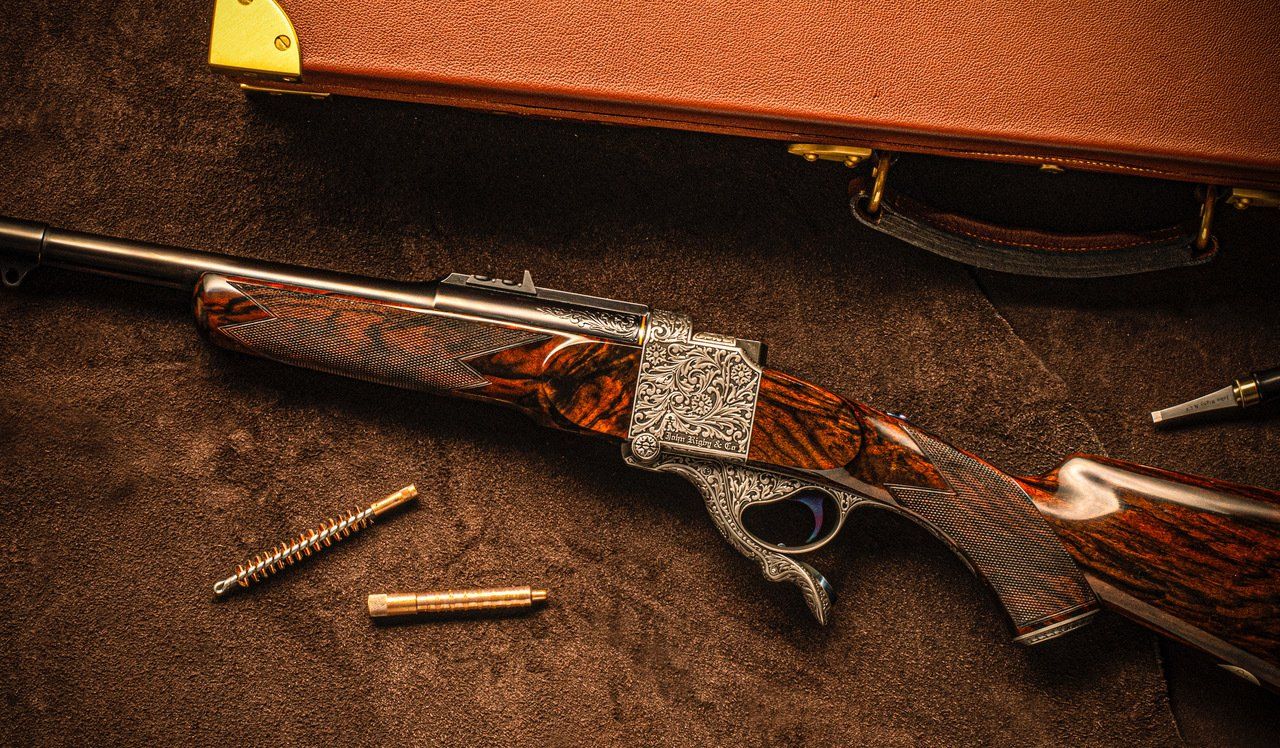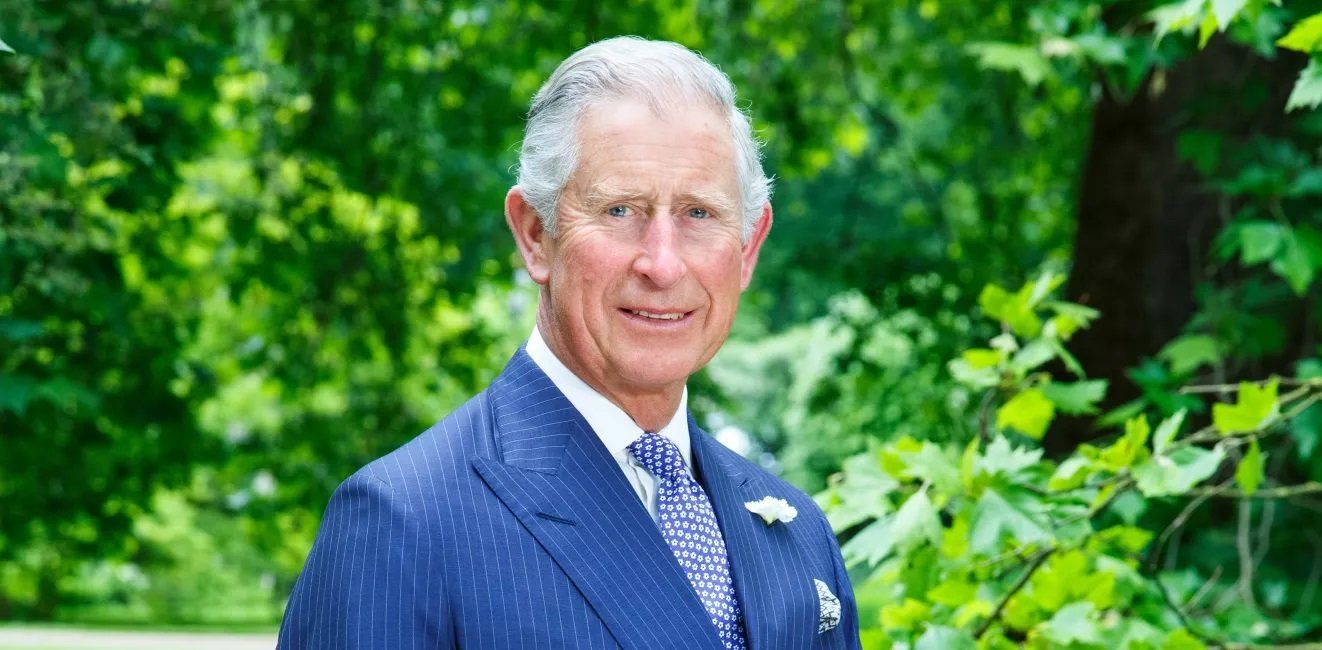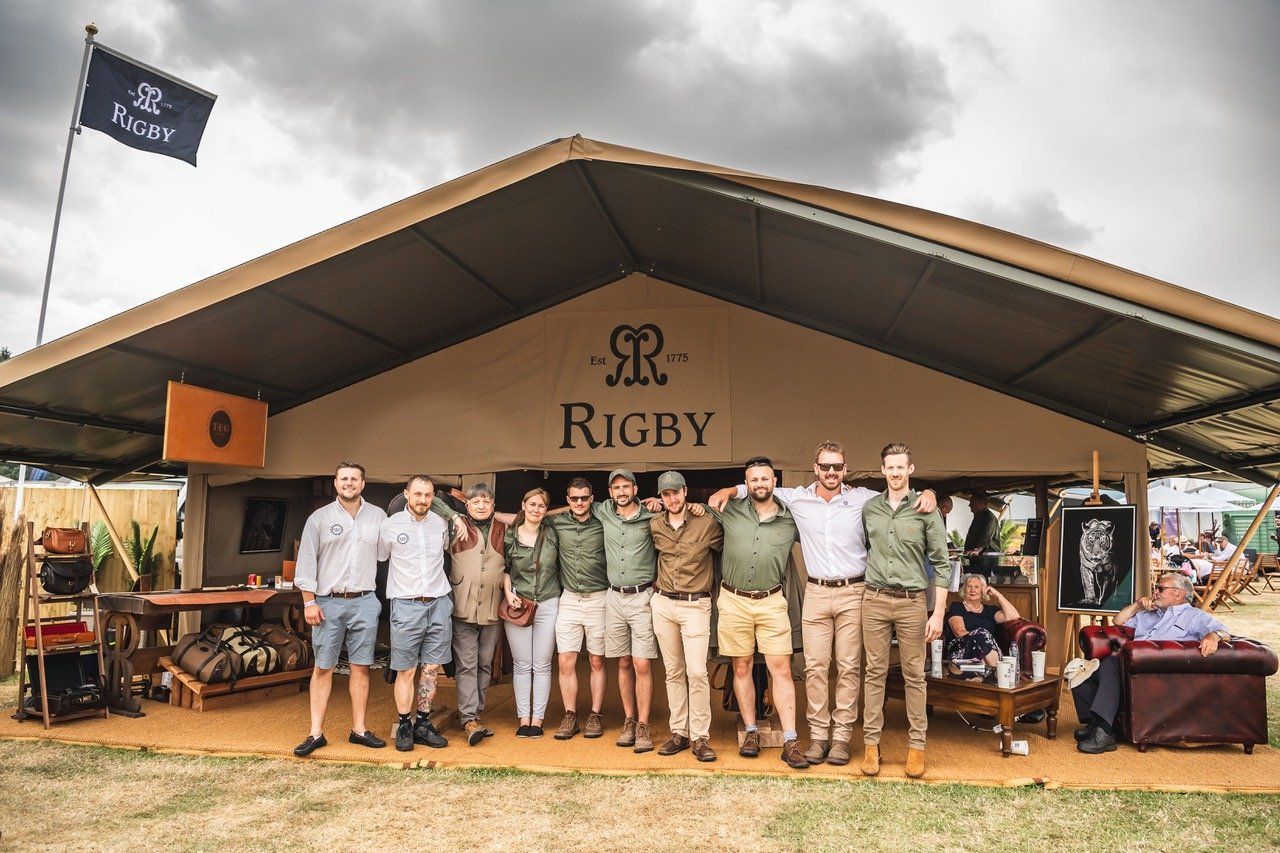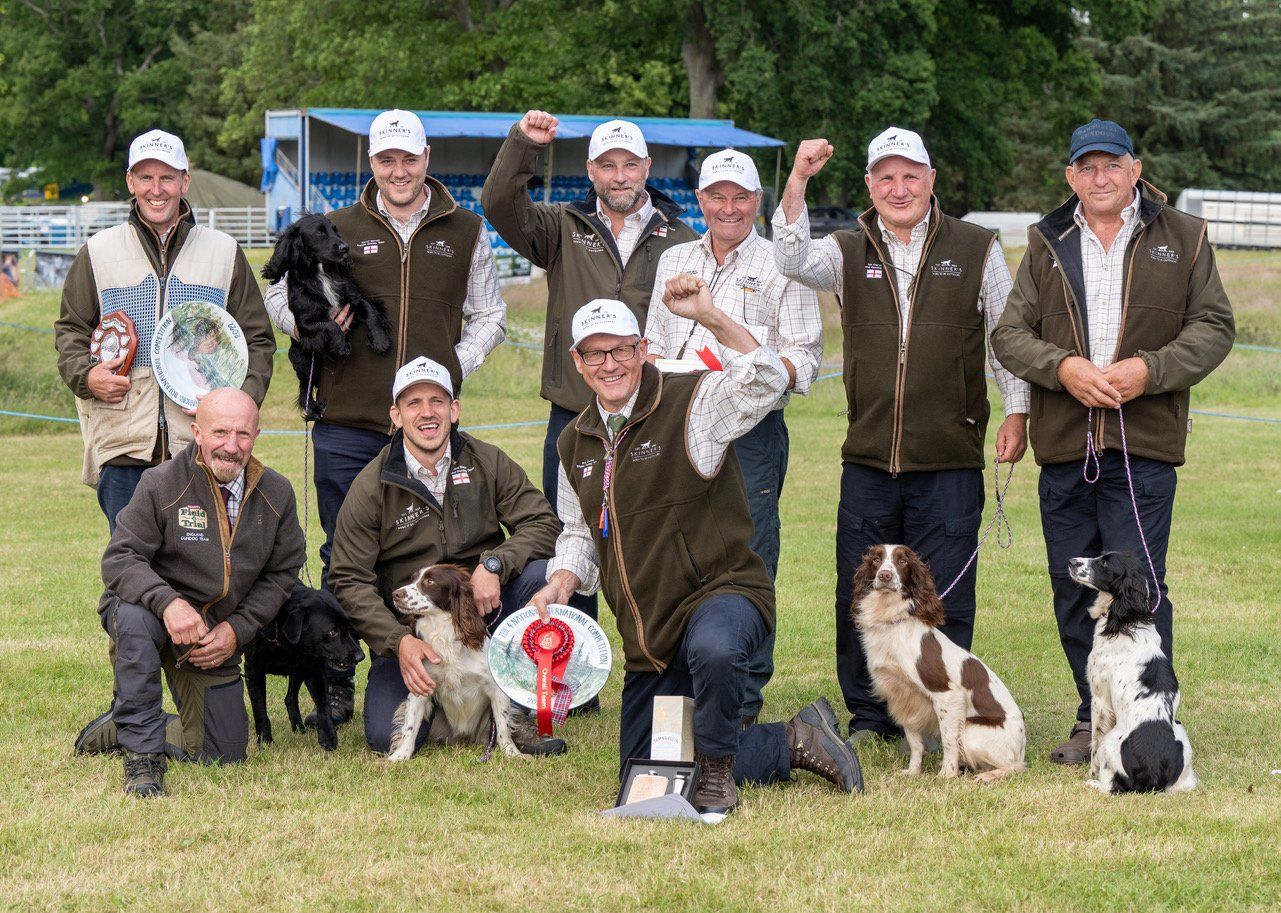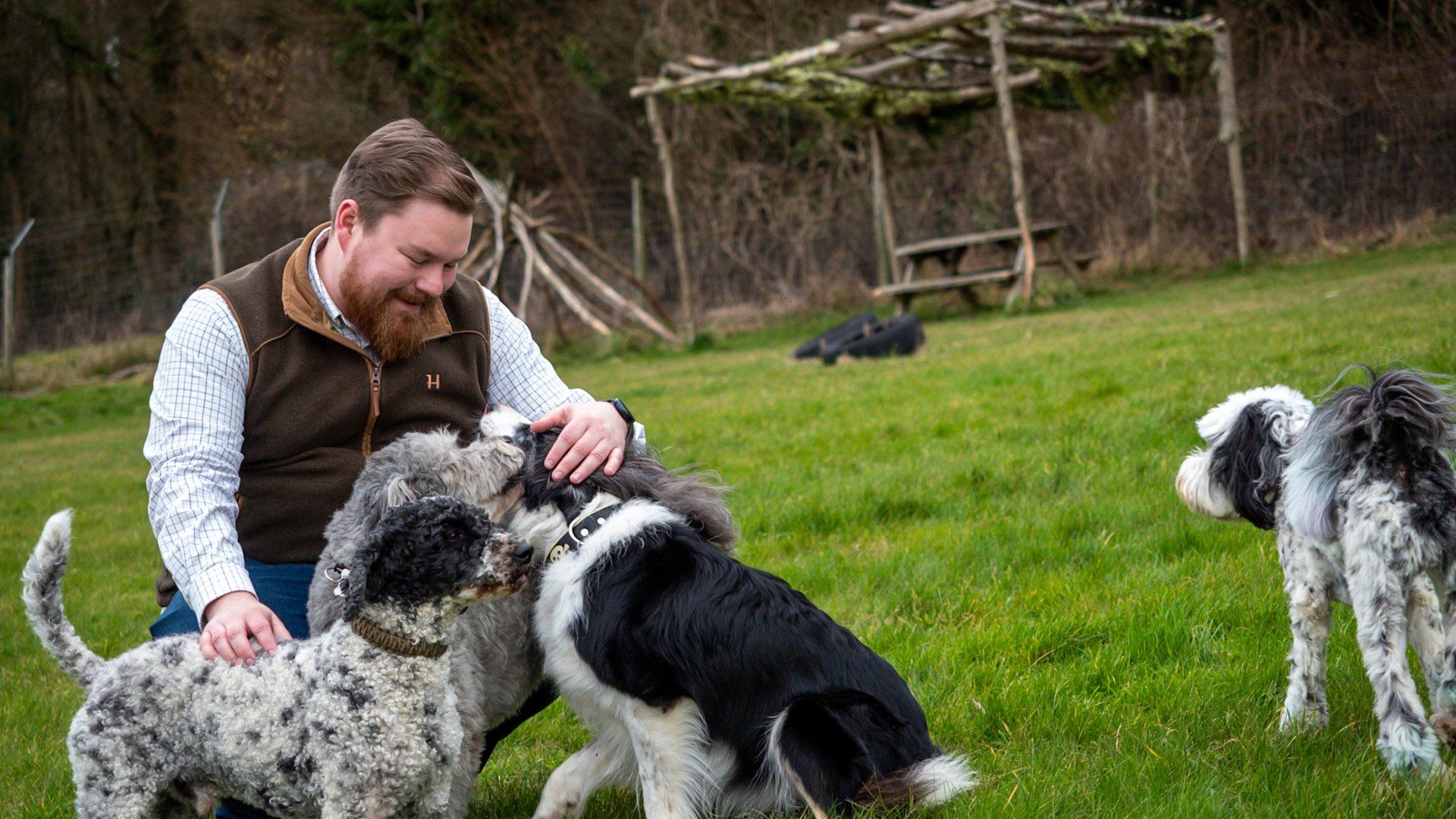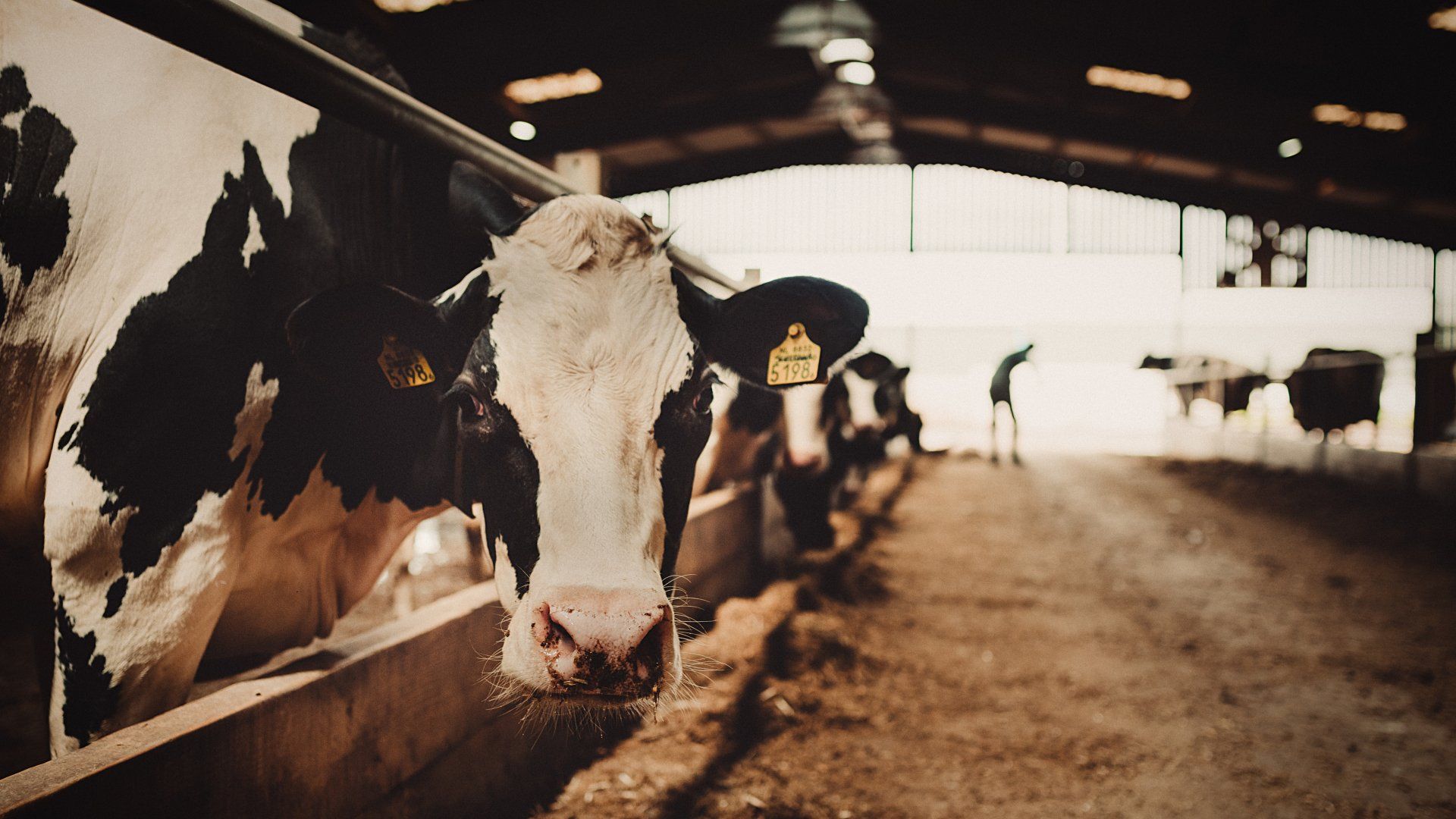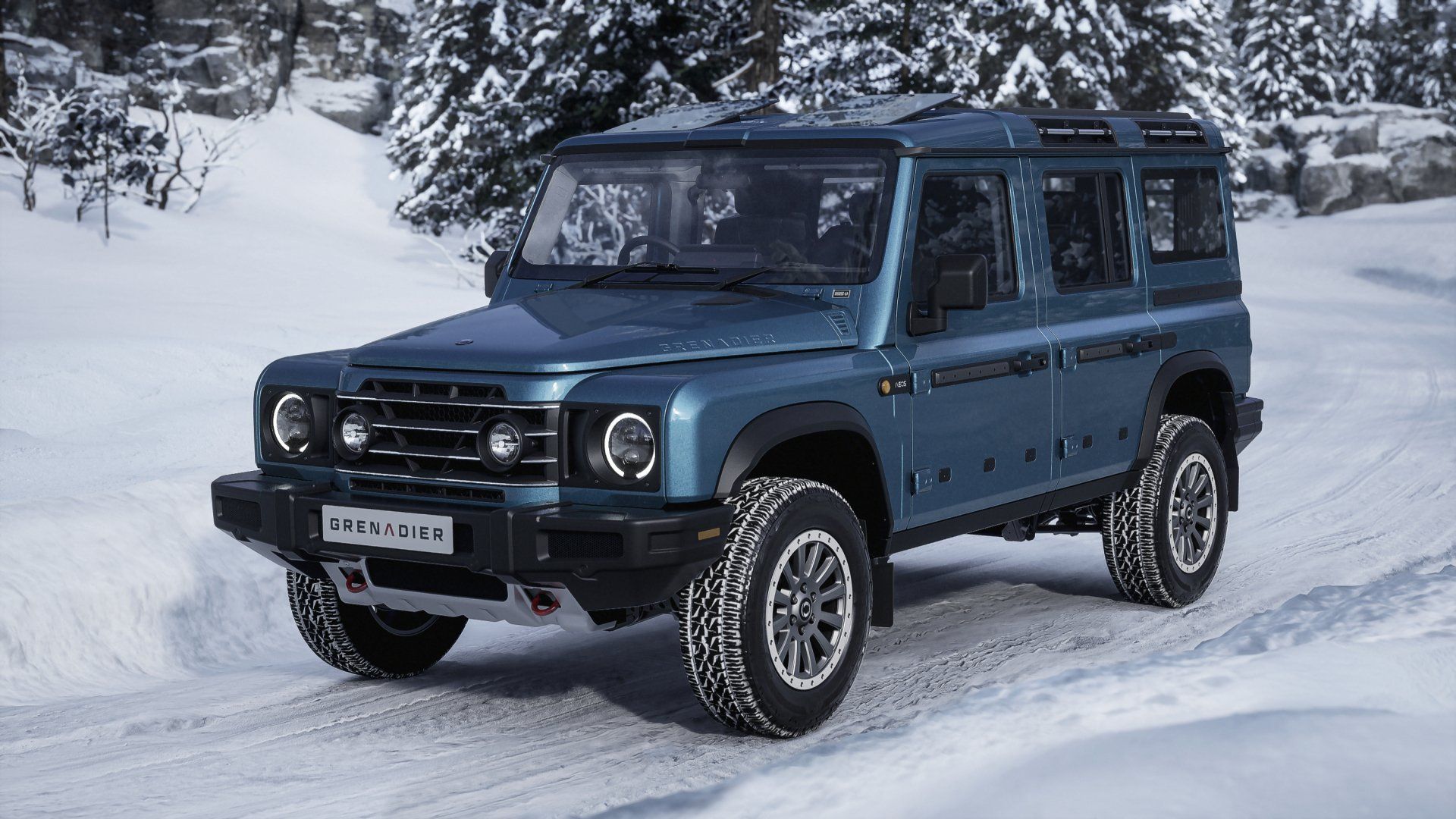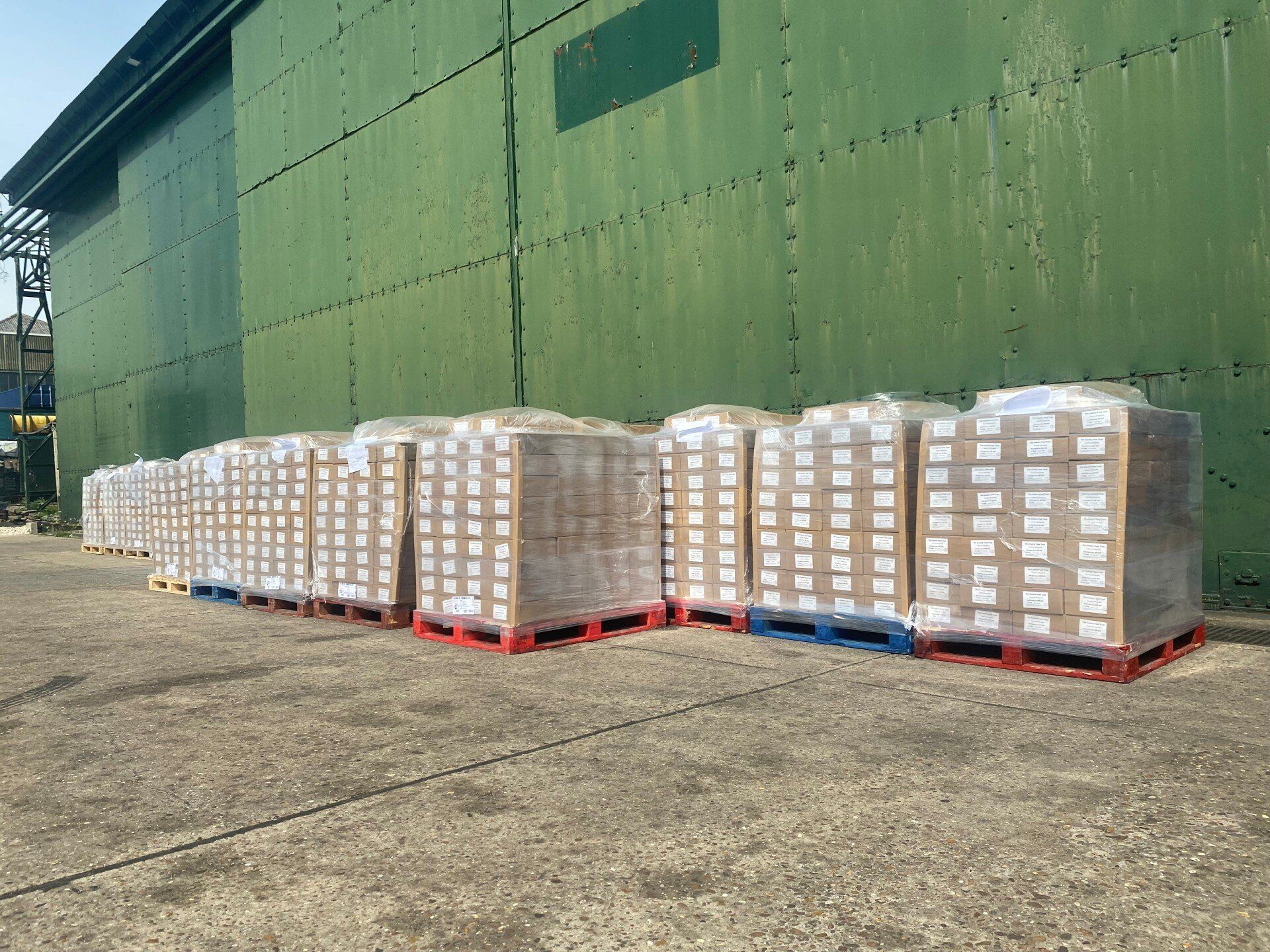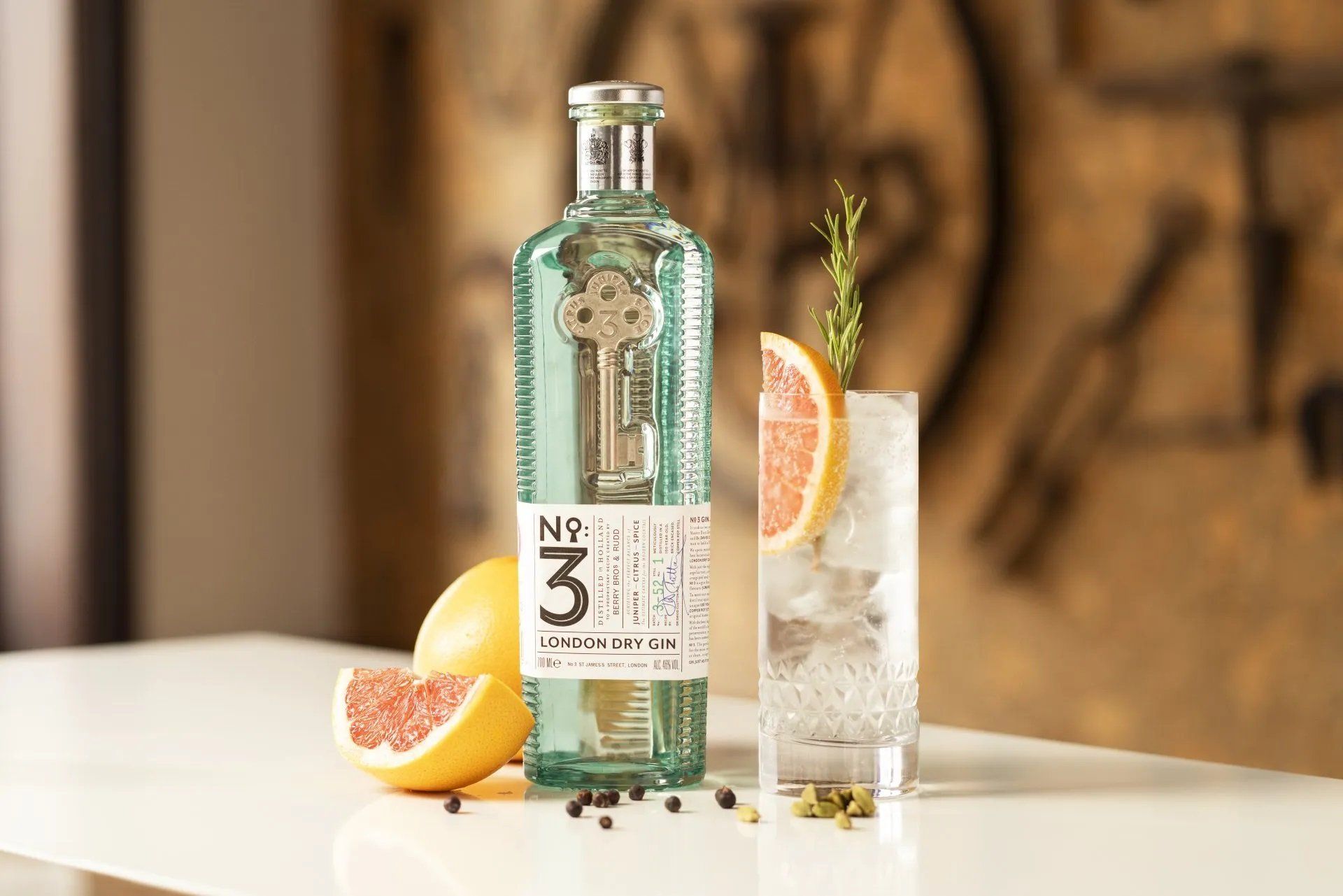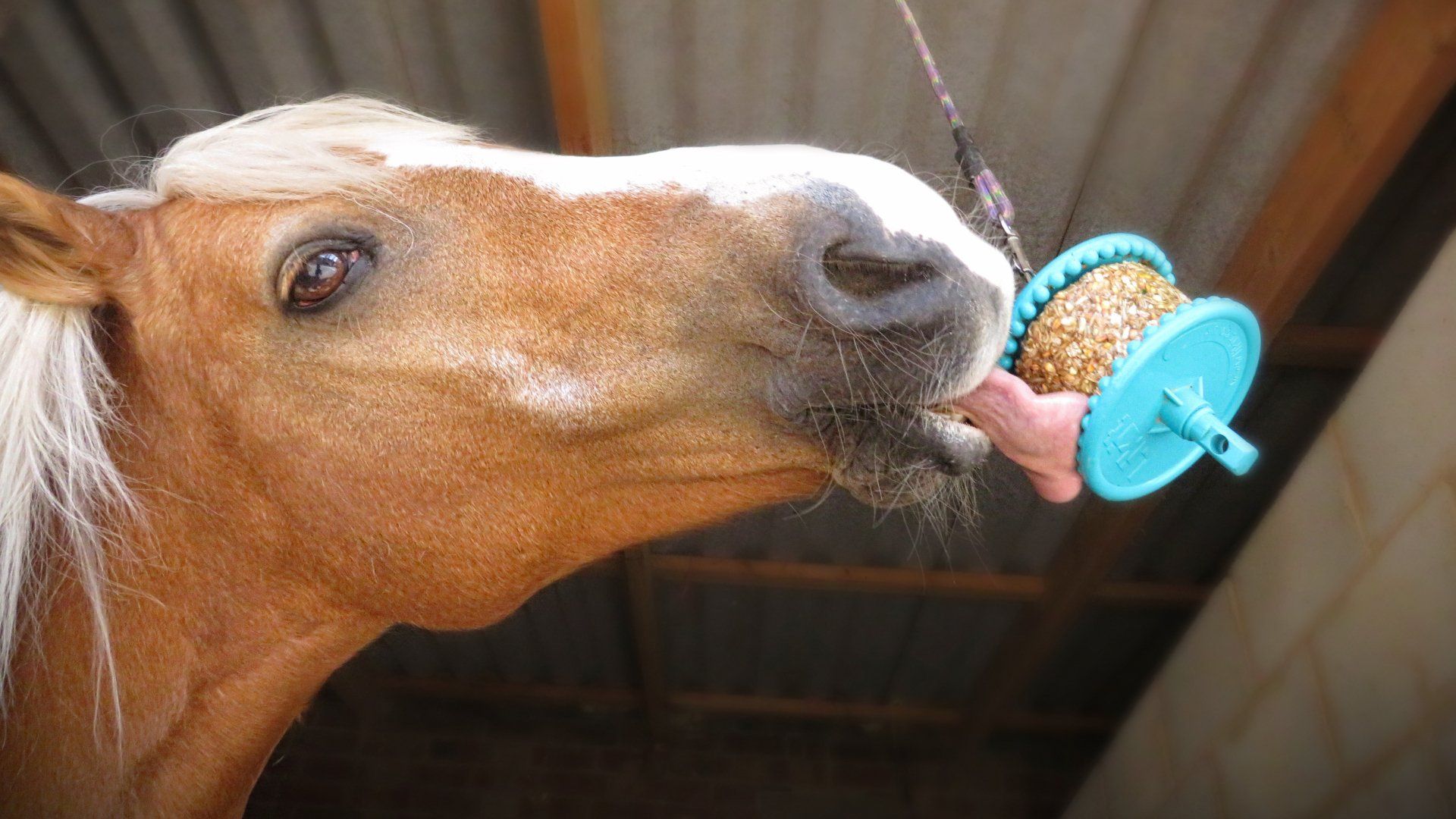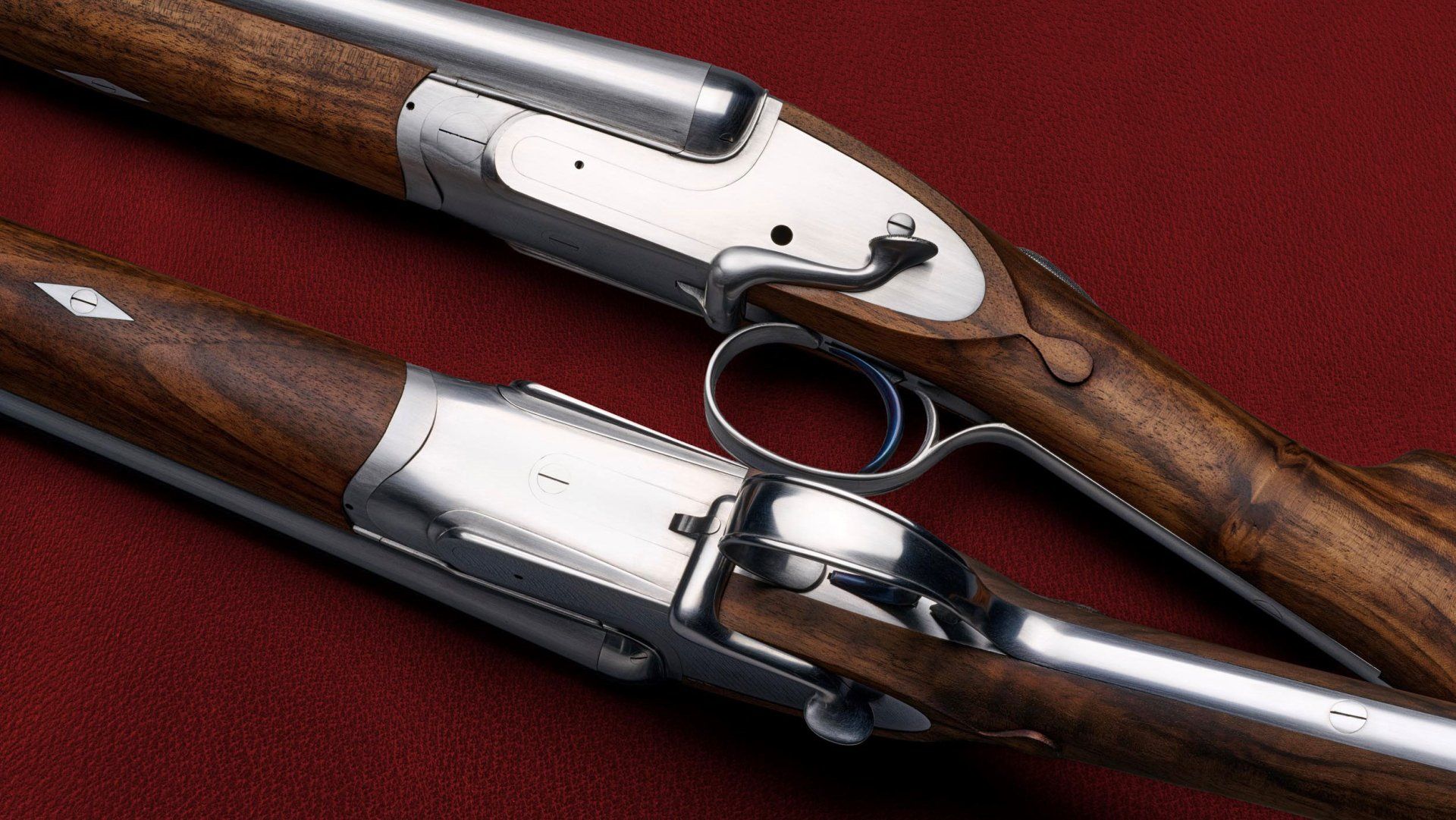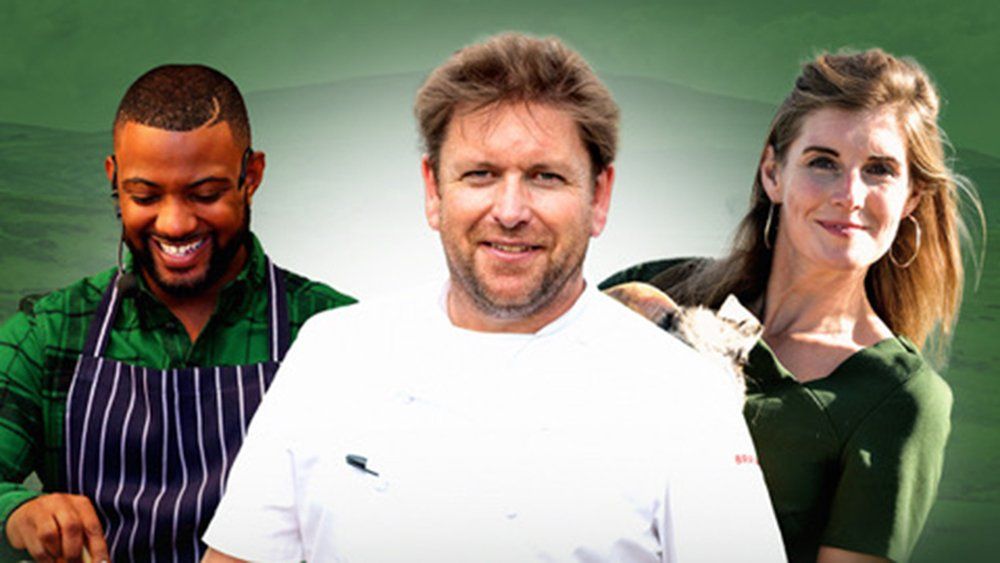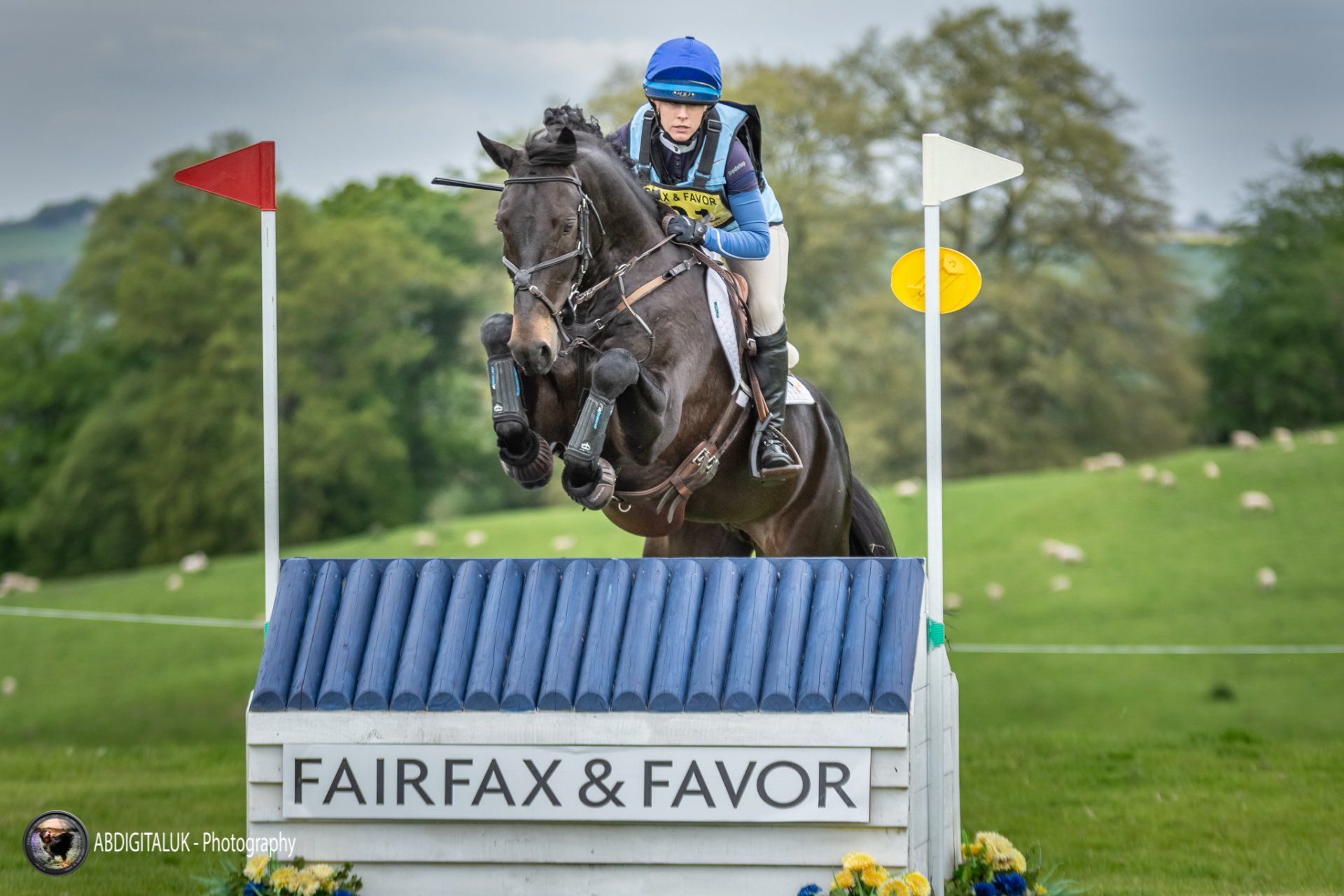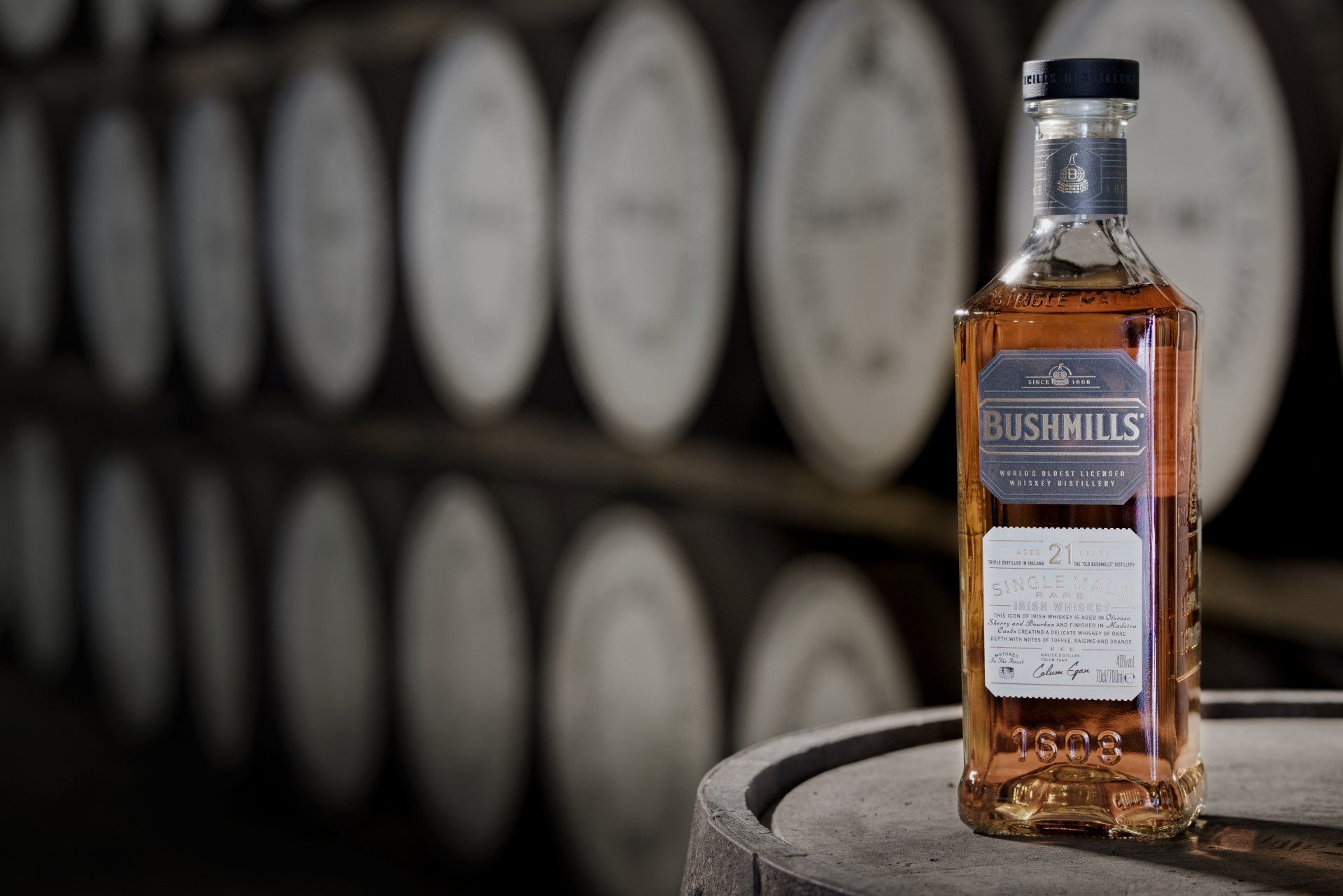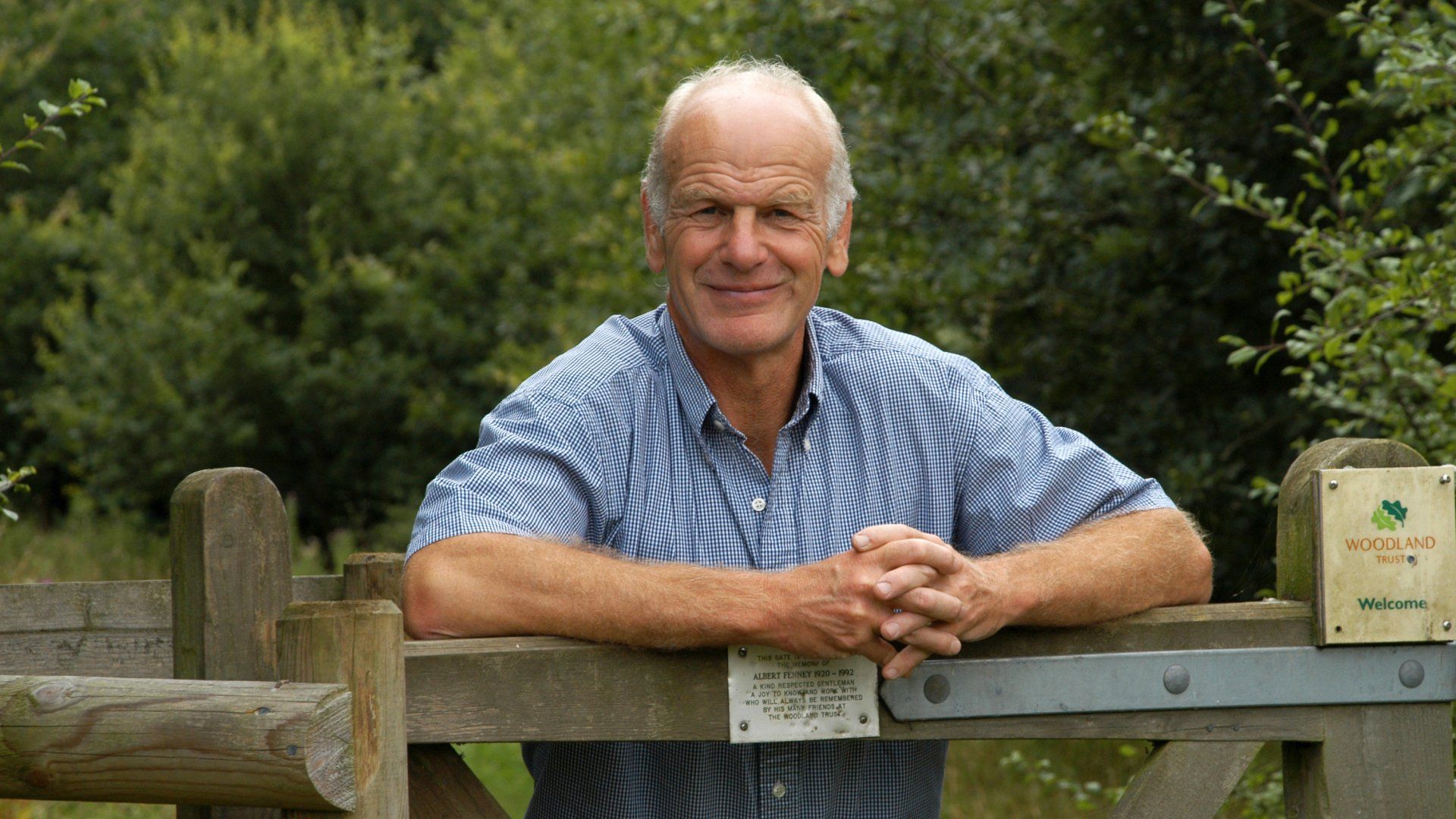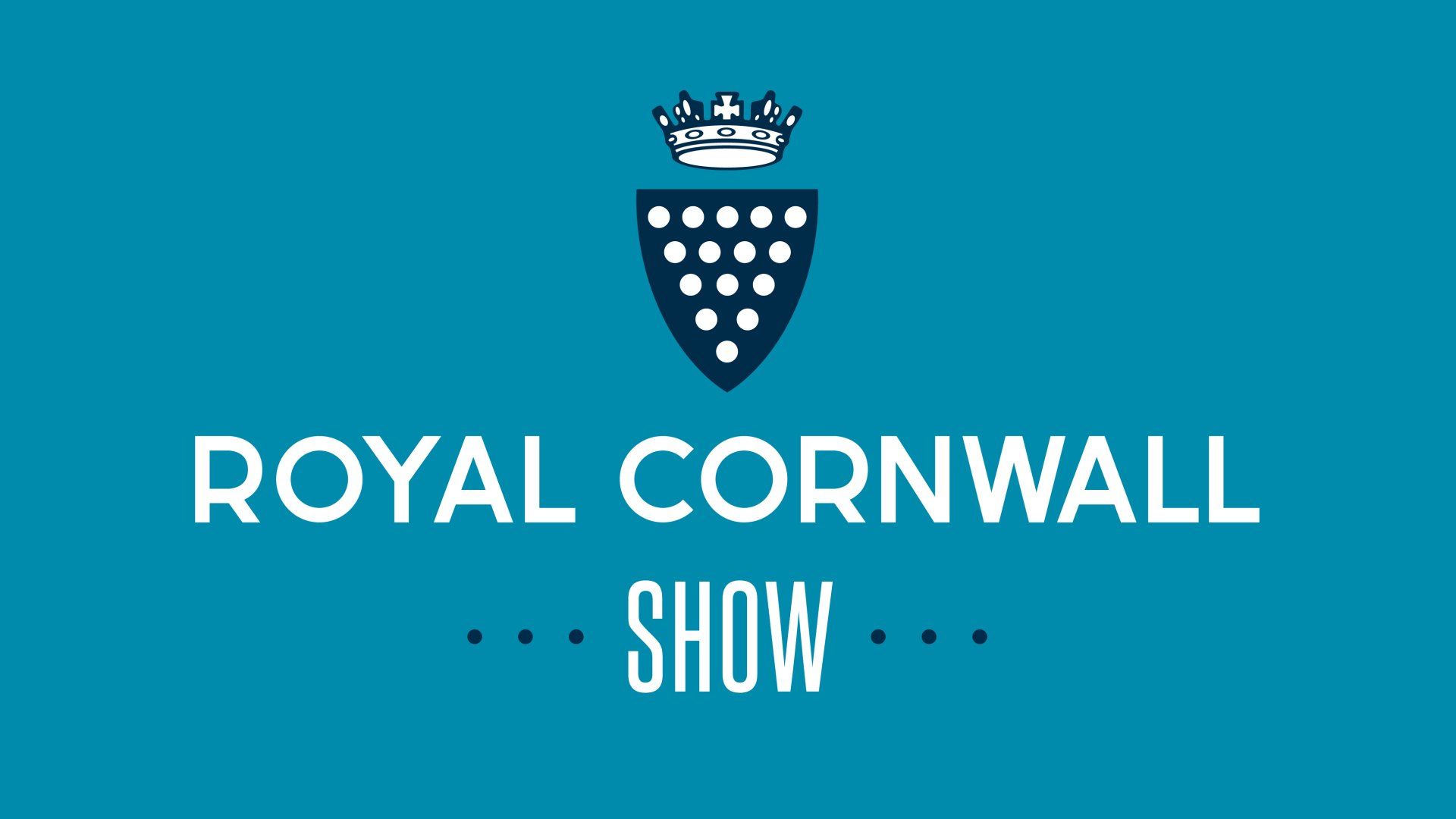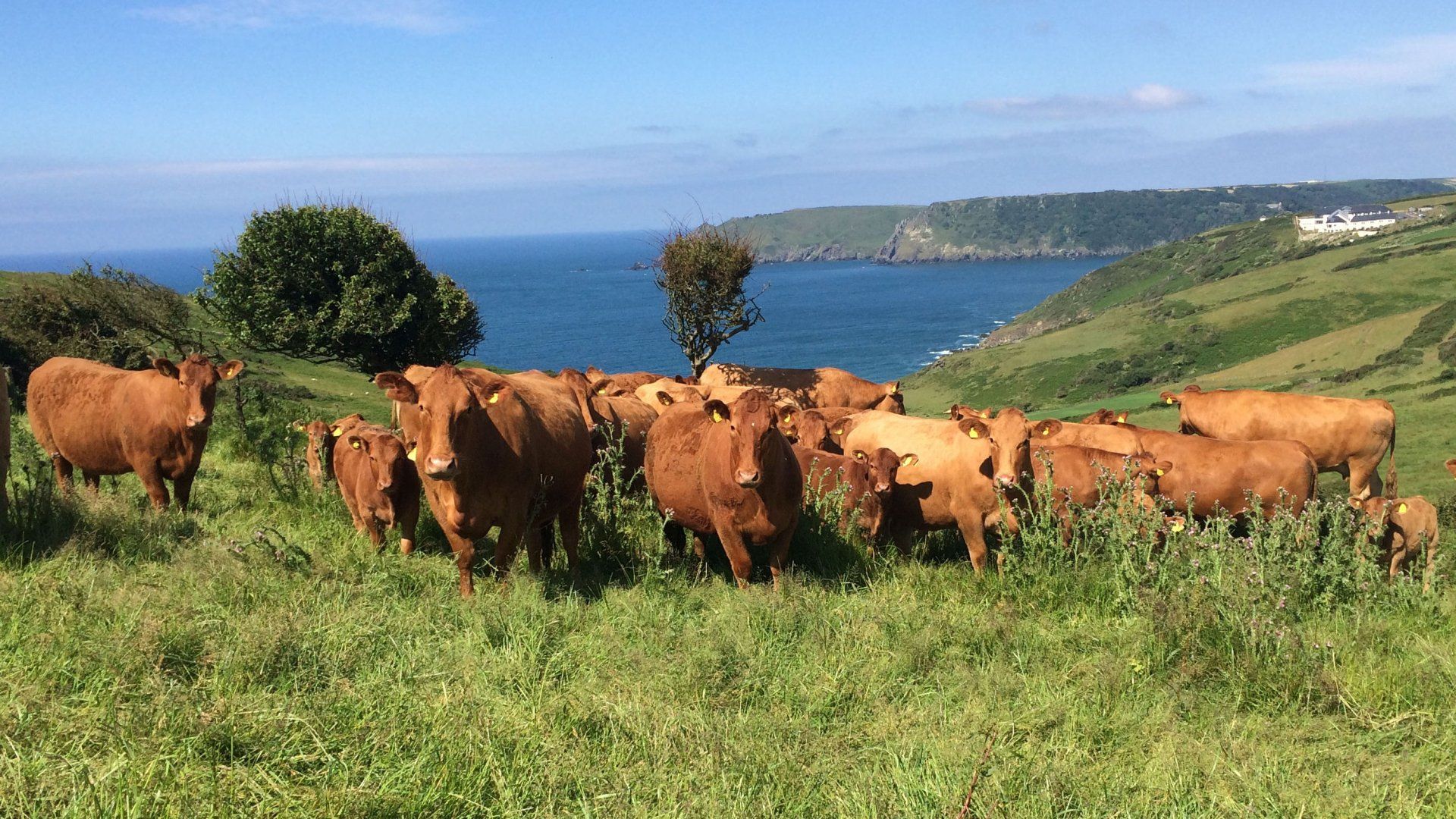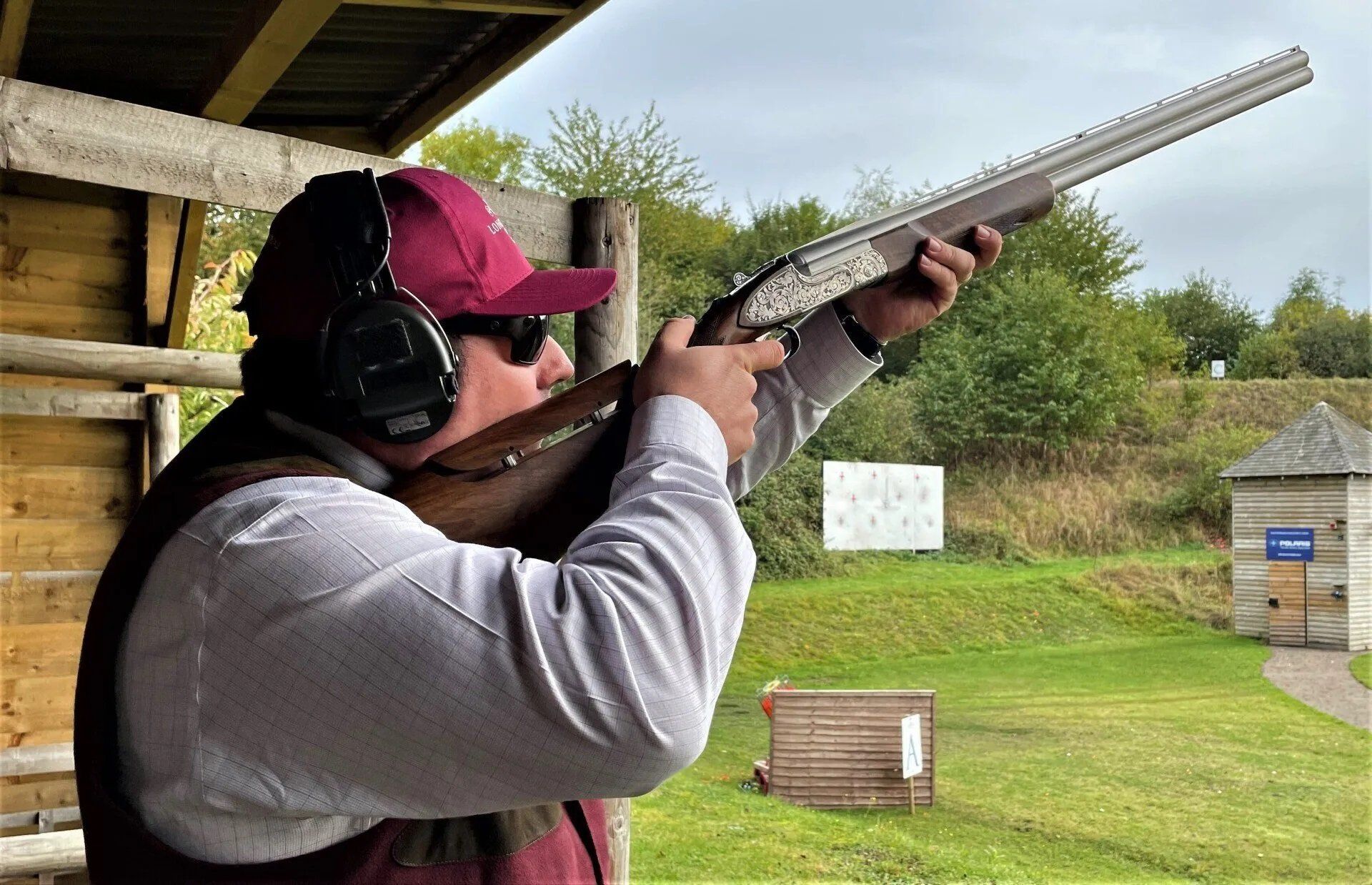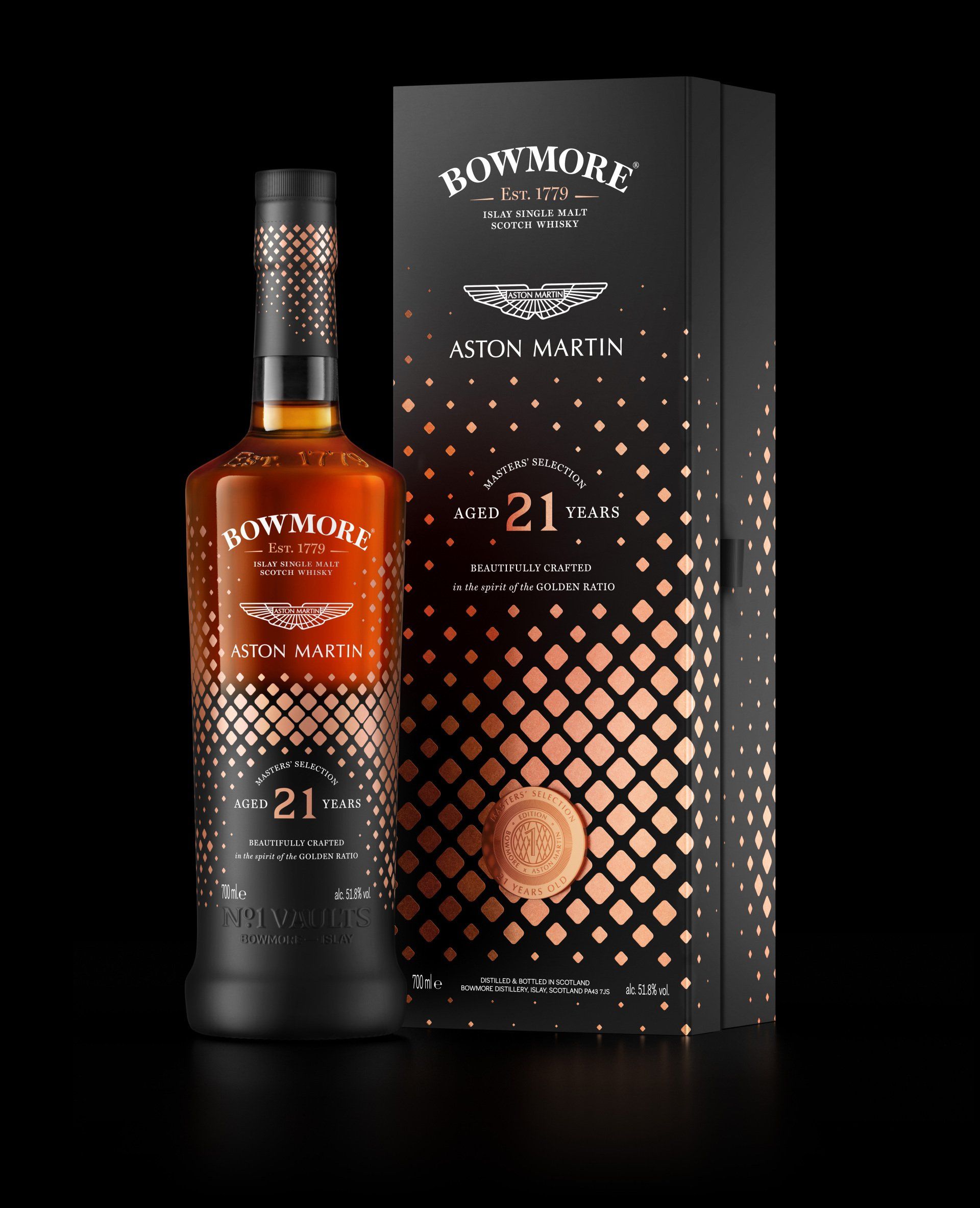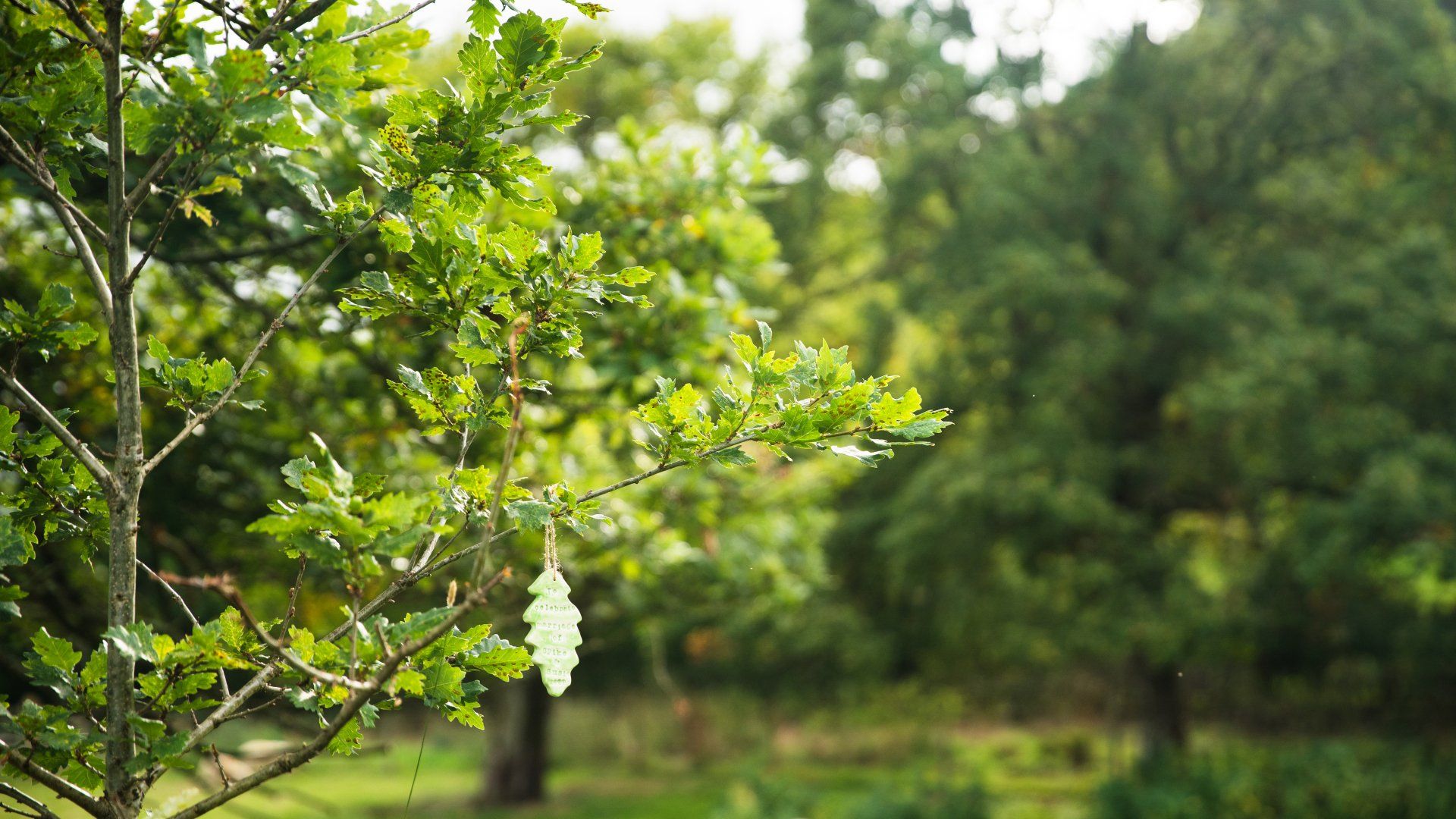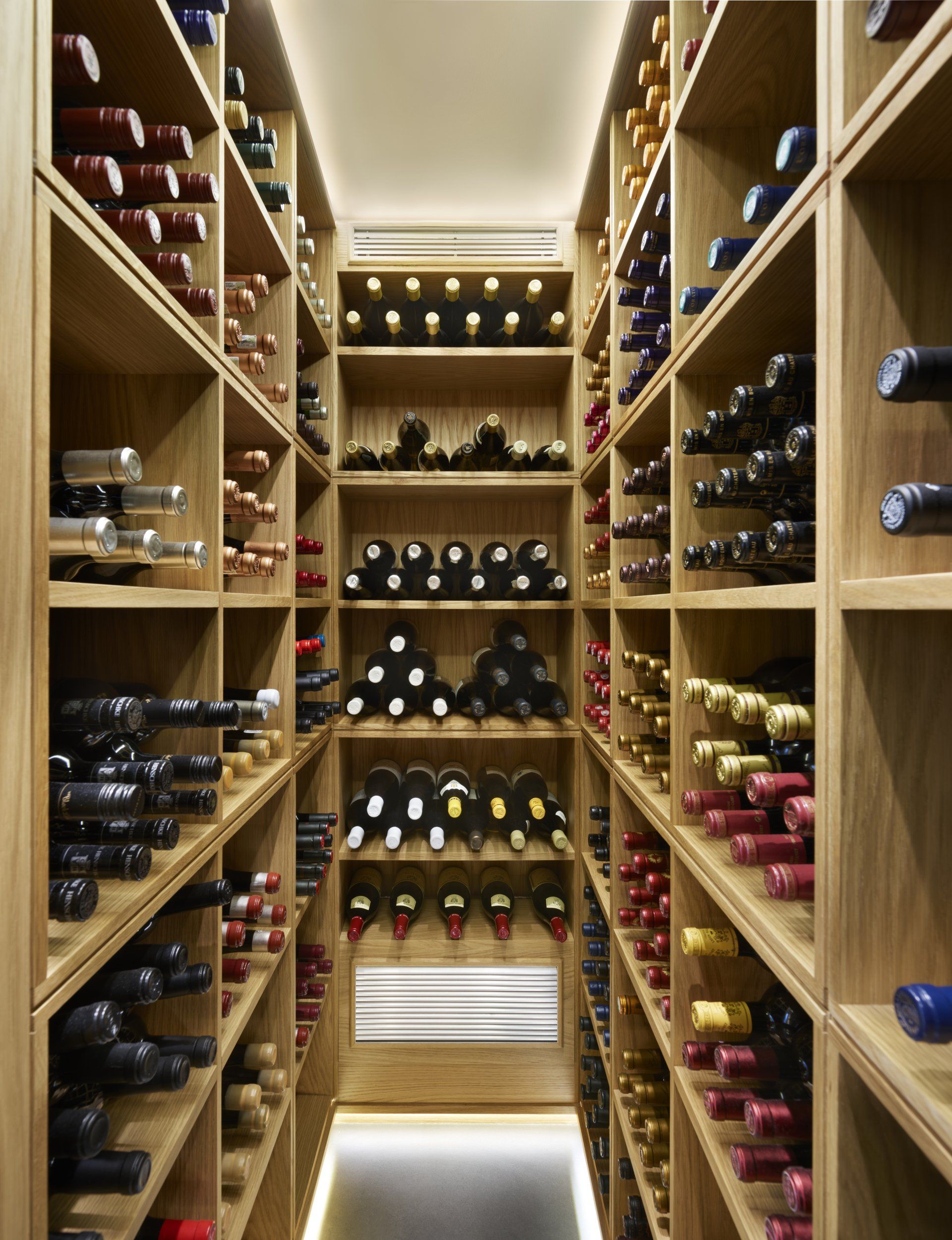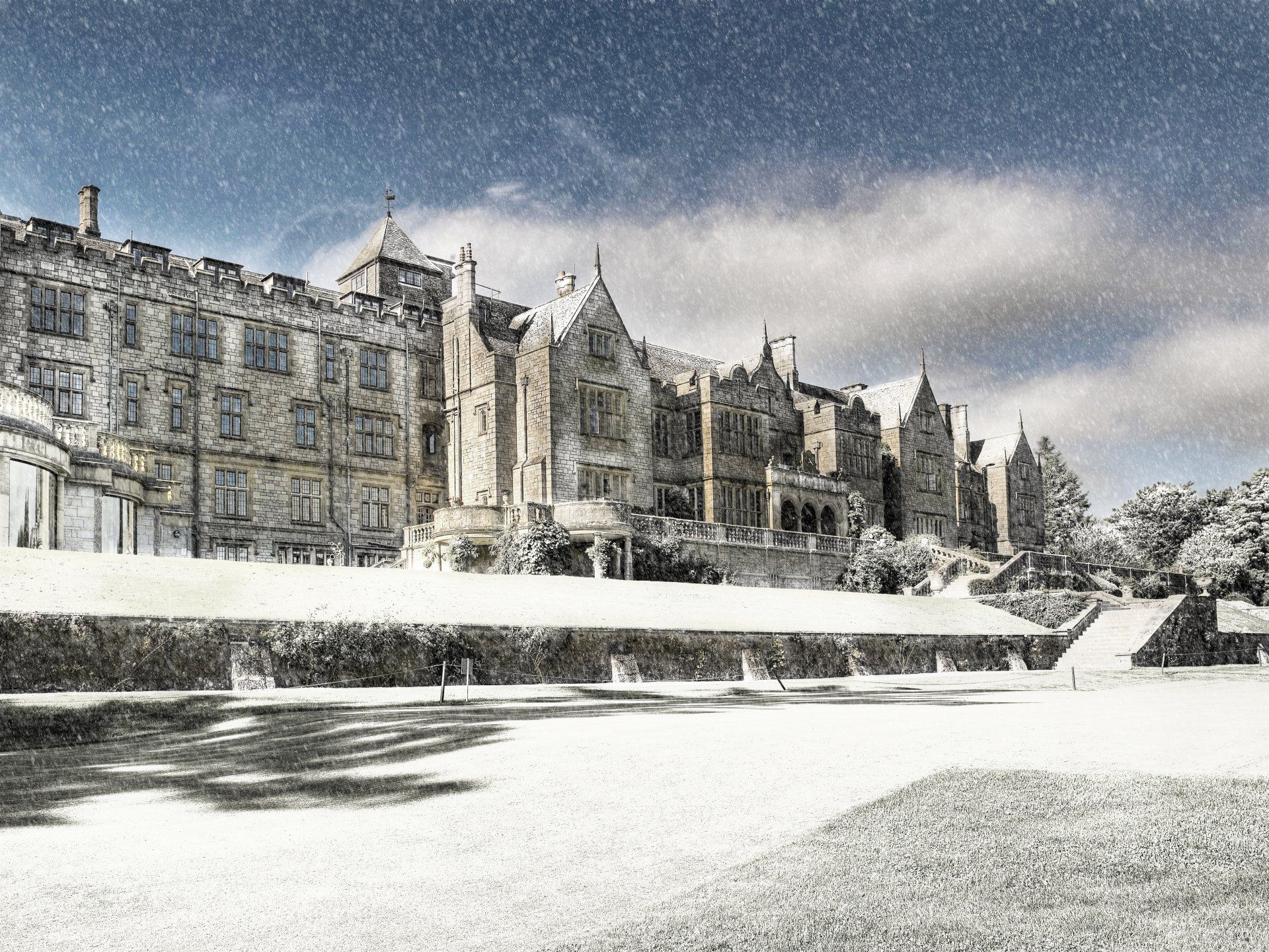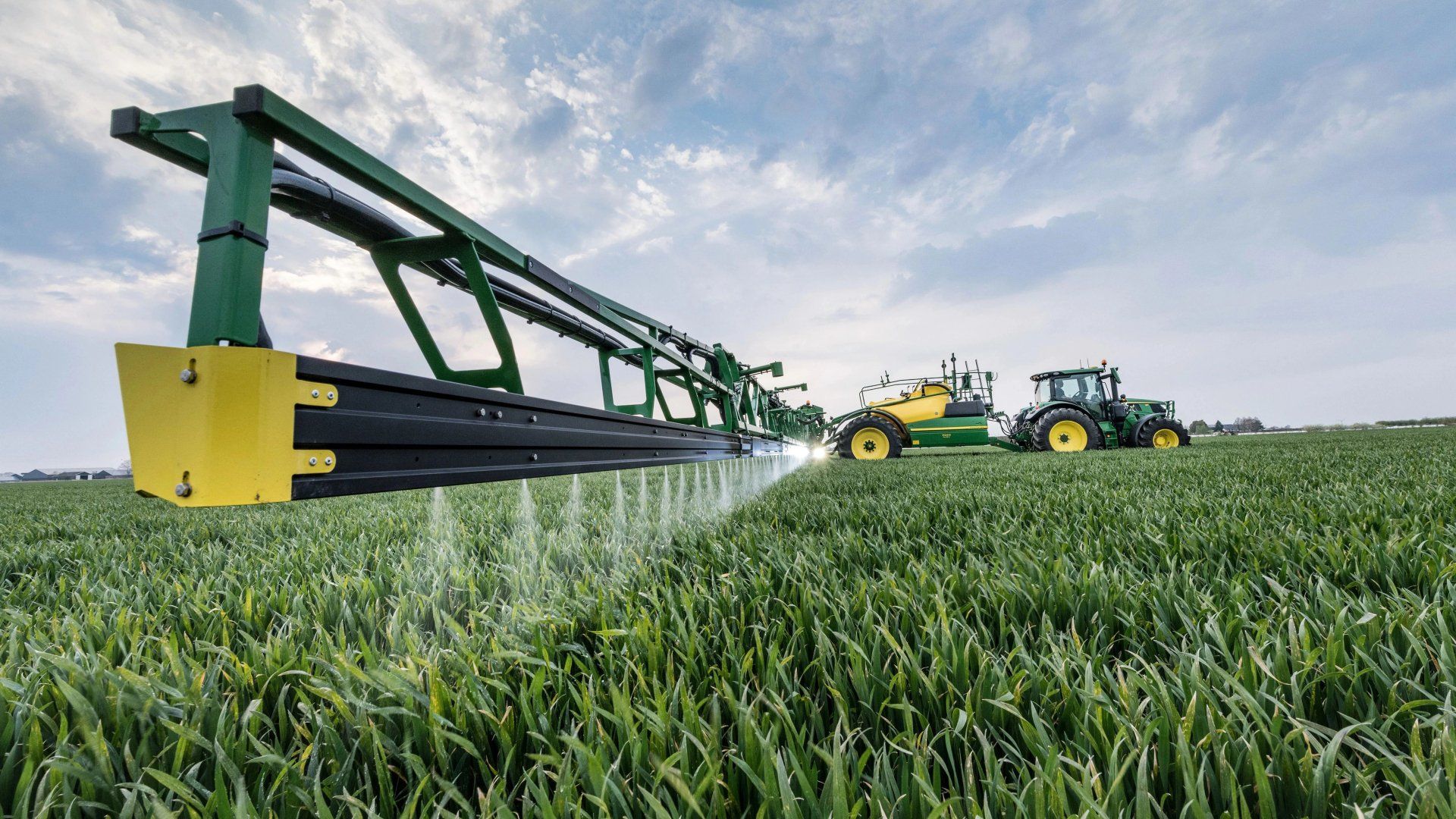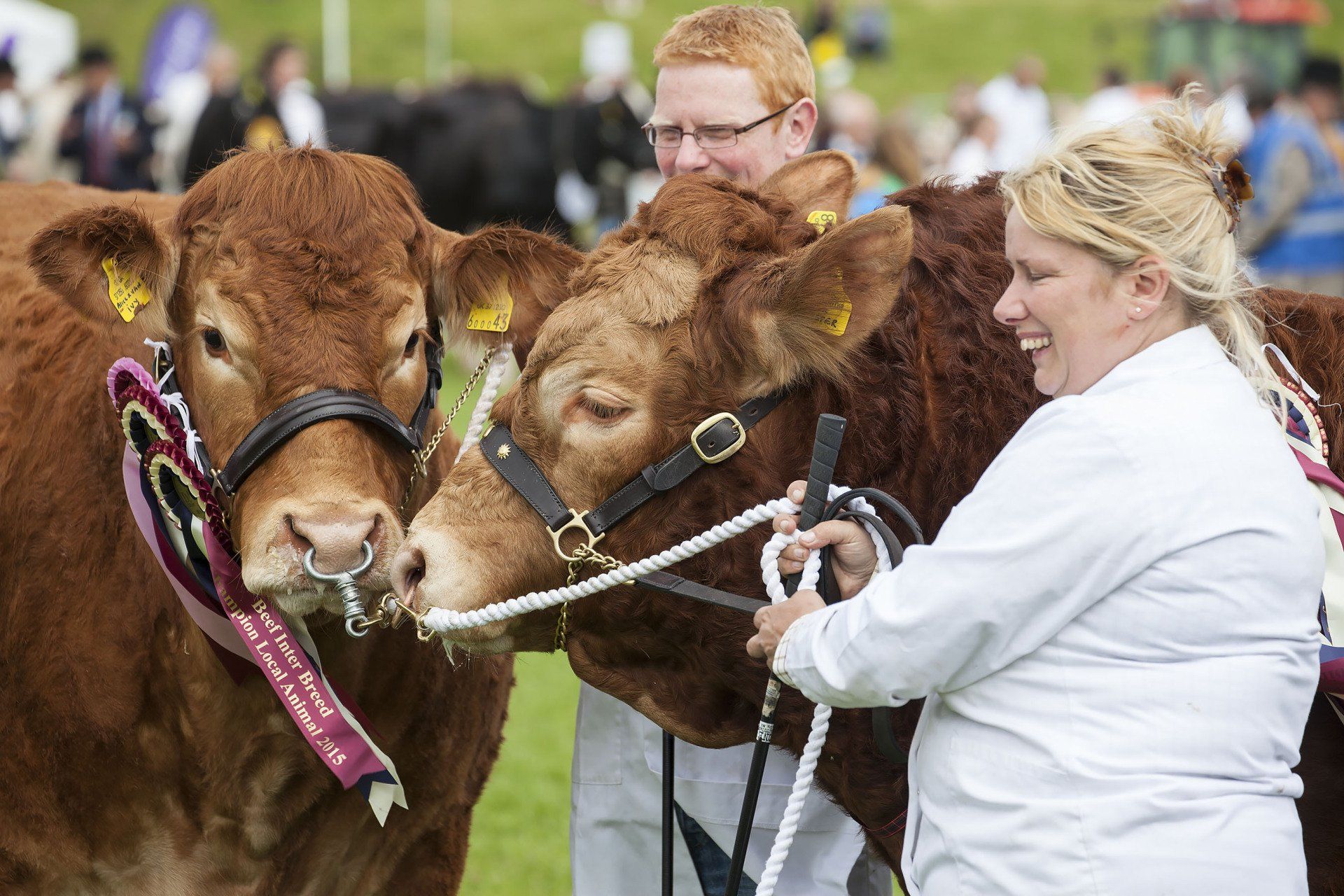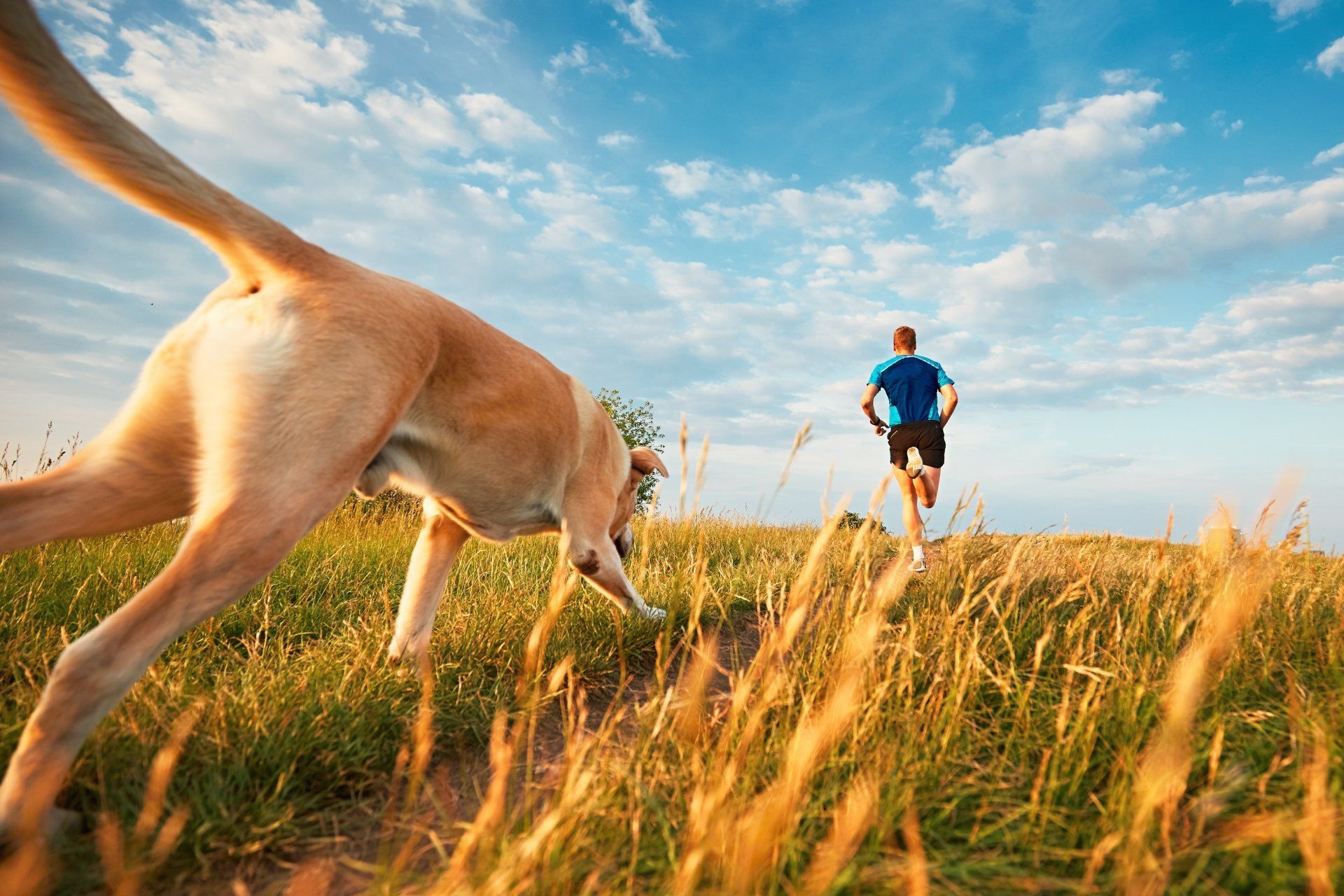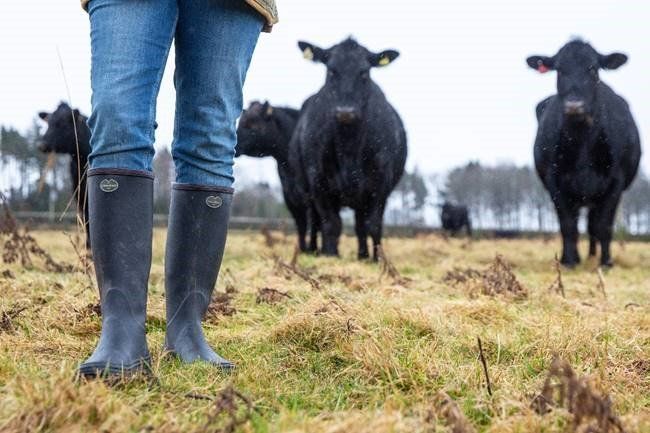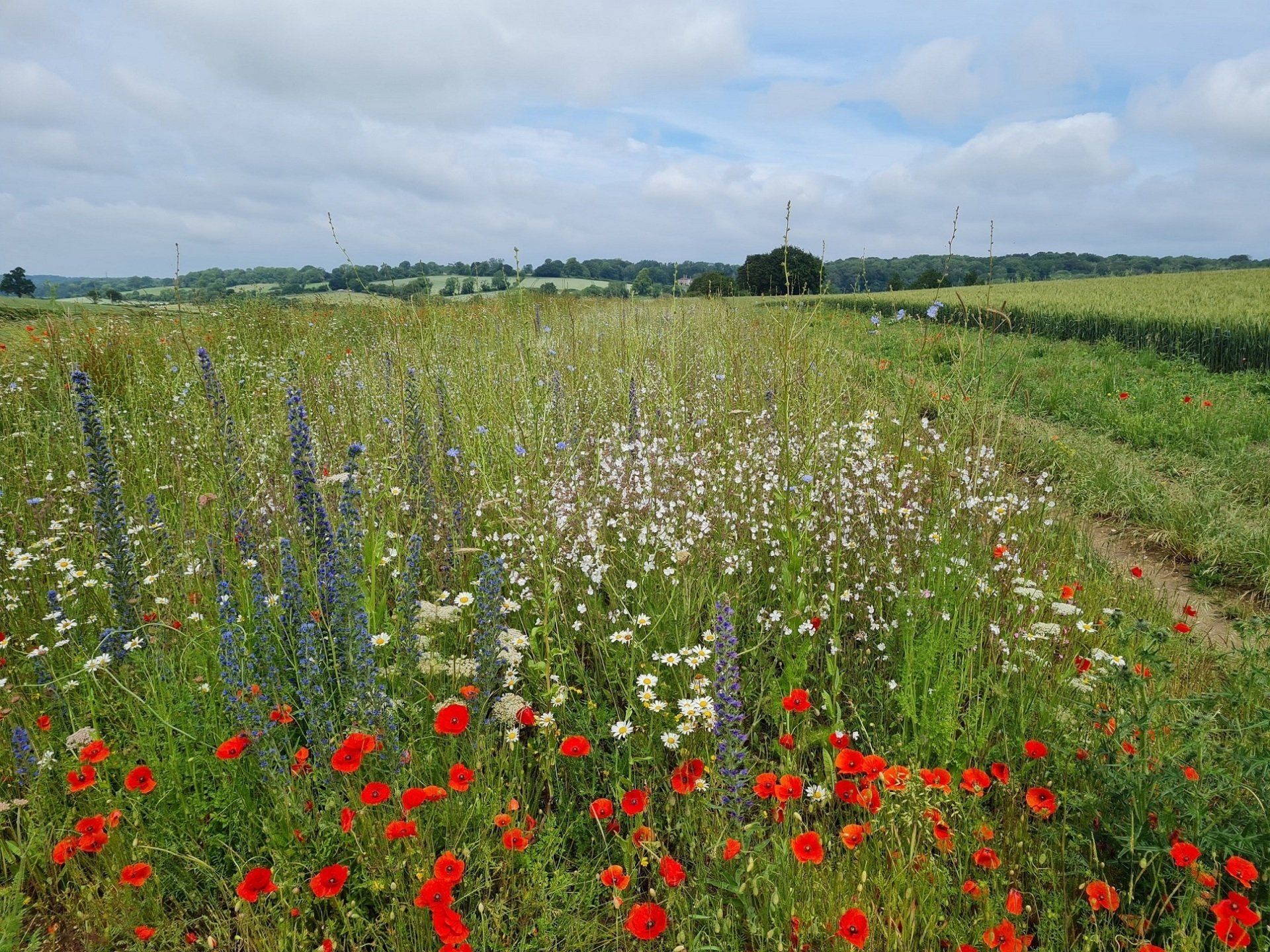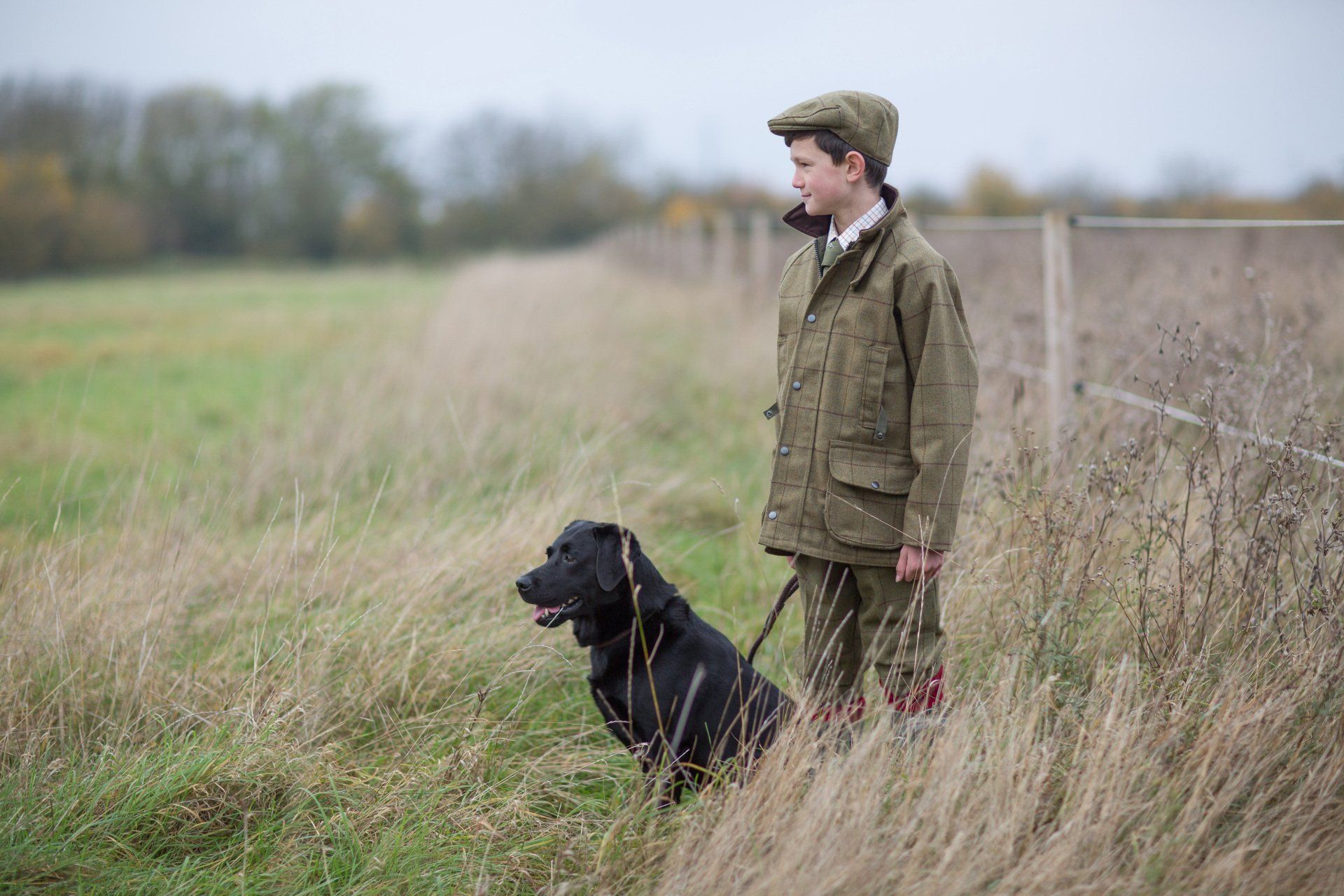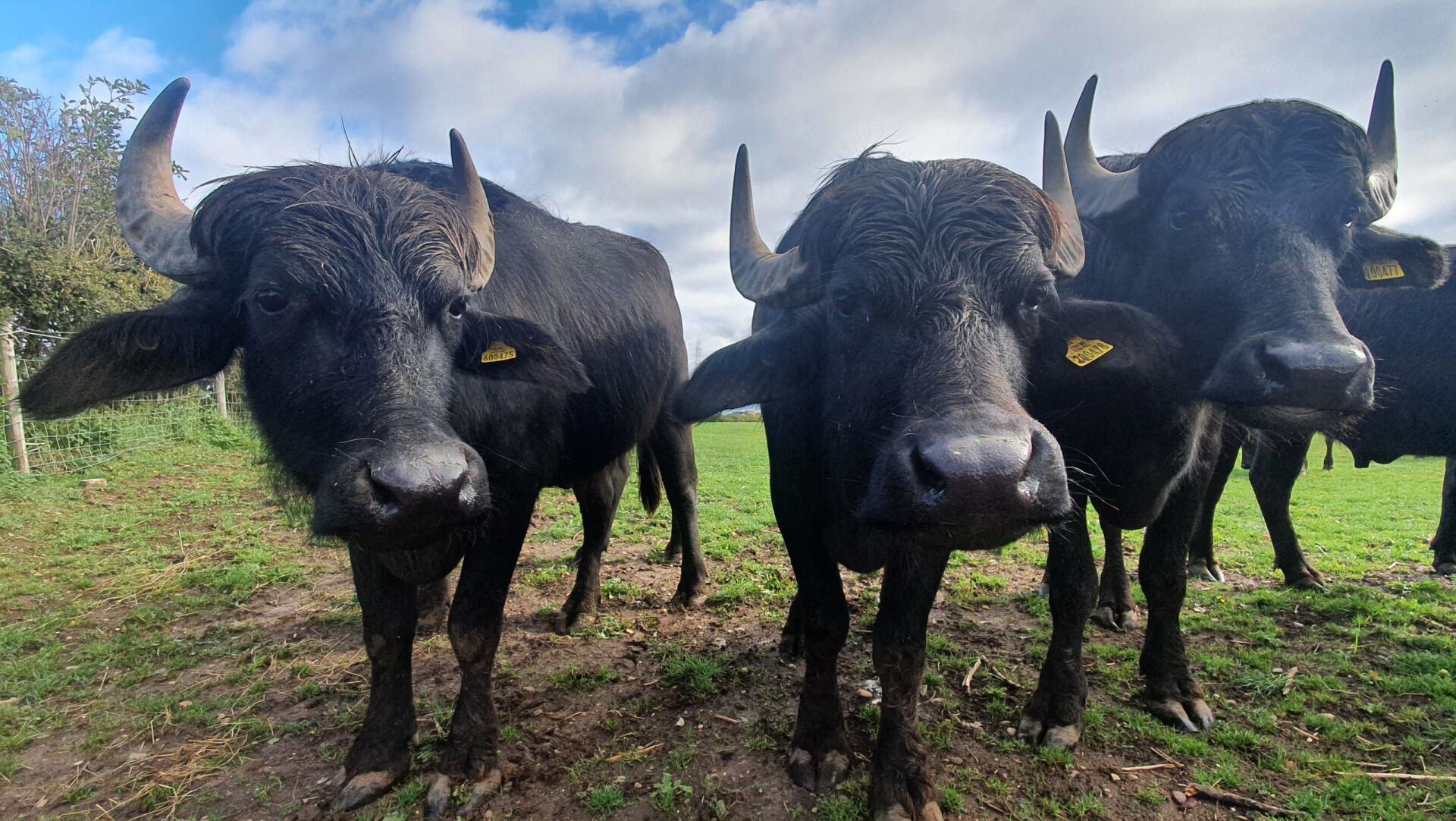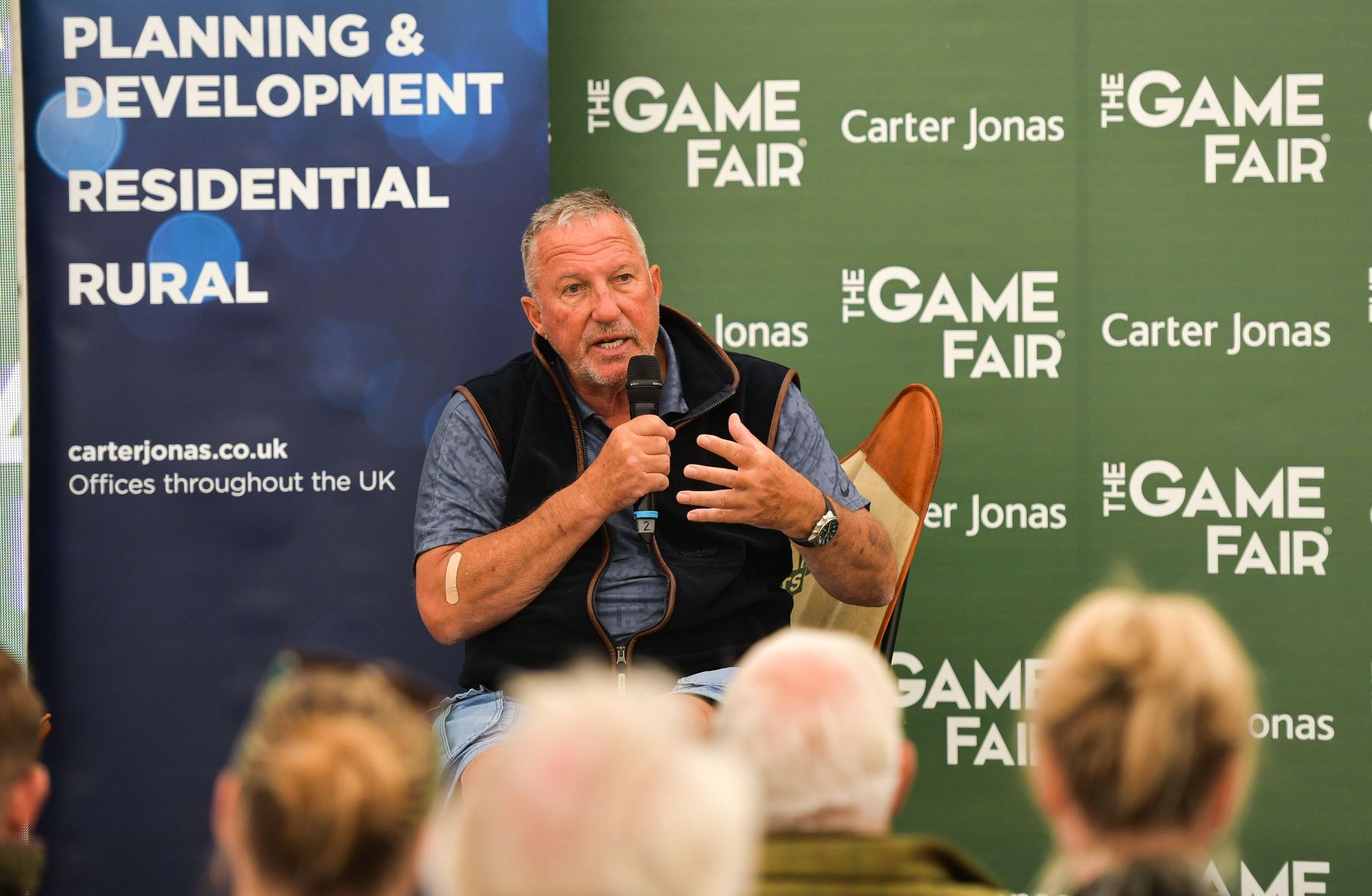The History of Highland Cattle: Guardians of Scotland's Pastures
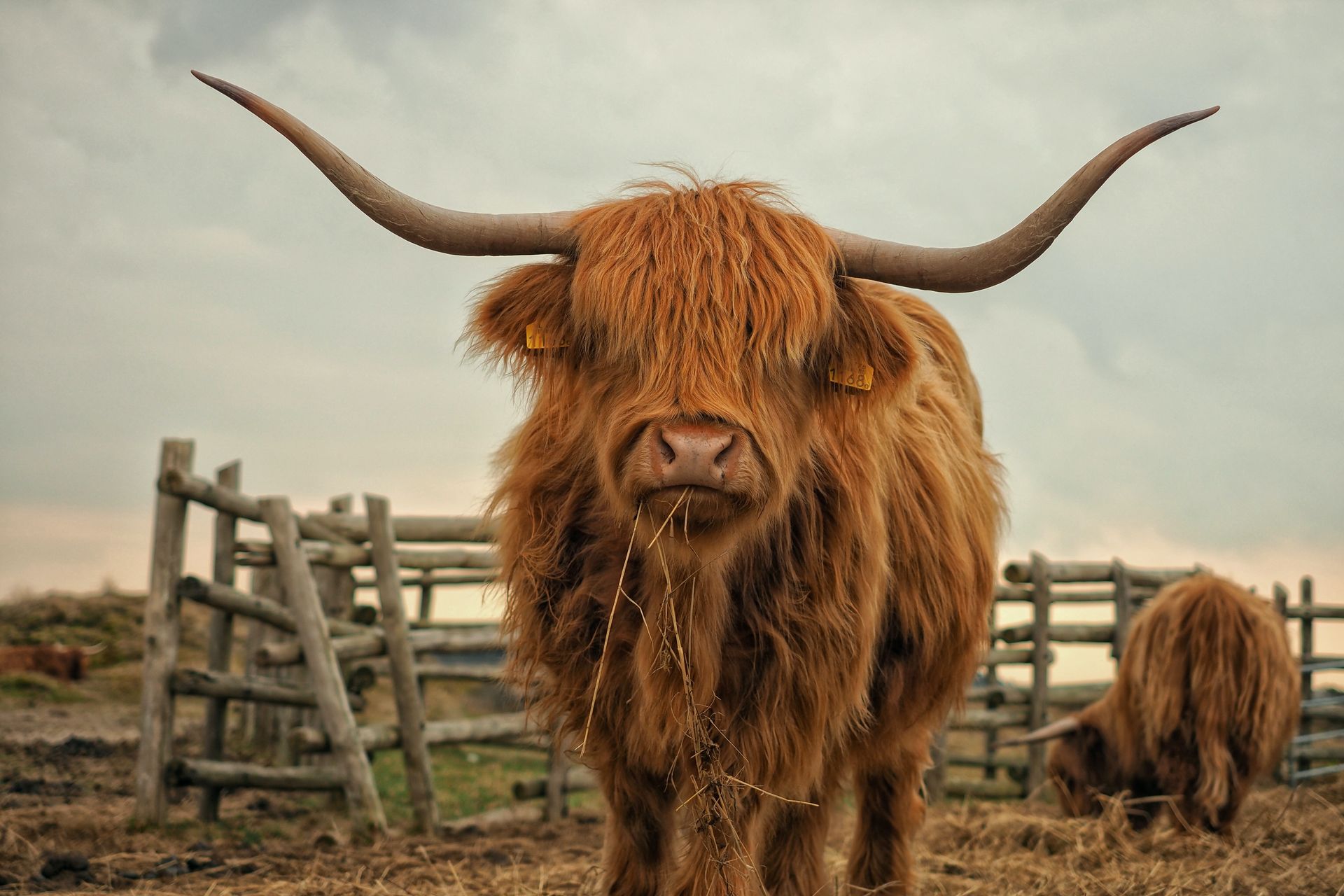
Amidst the rugged terrain of the Scottish Highlands, a breed of cattle thrives, known for its shaggy coats, imposing horns, and its profound historical significance. Highland cattle, often referred to as "coos" in Scottish vernacular, have a rich and enduring history that spans centuries.
This feature explores the origins and evolution of Highland cattle, tracing their pivotal role in rural life and farming in Scotland, and delves into their contemporary contributions to agriculture and their growing popularity worldwide.
Origins in the Mists of Time
The history of Highland cattle is a tale that unfolds over millennia, intertwined with the unique landscapes and traditions of the Scottish Highlands.
Their origins are shrouded in the mists of time, but they are believed to have existed in Scotland for more than a thousand years. Historical records suggest that these hardy cattle, adapted to the challenging Highland environment, were the product of centuries of selective breeding.
They have developed traits that enable them to withstand the region's harsh weather, including their distinctive long, shaggy hair, which provides insulation against the cold and wet conditions.
A Pivotal Role in Rural Life
Highland cattle have been central to the livelihoods and traditions of Highland communities for centuries. Their role in rural life was multifaceted and essential to the survival of these communities.
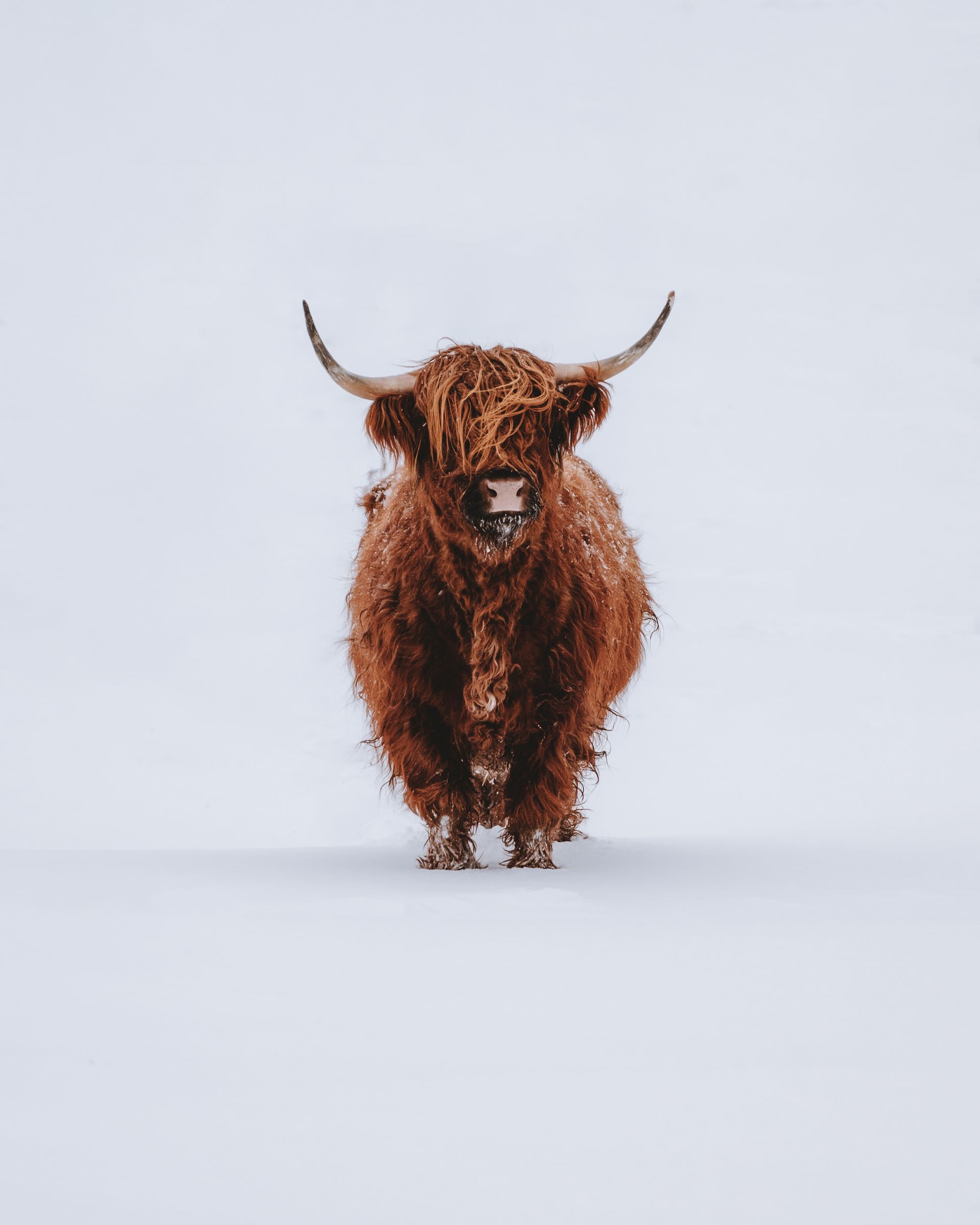
Agriculture and Farming
Highland cattle were primarily used as working animals. Their strength and agility made them invaluable for ploughing fields and pulling heavy loads. They were also used for transporting goods and equipment, playing a crucial role in the agricultural activities of the Highlands.
Food and Sustenance
The cattle were a source of nourishment for the Highlanders. Their milk, meat, and hides provided sustenance and materials for clothing and shelter. Beef, in particular, was a staple of the Highland diet and remains a cherished part of Scottish cuisine to this day.
Wealth and Social Status
The ownership of cattle represented wealth and status in Highland society. The more cattle one possessed, the higher their social standing. Cattle raids were not uncommon, and disputes over cattle ownership could lead to conflicts.
Bò Ghàidhealach: The Highland Breed
Highland cattle were not just any cattle; they were the "Bò Ghàidhealach" in Scottish Gaelic, a breed prized for its unique attributes. Their distinctive appearance, including long, curved horns and rugged exteriors, epitomized the image of the Scottish Highland landscape.
Evolution Through Time
Over the centuries, Highland cattle continued to evolve, as breeding practices were passed down through generations. They adapted to the challenging environmental conditions of the Highlands, developing hardy, disease-resistant qualities. Their long hair, known as "dossan," protected them from the elements and enabled them to graze in higher altitudes than other cattle breeds.
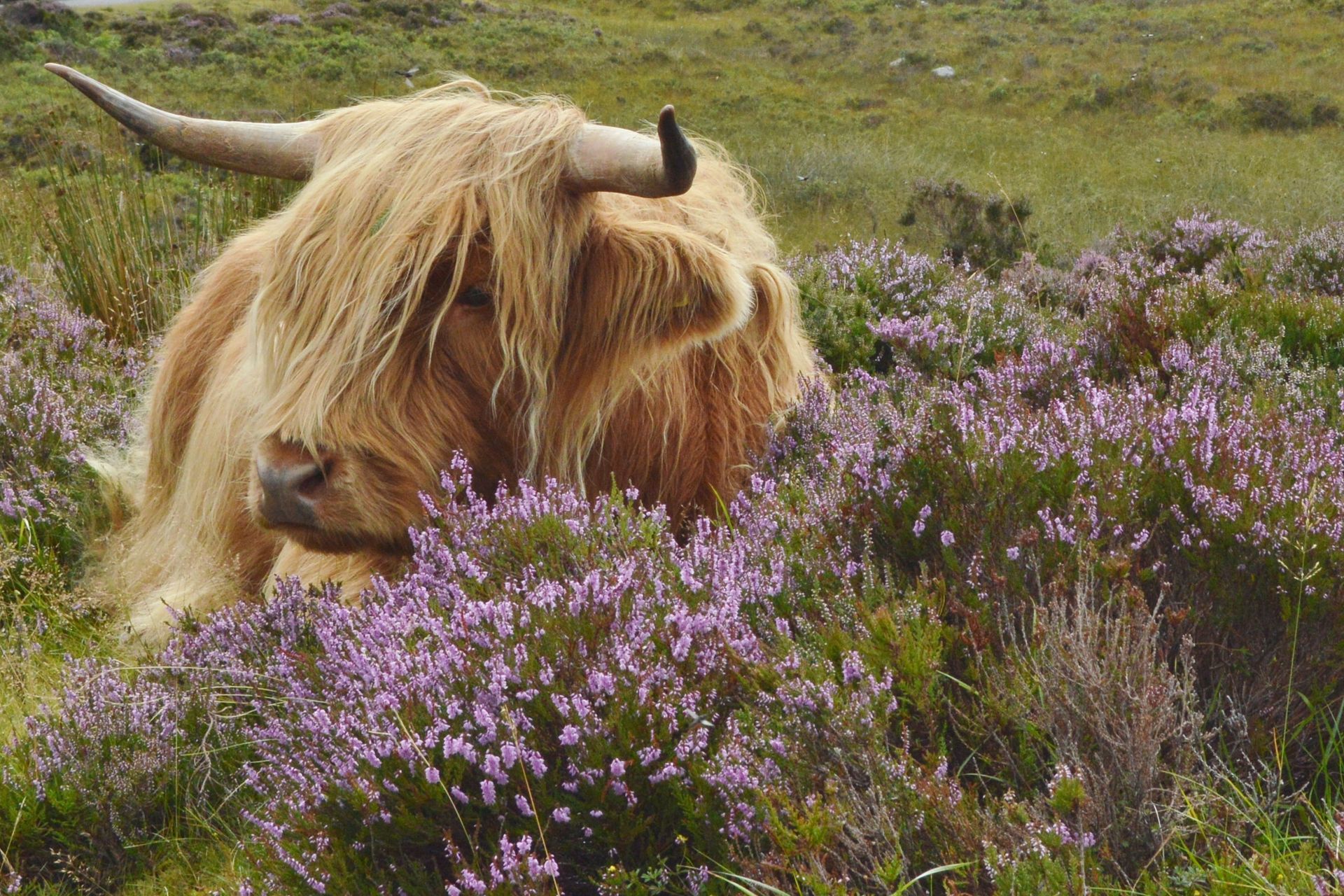
Highland Cattle in Contemporary Agriculture
While the role of Highland cattle in traditional rural life has evolved, they continue to hold a special place in modern agriculture, both in Scotland and around the world. Their adaptability and unique characteristics make them valuable assets in various agricultural contexts.
Conservation Grazing
Highland cattle are recognized as excellent conservation grazers. Their ability to graze on rough terrain and in environmentally sensitive areas helps manage vegetation, control overgrowth, and promote biodiversity. They are often employed in nature reserves, national parks, and ecologically significant areas to maintain natural habitats.
Beef Production
Highland cattle are renowned for the quality and flavour of their beef. Their lean, well-marbled meat is highly sought after by culinary enthusiasts and top chefs. The slow growth of these cattle results in tender and succulent meat, making them a prized breed for beef production.
Rising Global Popularity
Highland cattle are no longer confined to the Highlands of Scotland. Their unique qualities and contributions to sustainable farming practices have sparked interest worldwide. From North America to Australia and many places in between, Highland cattle are now a fixture in diverse agricultural landscapes.
The Charm of Highland Cattle
The appeal of Highland cattle extends beyond their agricultural utility. They have captured the hearts of people around the world for their distinctive appearance and gentle temperament. This has led to their increasing popularity in various settings.
Tourist Attractions
Highland cattle often serve as popular tourist attractions, drawing visitors to farms and rural areas where they can interact with these gentle giants. Tourists are charmed by the iconic image of Highland cattle against the dramatic backdrop of the Scottish Highlands.
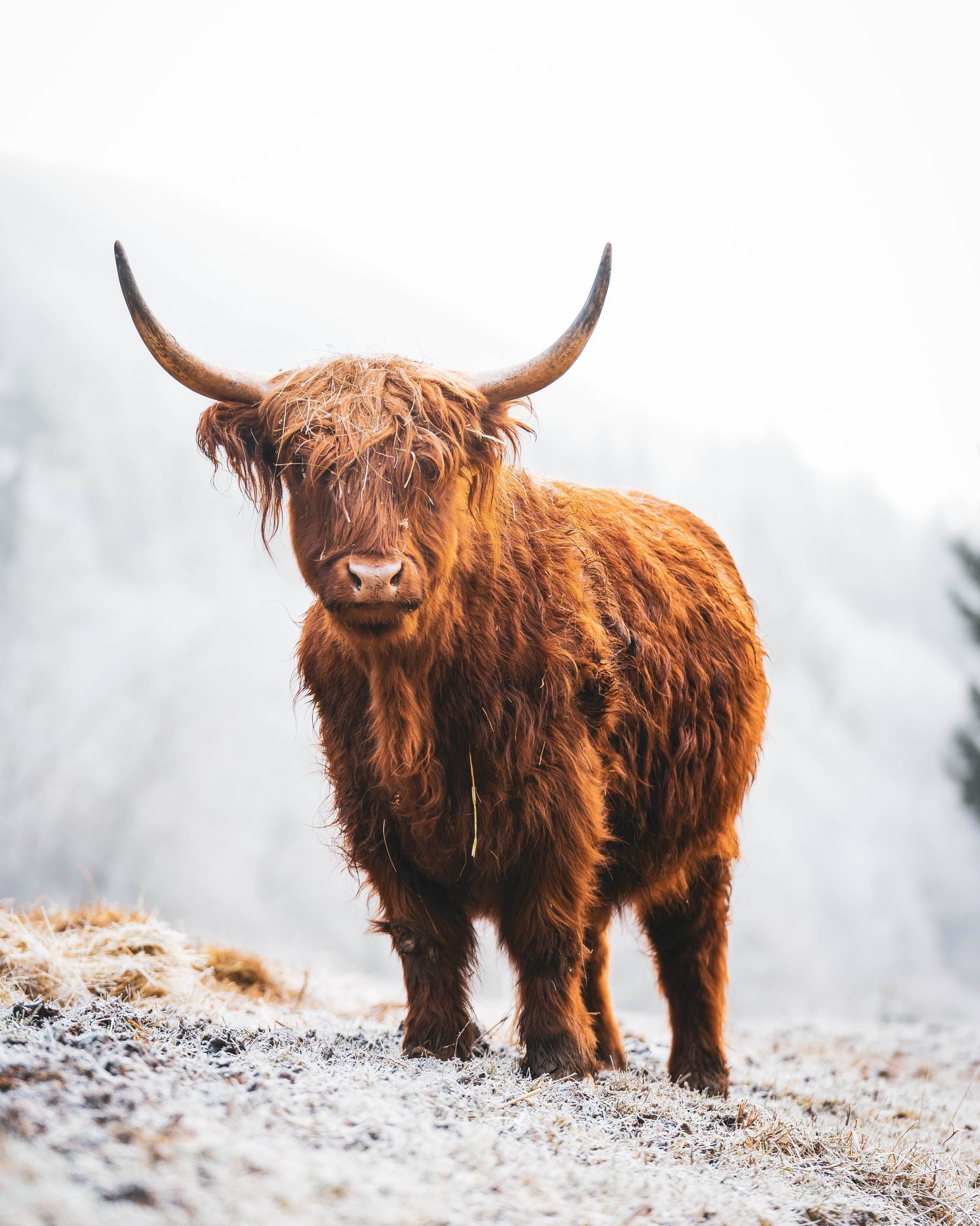
Cultural Icon
Highland cattle have become a symbol of Scotland, representing the enduring spirit of the Highlands. They feature prominently in Scottish folklore, poetry, and art. The image of a Highland cow grazing on the misty moors is emblematic of the nation's heritage.
Preserving a Living Heritage
The history of Highland cattle is a testament to the deep connection between nature, culture, and agriculture. These resilient creatures have played an integral role in the survival and sustainability of the Scottish Highlands for generations. Today, their continued significance in conservation, beef production, and global popularity underscores the enduring legacy of the "Bò Ghàidhealach."
As we appreciate their distinctive beauty and historical significance, we are reminded of the importance of preserving and protecting this living heritage, ensuring that the rugged and enduring Highland cattle continue to thrive in a modern world while connecting us to the past.
Read more:
